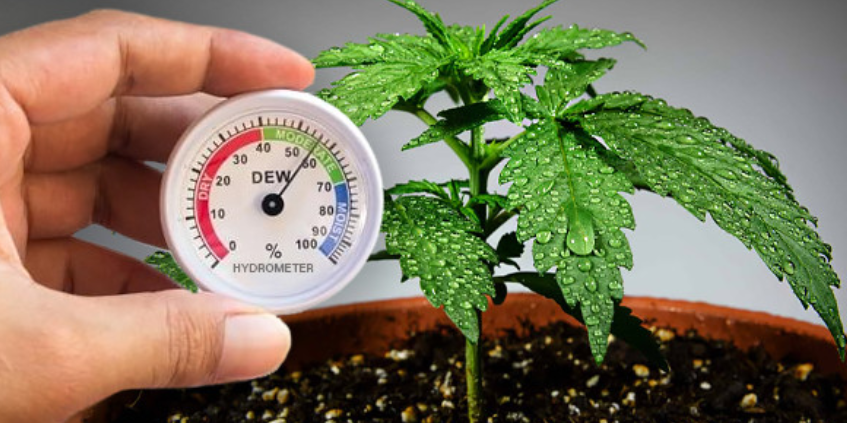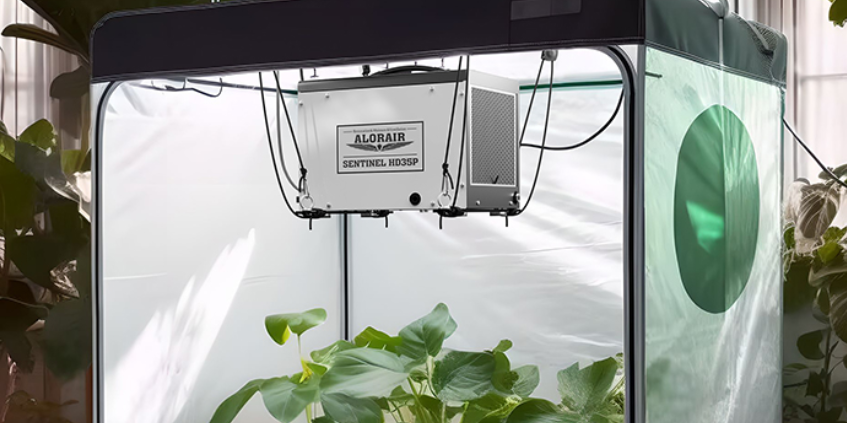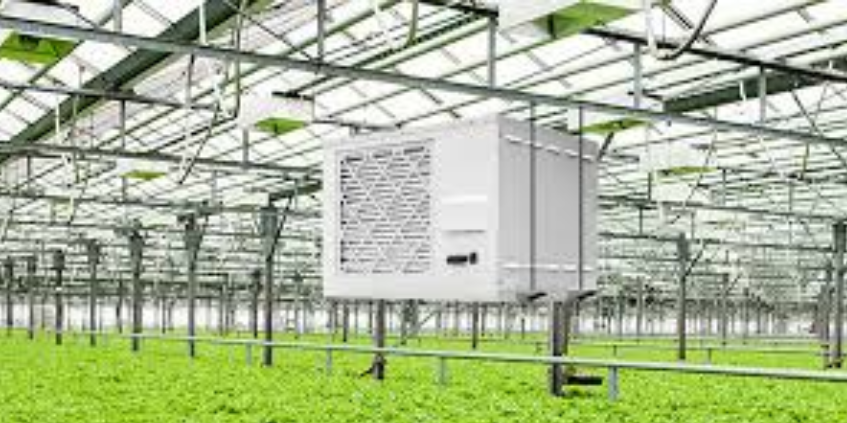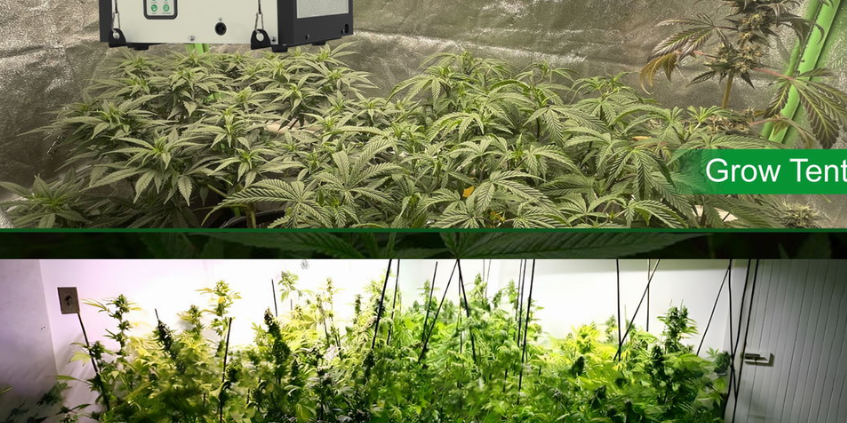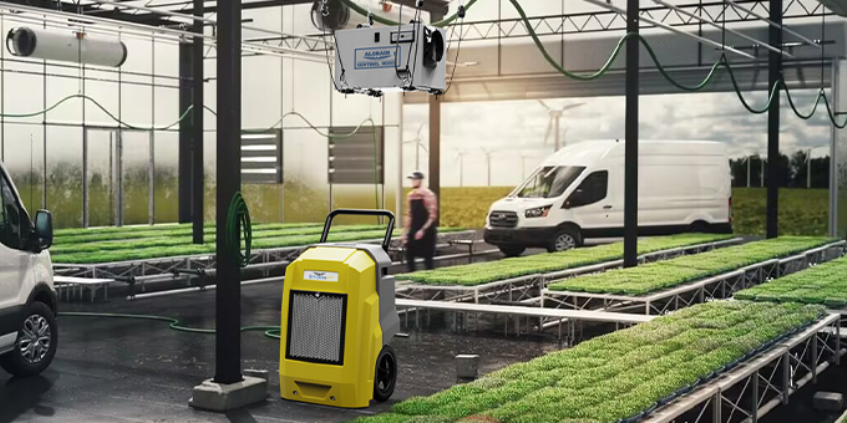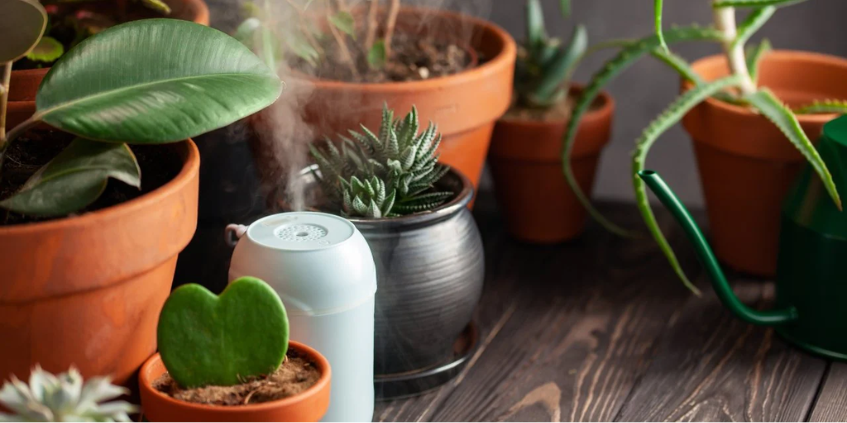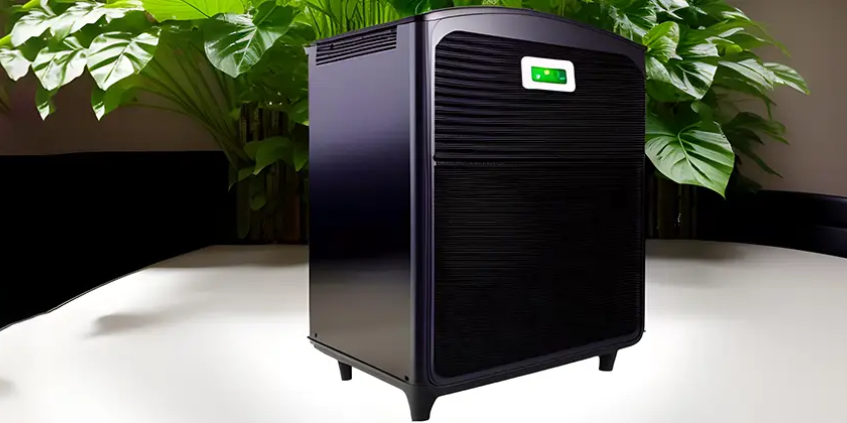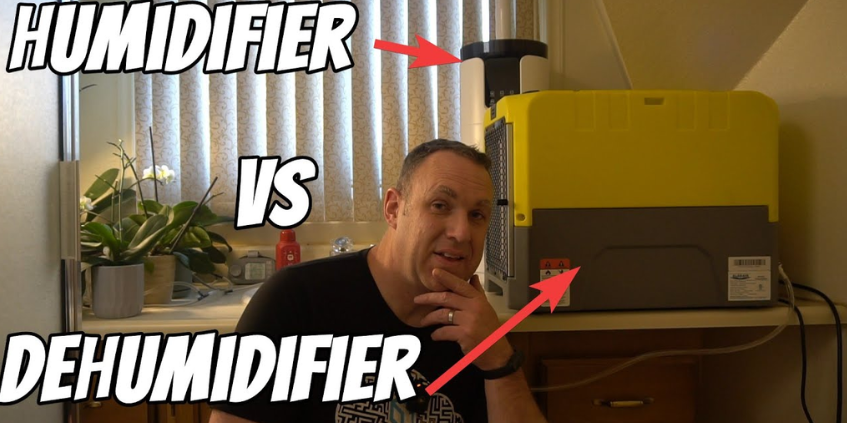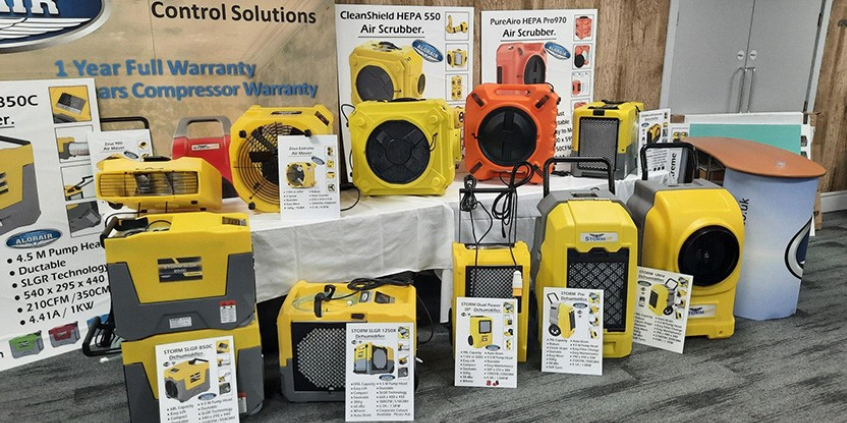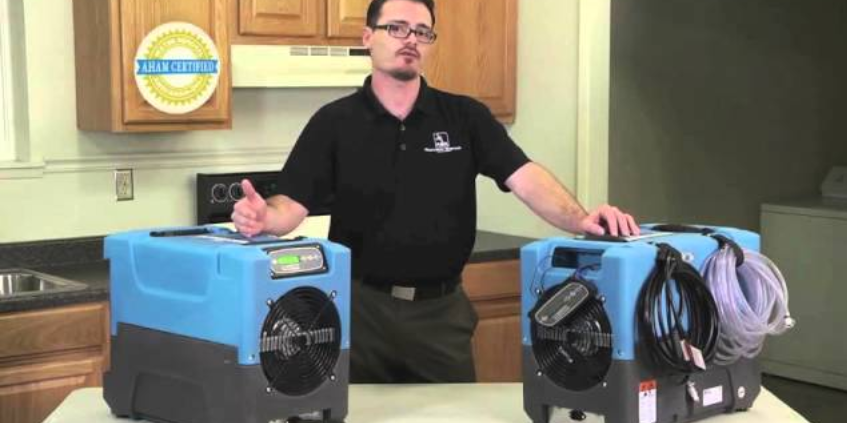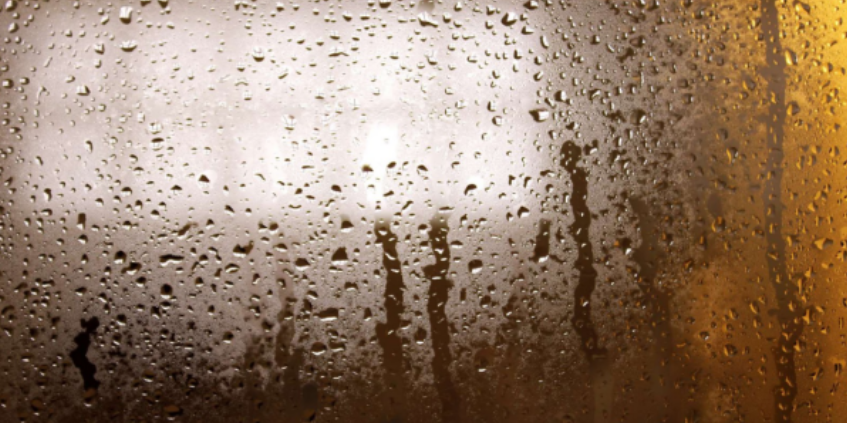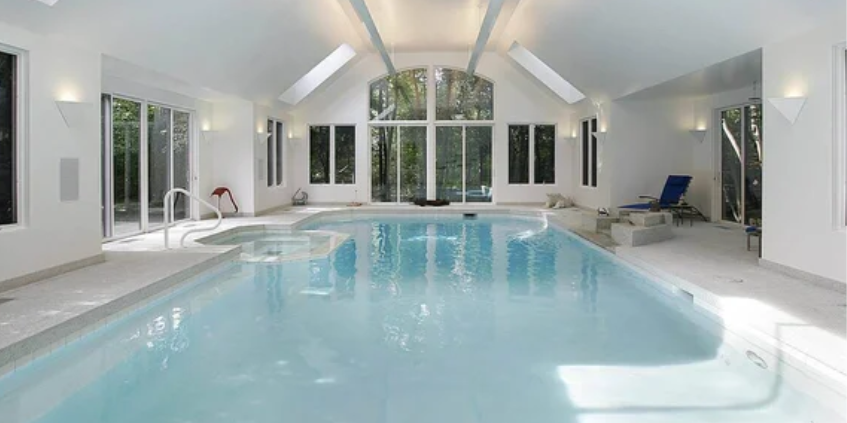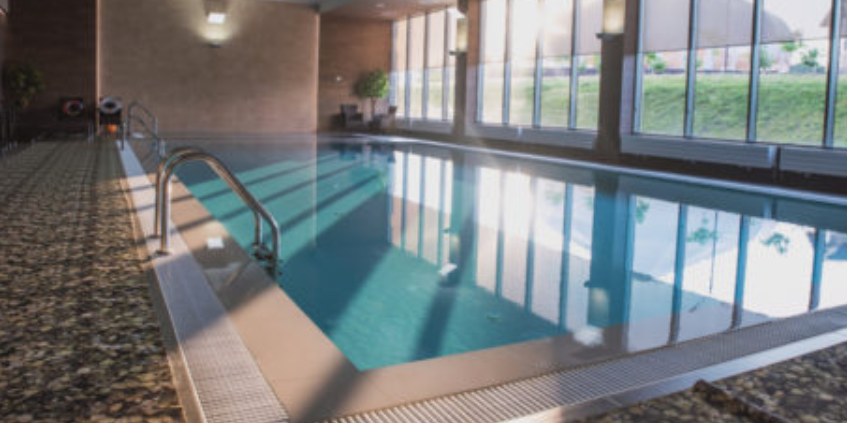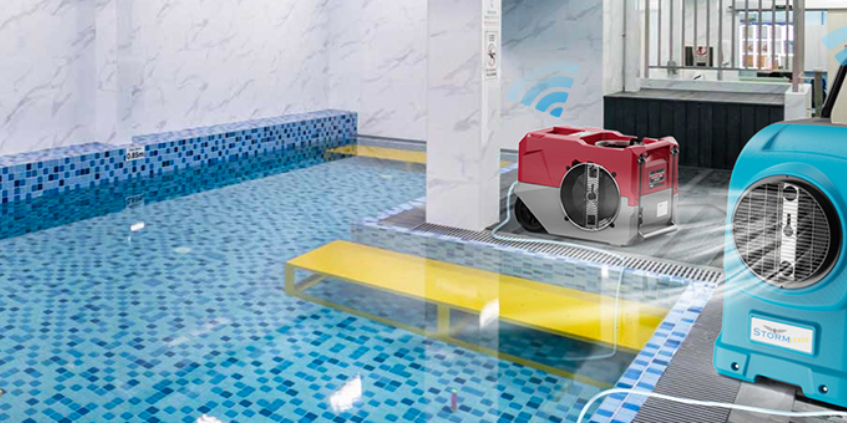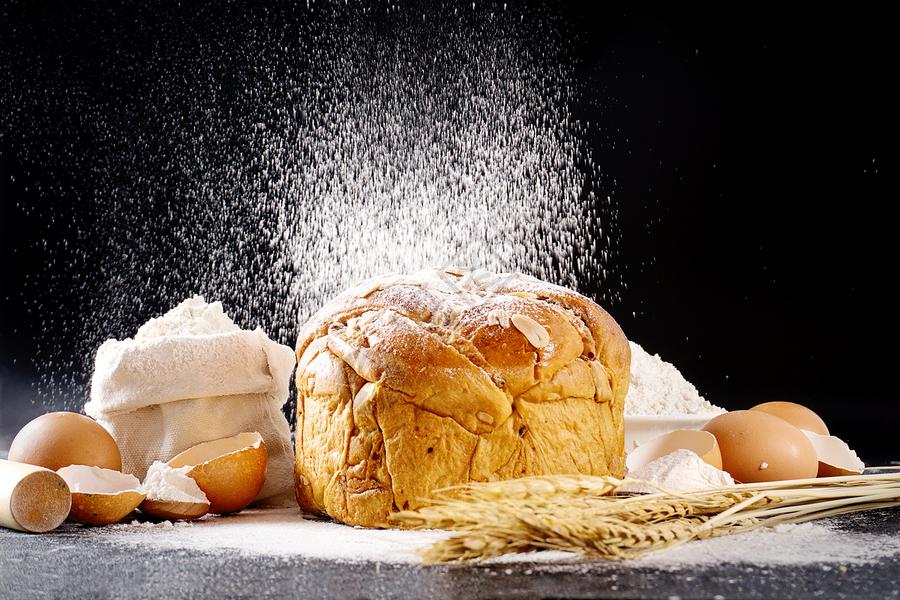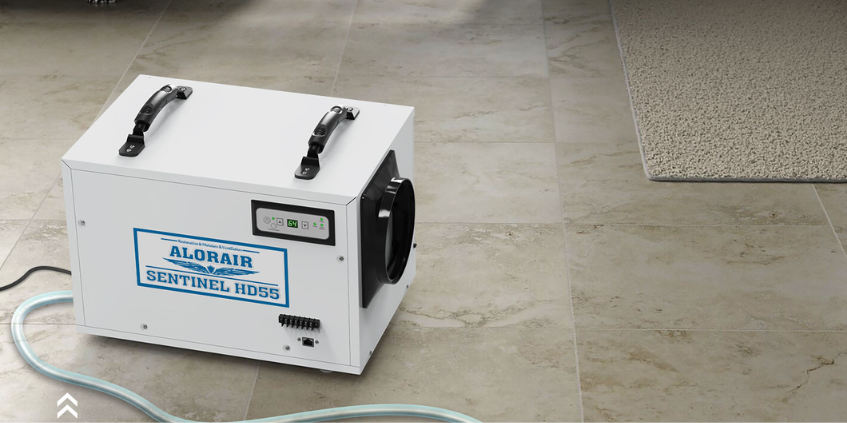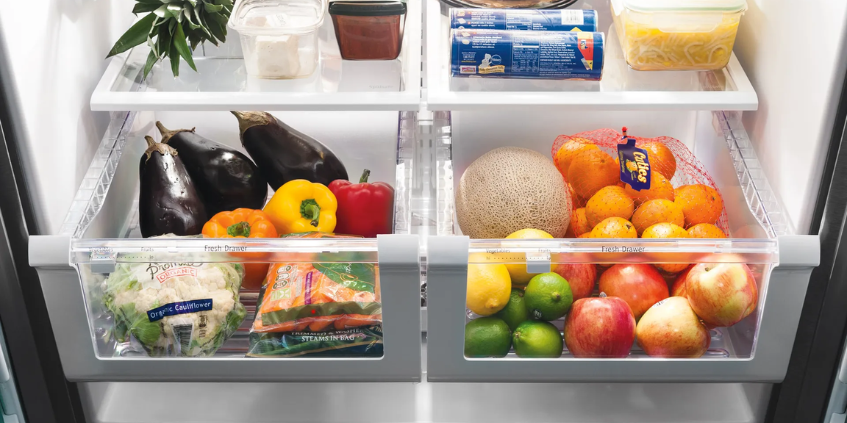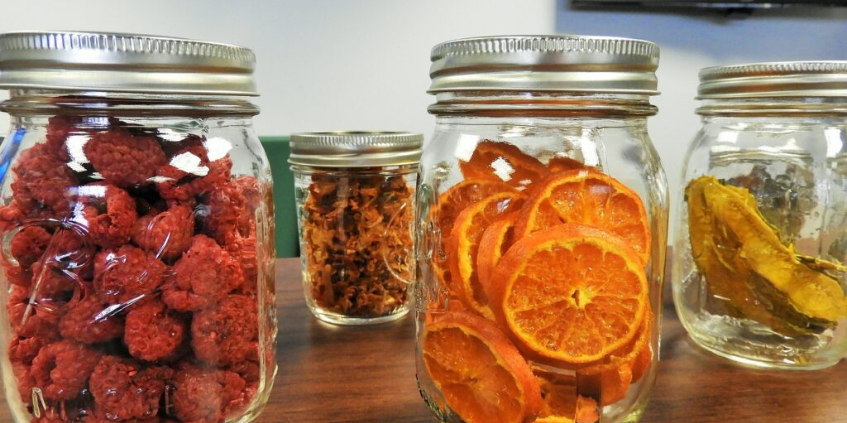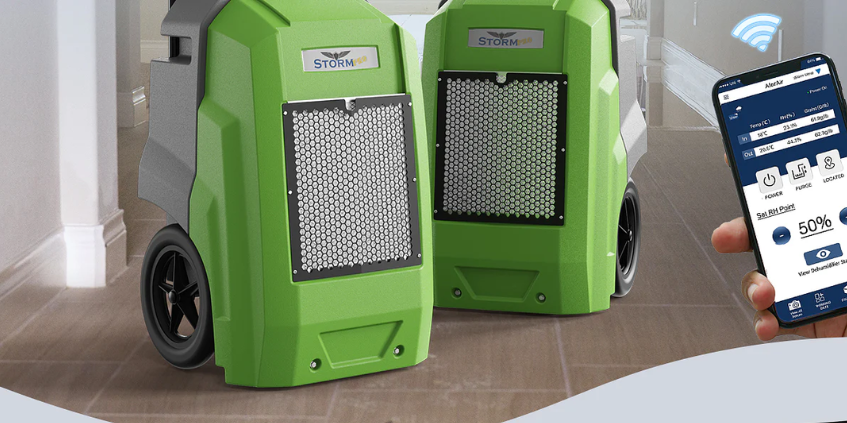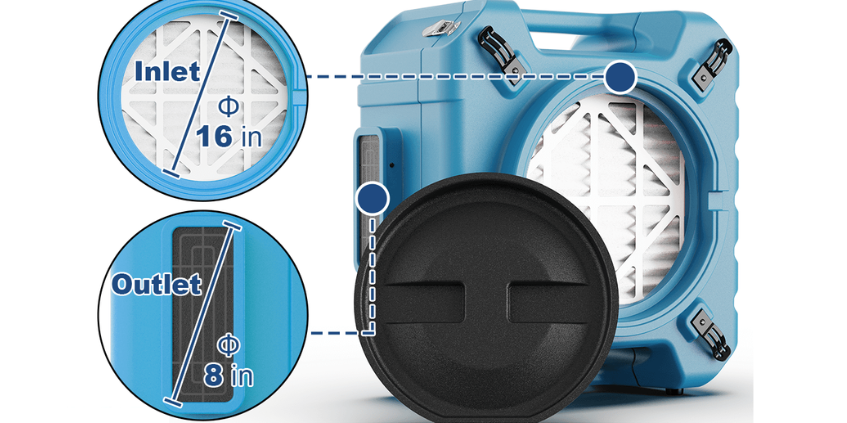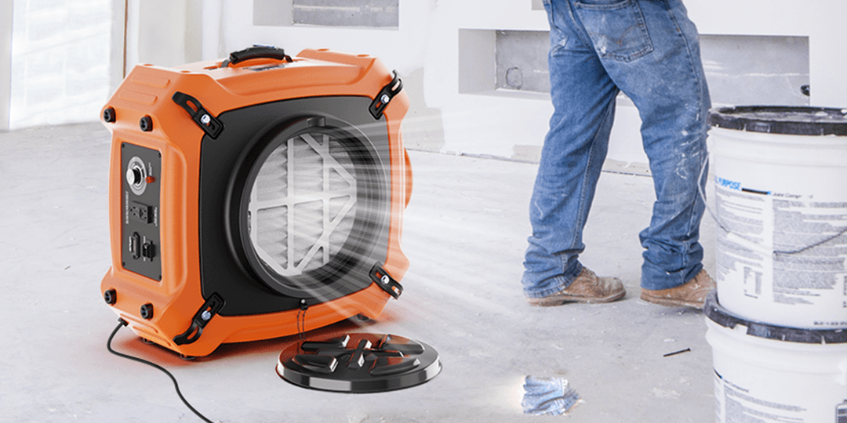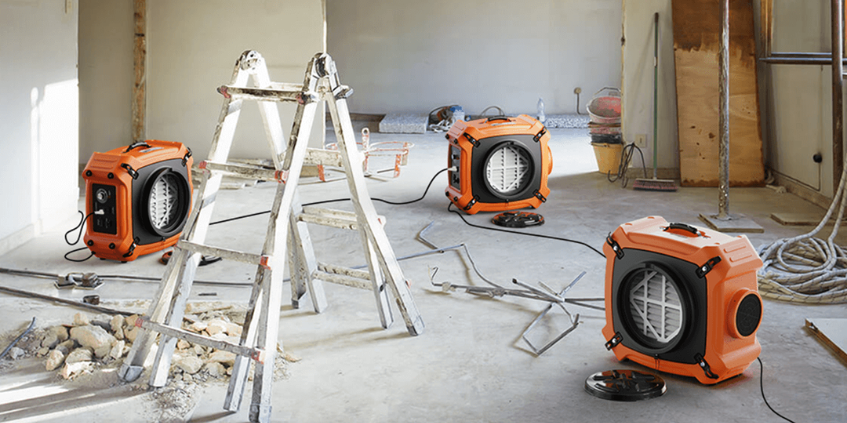The perfect environment for flowering plants largely depends on one catalyst known as humidity. Of course, the right humidity levels can notably influence plant well-being, bud production, and overall output. However, is 60 humidity too high for flowering plants? This question mostly attracts attention among growers aiming to optimize their grow tents. The short answer is that it relies on your plant’s particular type and natural setting.
During flowering, managing humidity turns out even more necessary to avoid mold, mildew, and pest infestations. Although high humidity is favorable during earlier growth phases, it poses significant risks while flowering. So, sustaining the proper balance guarantees your plants flourish and deliver the highest yields. In this guide, we’ll talk about the importance of humidity management during flowering, delve into the possibilities of high humidity, and introduce you to innovative solutions like dehumidifiers to maintain optimal levels.
The Importance of Humidity Control During Flowering
Humidity directly influences how plants absorb nutrients, transpire, and develop. Typically, plants are highly sensitive to environmental changes during the flowering stage. Excess humidity can suffocate your plants by reducing oxygen availability around their roots and leaves. So, keeping an appropriate humidity range promotes healthy growth and prevents stress, ensuring robust flowers.
Why Does Low Humidity Matter? Flowering plants thrive in lower humidity because it reduces the risk of mold and other diseases. High moisture levels during flowering stages create an ideal environment for fungal growth, compromising the quality of your buds. That said, keeping the humidity levels within a safe range helps preserve the strength and flavor of your harvest.
Usually, the best humidity for auto flowers or flowering plants typically falls between 40% and 50%. This range allows for optimal transpiration and nutrient uptake while minimizing the risk of disease. Is 60 humidity too high? If humidity levels reach 60% or higher during flowering, it’s time to take action to protect your plants and ensure maximum yields. However, for some flowering plants, the 60 humidity is considered tolerable. Remember, regarding humidity different plants and different requirements.
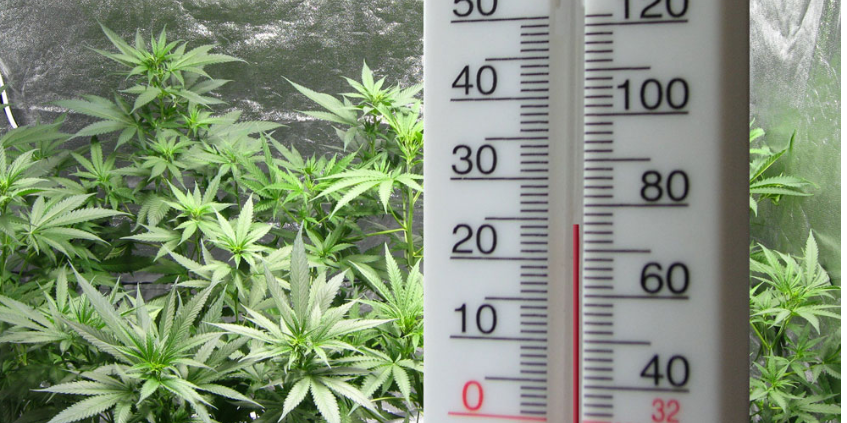
Is 60 Humidity Too High for Flowering?
Humidity control is the key during the flowering stage, as this period is critical for producing healthy buds. So, is 60 humidity too high for flowering? The answer depends on your plant’s stage and environmental conditions.
Early vs. Late Flowering Stages: During the early flowering stage, slightly higher humidity levels around 55%-60% may not harm your plants. At this point, the buds are still forming, and the risk of mold or mildew is relatively low. However, as plants move into the late flowering stage, high humidity levels above 50% can become a problem. Thick buds keep moisture, creating a perfect breeding ground for mold and mildew, which can ruin your harvest. Lowering humidity to 40%-50% in the later stages ensures your buds stay dry, free of rot, and packed with potency. If the flowering humidity in the grow tent remains at 60% or higher during late flowering, you’ll need tools like a dehumidifier to bring it down.
Balancing Other Factors: Of course, humidity doesn’t work in isolation. Temperature, airflow, and light also affect your plants. For instance, pairing high humidity with warm temperatures increases the likelihood of fungal growth. Proper ventilation and maintaining a perfect temperature range between 70-80°F can complement lower humidity levels for healthier plants. Also, investing in a reliable dehumidifier can help you achieve the right balance of these factors, protecting your plants while enhancing growth efficiency.
Risks of High Humidity During Flowering
High humidity comes with a host of issues. Below is the detail:
Mold and Mildew Development
When humidity is too high, especially above 60%, mold and mildew can thrive. Flowering plants are particularly vulnerable as the buds hold moisture. Common issues like botrytis (bud rot) can spread quickly in a humid grow tent. This leads to significant crop loss. Installing a dehumidifier with advanced features ensures moisture levels stay low enough to prevent mold from forming. For best results, monitor humidity regularly with a hygrometer and adjust your settings as needed.
Stunted Growth and Reduced Yields
High humidity doesn’t just promote mold; it also hinders plant growth by slowing transpiration. When the air is too humid, plants struggle to release water through their leaves, affecting nutrient uptake. This imbalance can pave the way to yellowing leaves, weak stems, and smaller buds, ultimately reducing your yields.
Pest Infestations
High humidity can attract pests like spider mites, fungus gnats, and whiteflies. Usually, these pests thrive in warm, moist conditions, feeding on your plants and causing damage. So, lowering humidity below 50% discourages pest activity, giving your plants a healthier environment to grow.
How to Maintain Optimal Humidity Levels During Flowering
Managing humidity during the flowering stage is a necessity for healthy plants and abundant harvests. Here’s how to lower humidity in a grow tent and maintain the right levels:
Using a Dehumidifier: One of the best tools for managing humidity is a dehumidifier designed for growing tents. A grow tent dehumidifier effectively removes excess moisture, ensuring the environment stays within the optimal range of 40%-50% during late flowering. For small setups, choose a small dehumidifier that fits comfortably without taking up too much space. For larger tents or commercial operations, basement or industrial dehumidifiers provide the power needed to handle higher humidity levels. Running a dehumidifier both prevents mold and enhances air circulation. The devices ensure your plants thrive in a balanced environment.
Ventilation and Airflow: Proper airflow goes with the work of a dehumidifier. So, install fans to keep the air circulating throughout the grow tent, preventing moisture from settling on leaves or buds. Also, position exhaust fans near the top of the tent to remove warm, humid air and replace it with cooler, drier air. For best results, pair your ventilation system with a strategically placed dehumidifier to ensure consistent humidity control.
Monitoring Humidity Levels: Regularly tracking humidity with a hygrometer is important. Place the hygrometer at roof level for accurate readings of the air your plants are exposed to. Set your dehumidifier to maintain a target range of 40%-50% during late flowering and adjust as needed. This proactive approach ensures that humidity doesn’t creep up unexpectedly, protecting your plants and yield.
Adjusting Watering Schedules: Overwatering contributes to high humidity levels in grow tents. Monitor your plants’ watering needs carefully and avoid saturating the soil, especially during flowering. Besides ppt for smaller, more frequent watering sessions to minimize excess moisture and maintain better control of the environment.
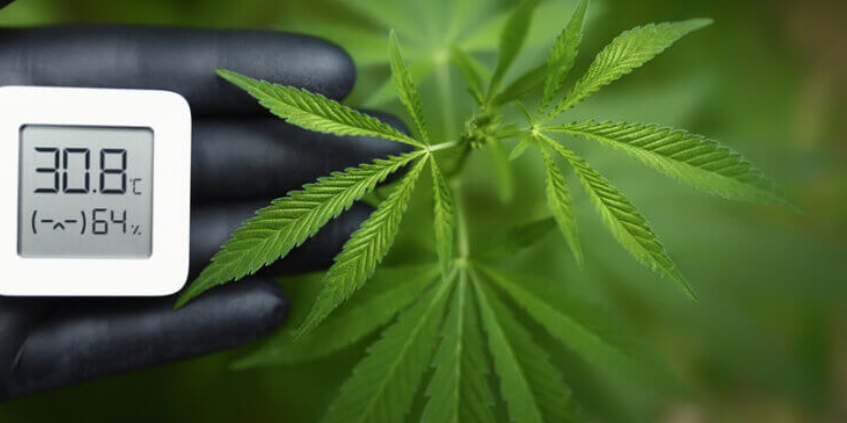
How to Tell if Humidity is Too High During Flowering?
Identifying high humidity signs early can save your crops from mold, pests, and stunted growth. Here’s what to watch for:
Signs of Trouble
The very first sign to watch for is condensation. Visible water droplets on grow tent walls or equipment indicate high humidity. Also, plants struggle to transpire in overly humid conditions, leading to droopy leaves. Another sign is rotting buds. If your buds appear mushy or discolored, it’s likely due to excessive moisture and mold development. High humidity can reduce the quality and capacity of your buds. Moisture trapped within the thick flowers promotes bud rot, which spreads rapidly and destroys your yield. Besides, a hygrometer is a significant tool for monitoring grow tent conditions. With the right tools and techniques, you can easily maintain the optimal environment for flowering, maximizing plant health and yield.
Energy-Efficient Tips for Humidity Control
Apart from choosing the best dehumidifiers, some tips can help you optimize energy usage. Pair your dehumidifier with proper ventilation to reduce workload. Use programmable settings to match humidity levels to different growth stages. Additionally, regularly maintain the unit for peak efficiency and longevity.
Read on to learn about how humidity level affects construction projects.
Conclusion
Humidity plays a serious part in the flowering stage of plant growth. Answering the question, “Is 60 humidity too high for flowering?”, it’s clear that while 60% may work during early flowering, it’s too high for late-stage flowering and risks mold, pests, and reduced yields. By maintaining an optimal range of 40%-50% with tools like dehumidifiers, ventilation systems, and hygrometers, you can create the perfect environment for healthy plants and abundant harvests.
Take Control of Your Grow Tent’s Humidity Today!
Explore AlorAir’s range of dehumidifiers designed specifically for grow tents. Whether you need a compact unit for a small tent or a powerful system for commercial operations, we’ve got you covered. Visit our website to find the perfect dehumidifier and elevate your growing success. Your plants will thank you!





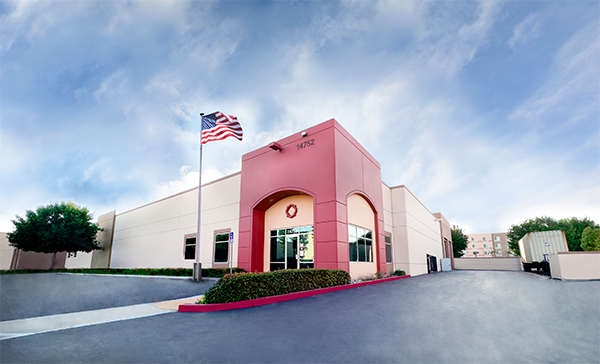

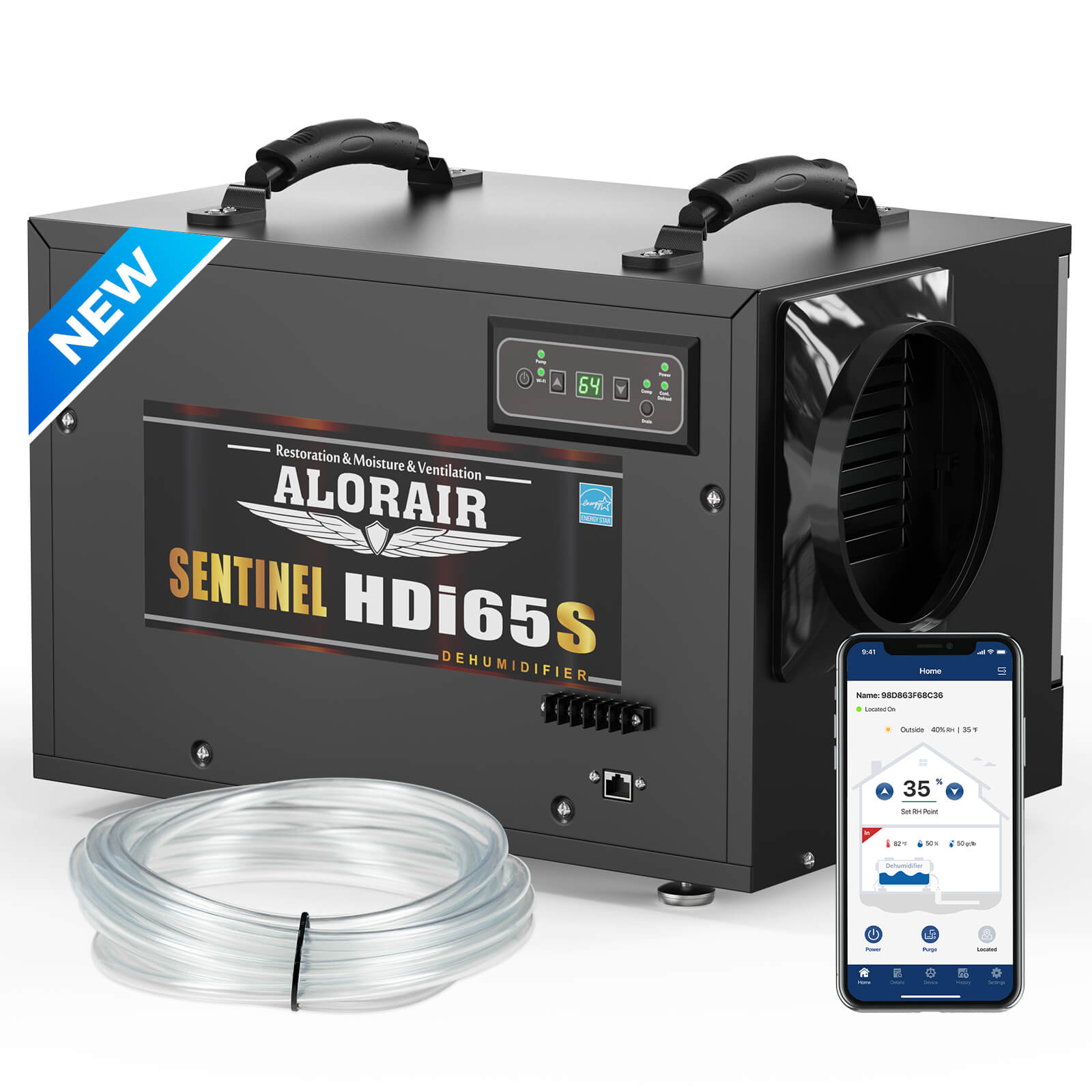
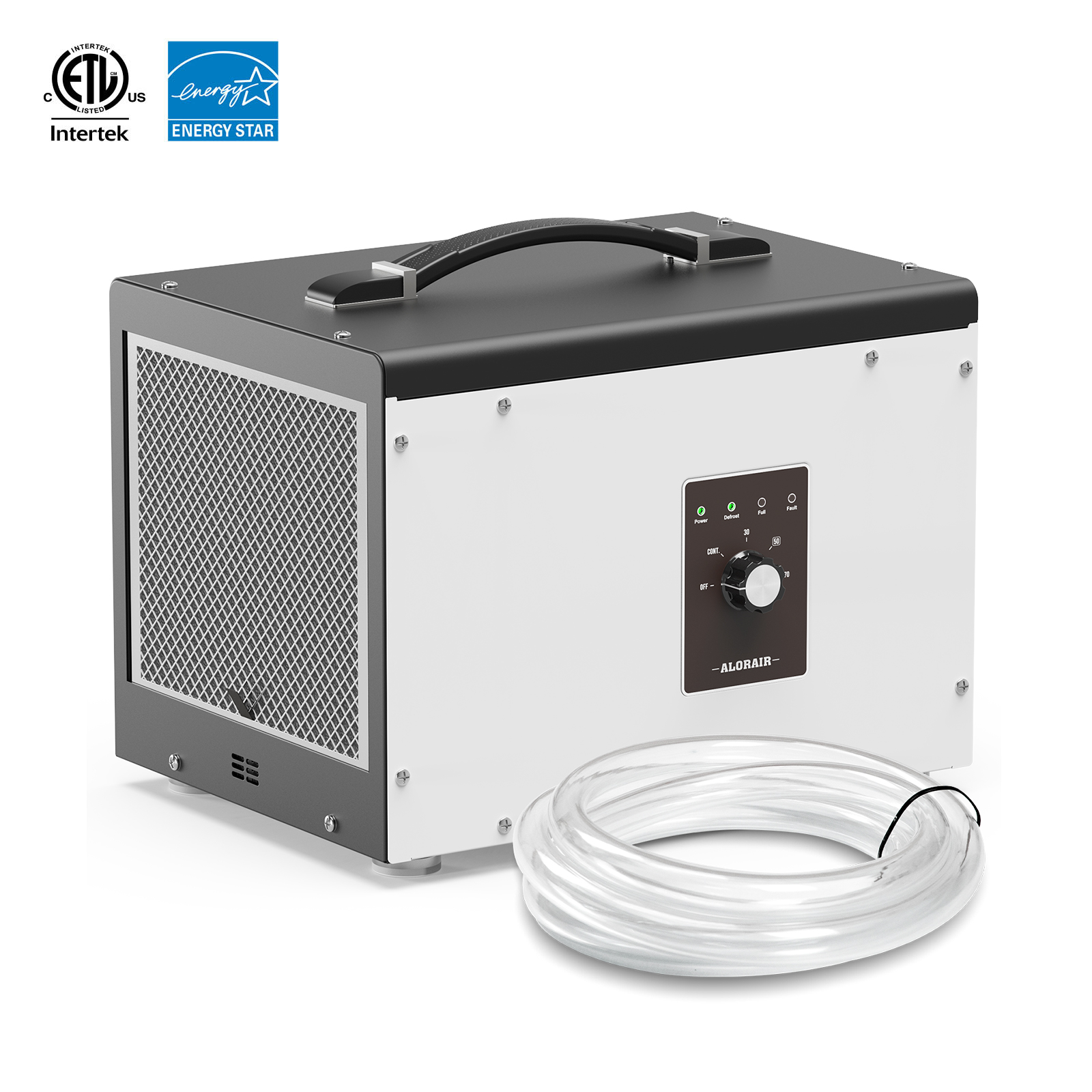
.jpg)
.jpg)
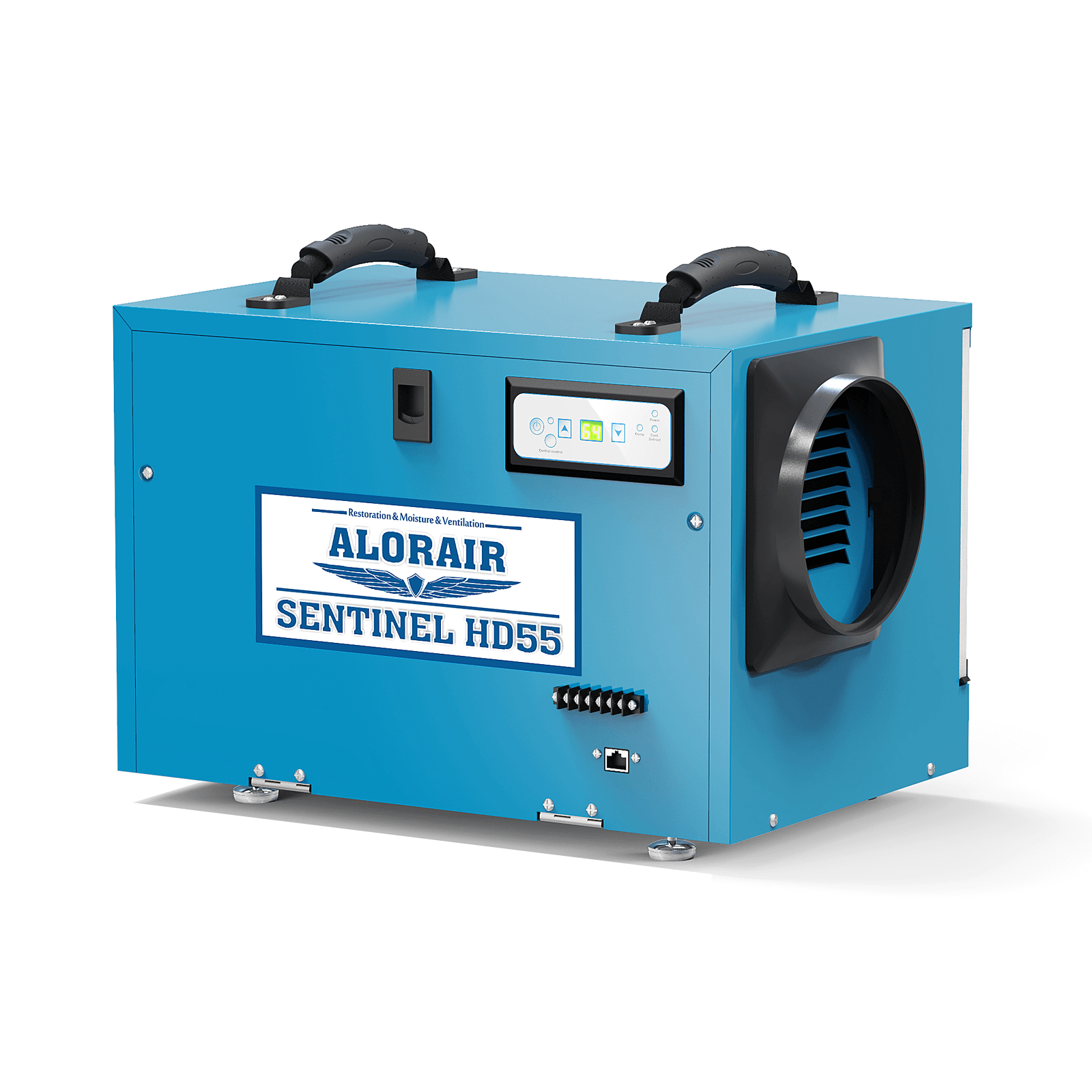
.jpg)
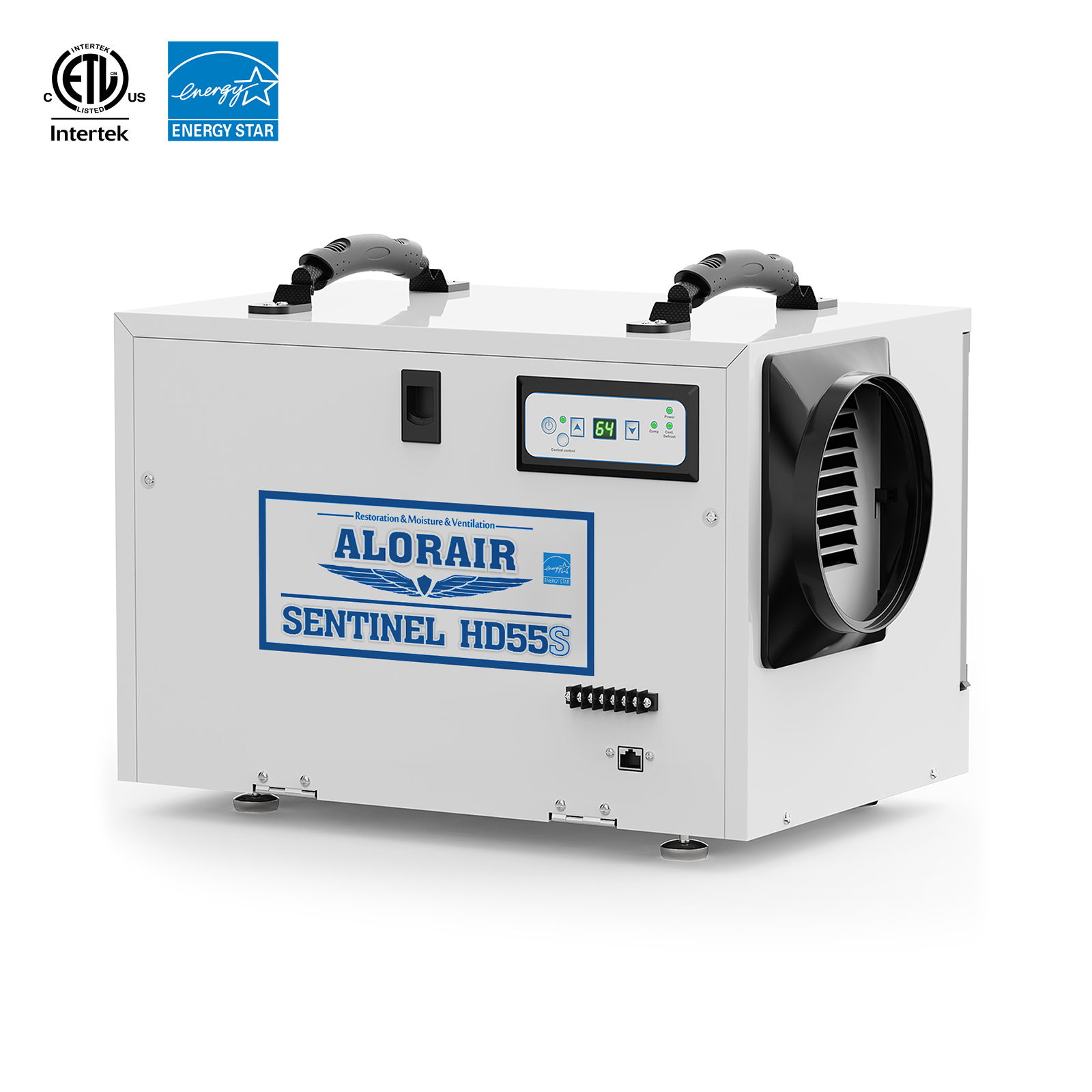
.HDi90.png)
.HD90.png)
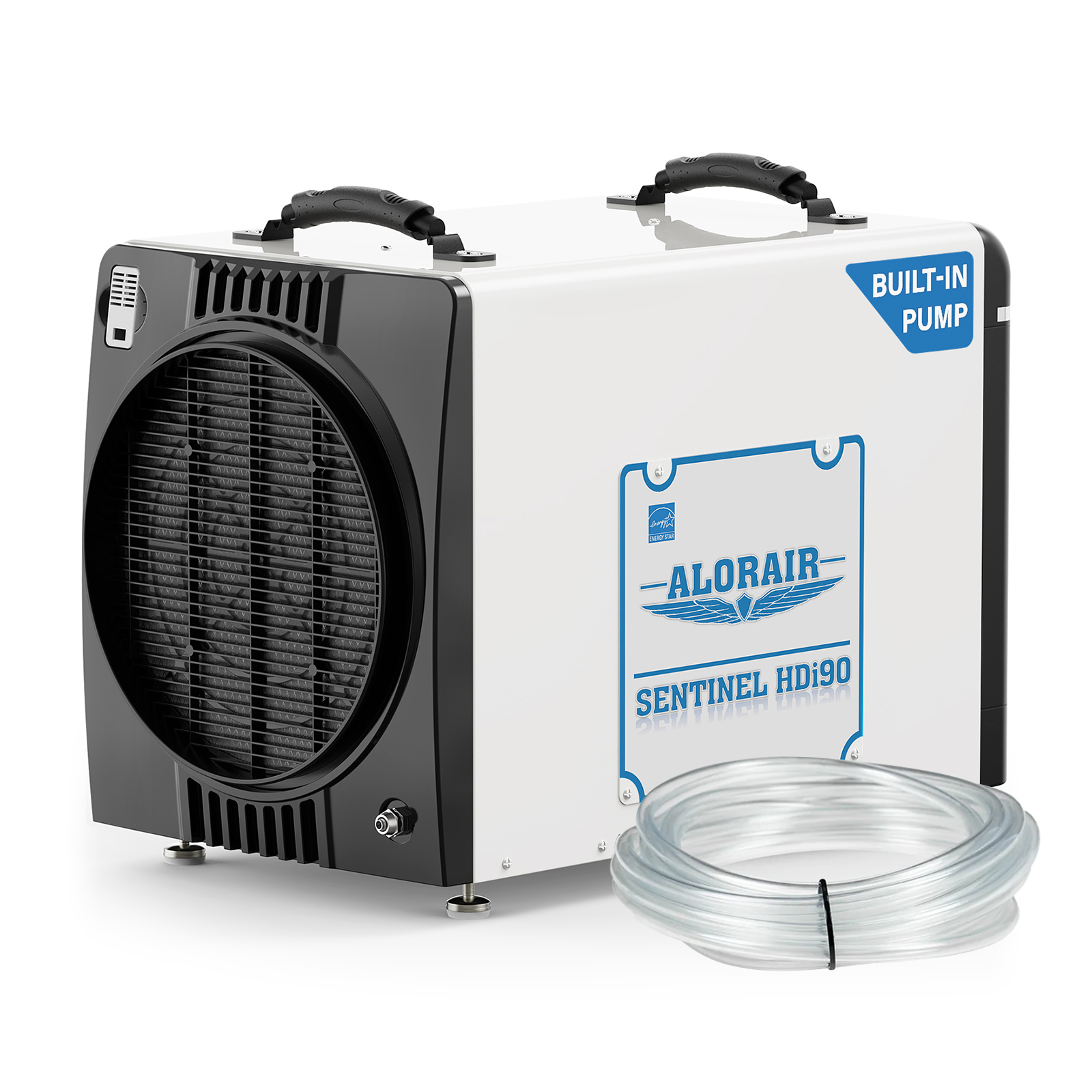
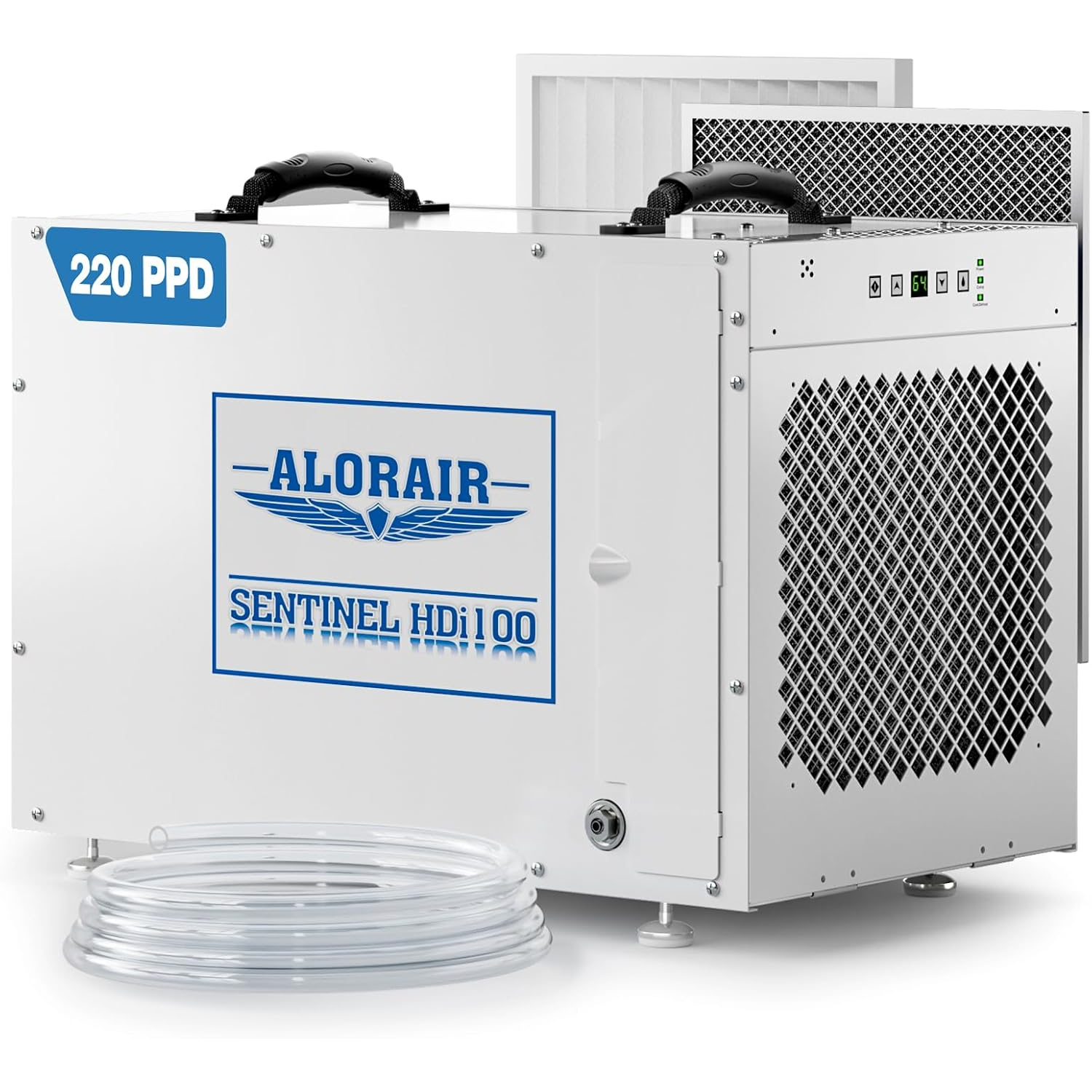
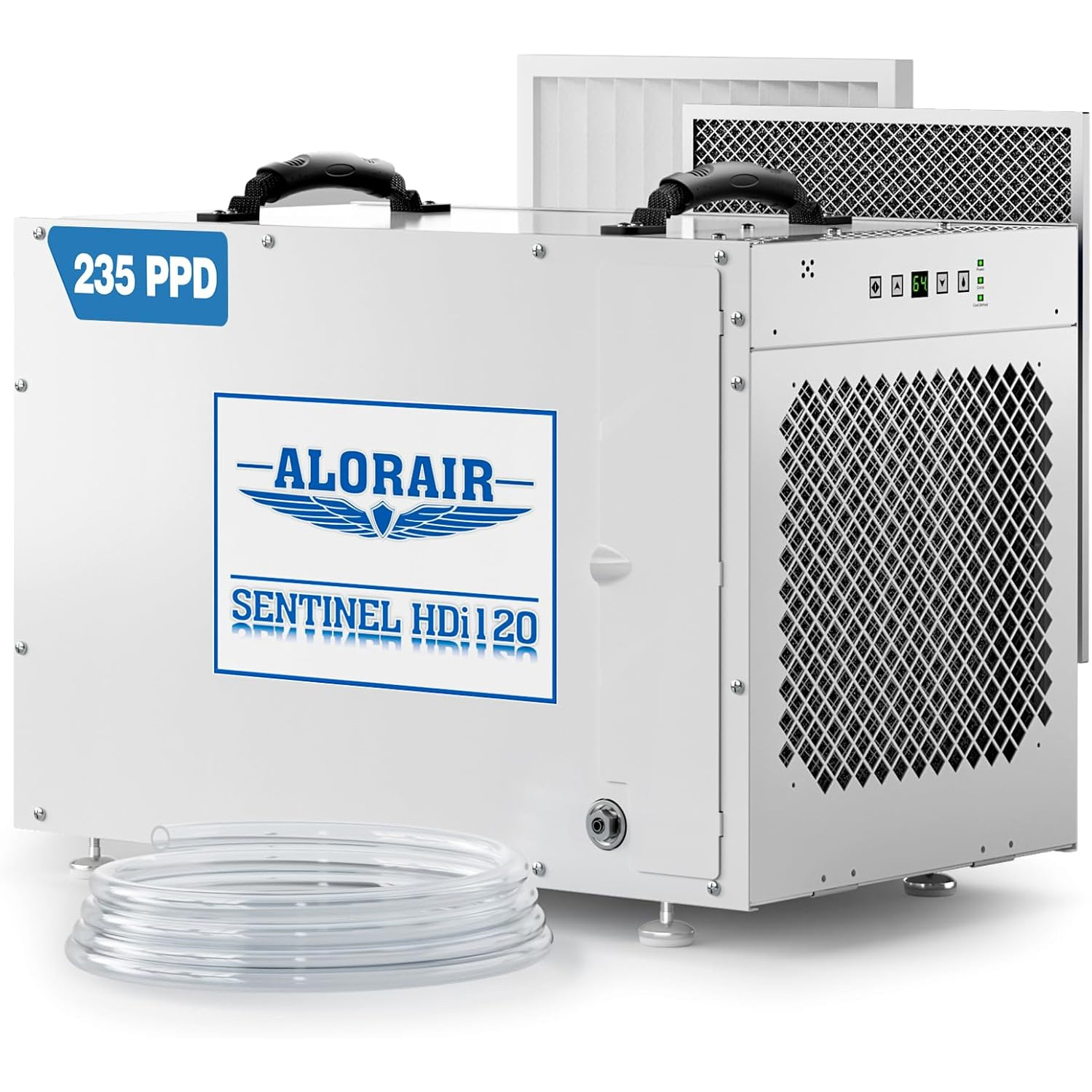
.jpg)
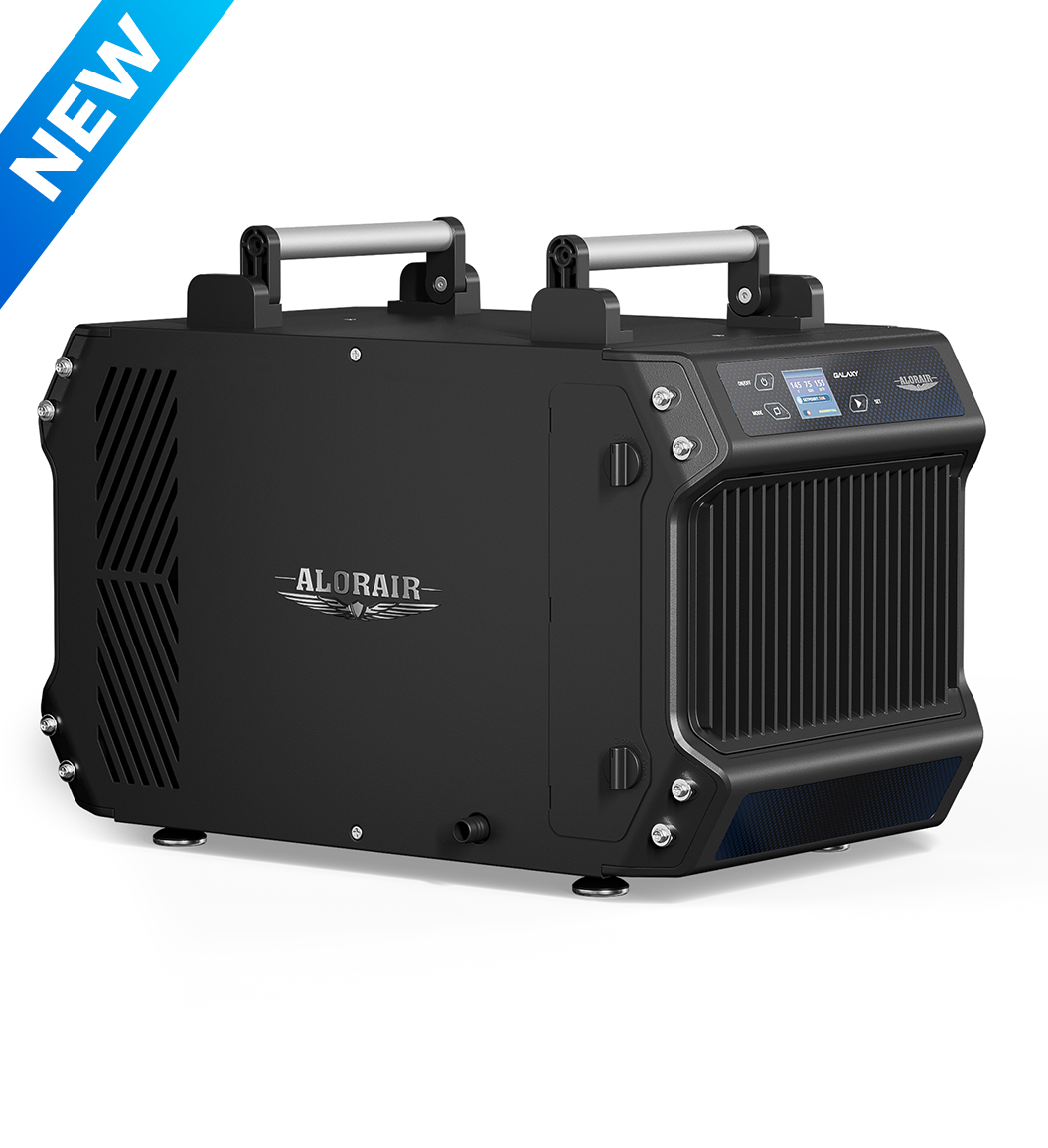
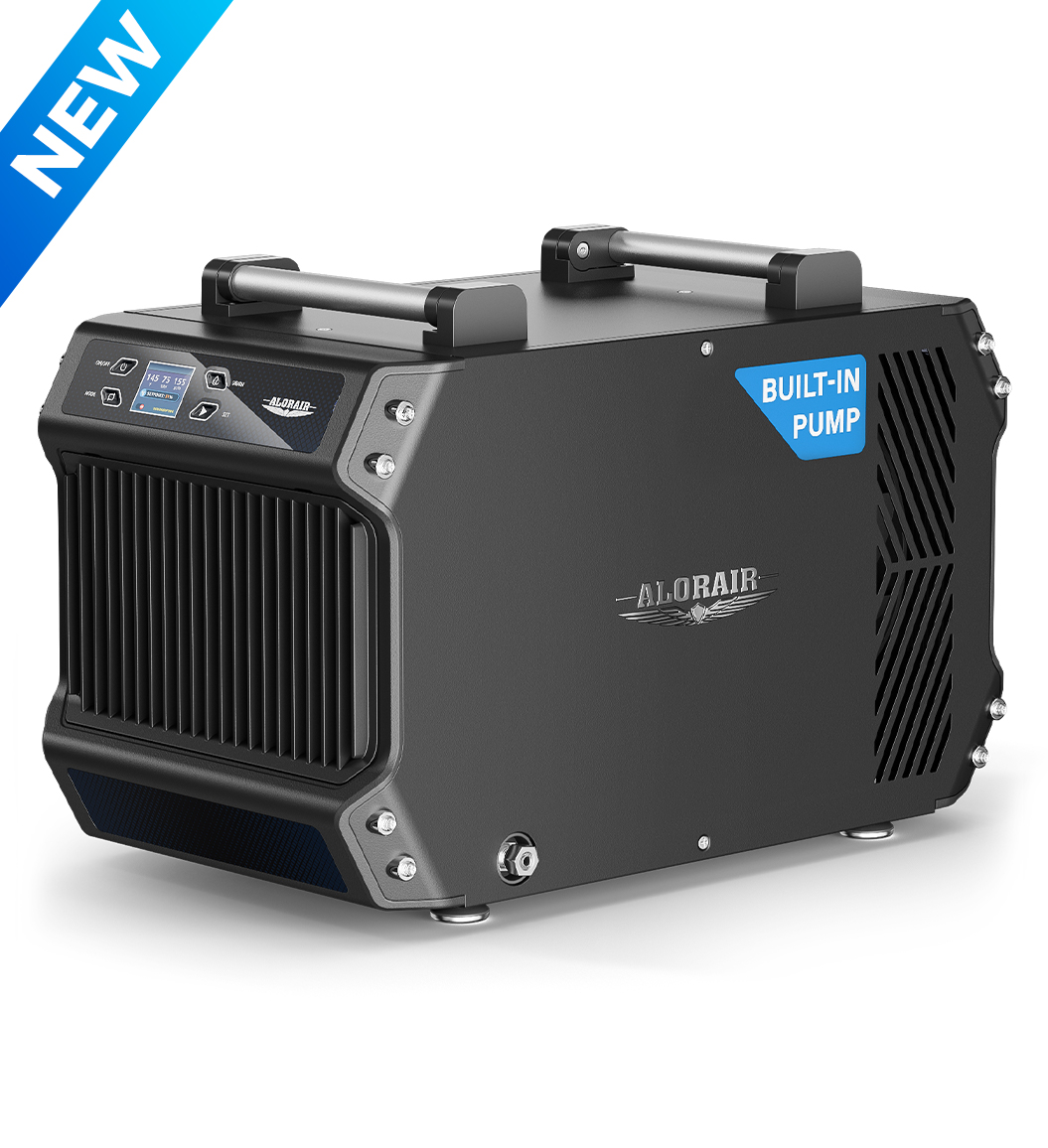
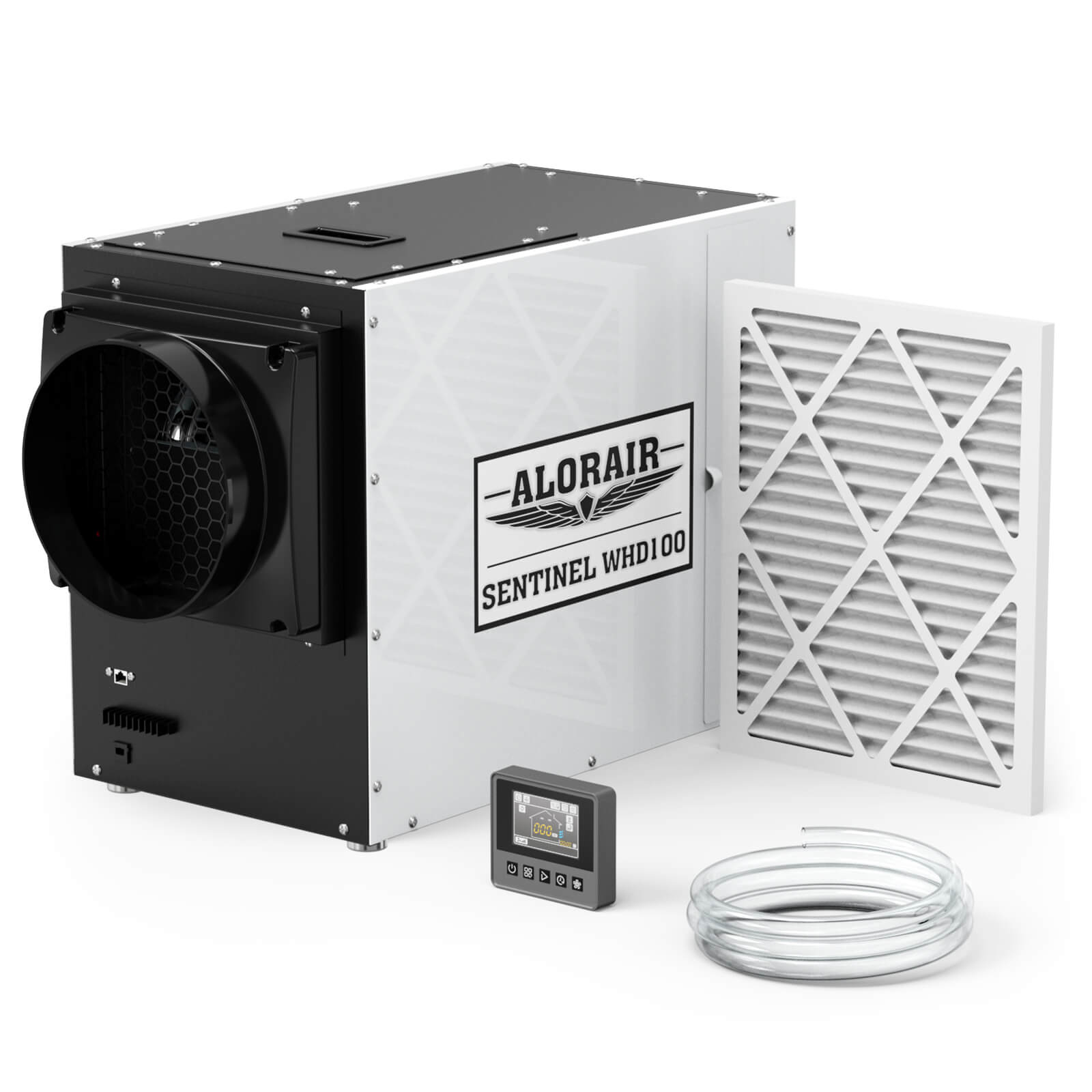
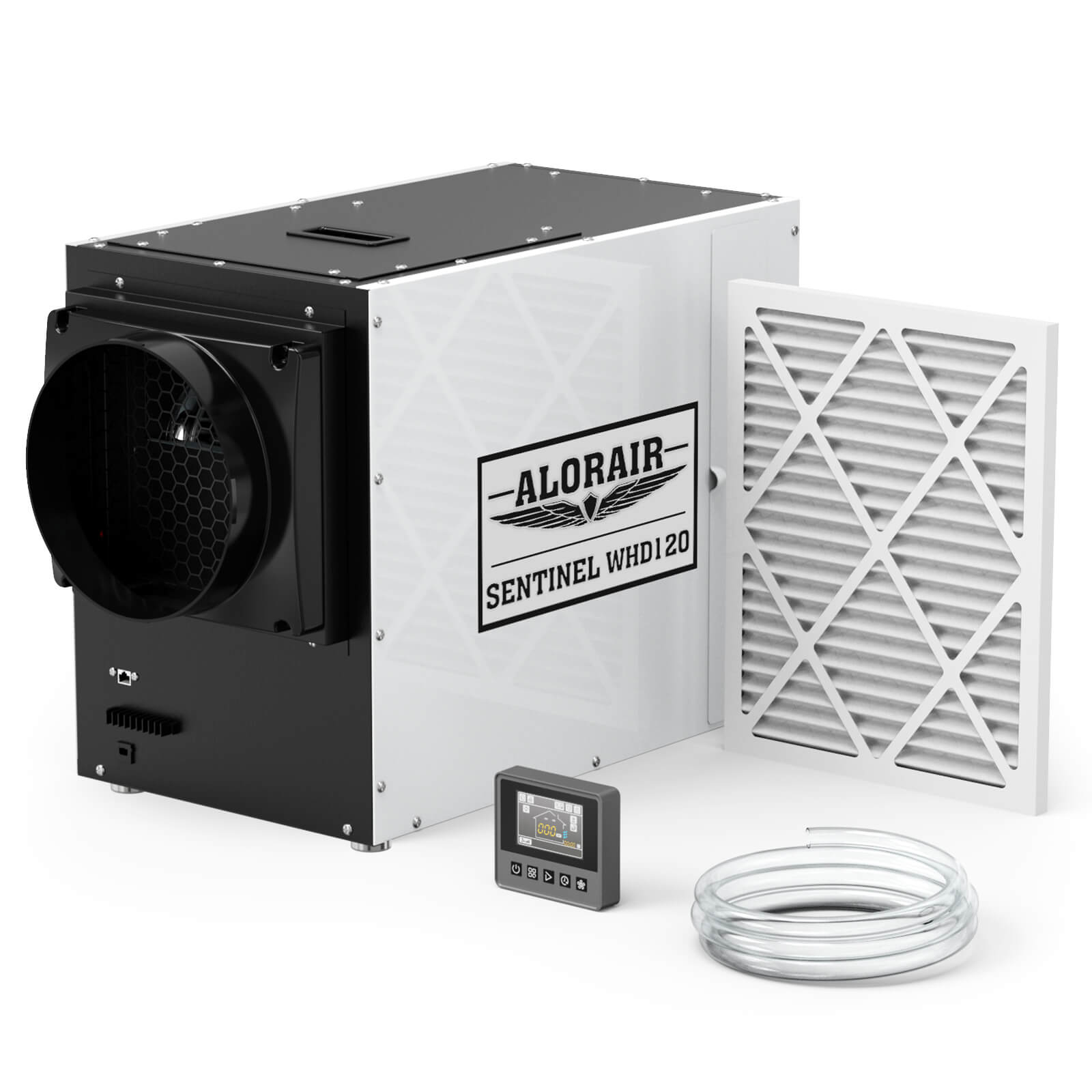
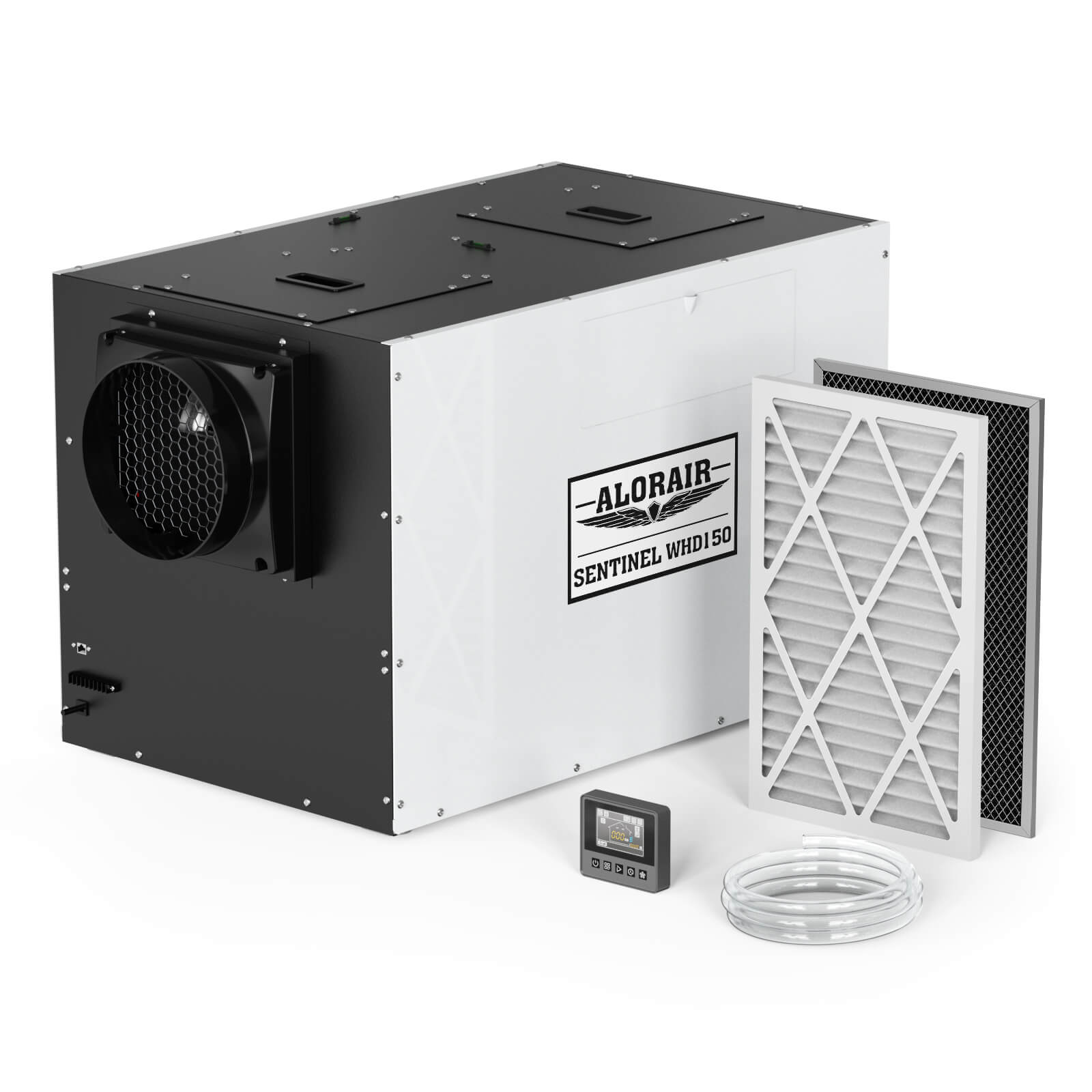
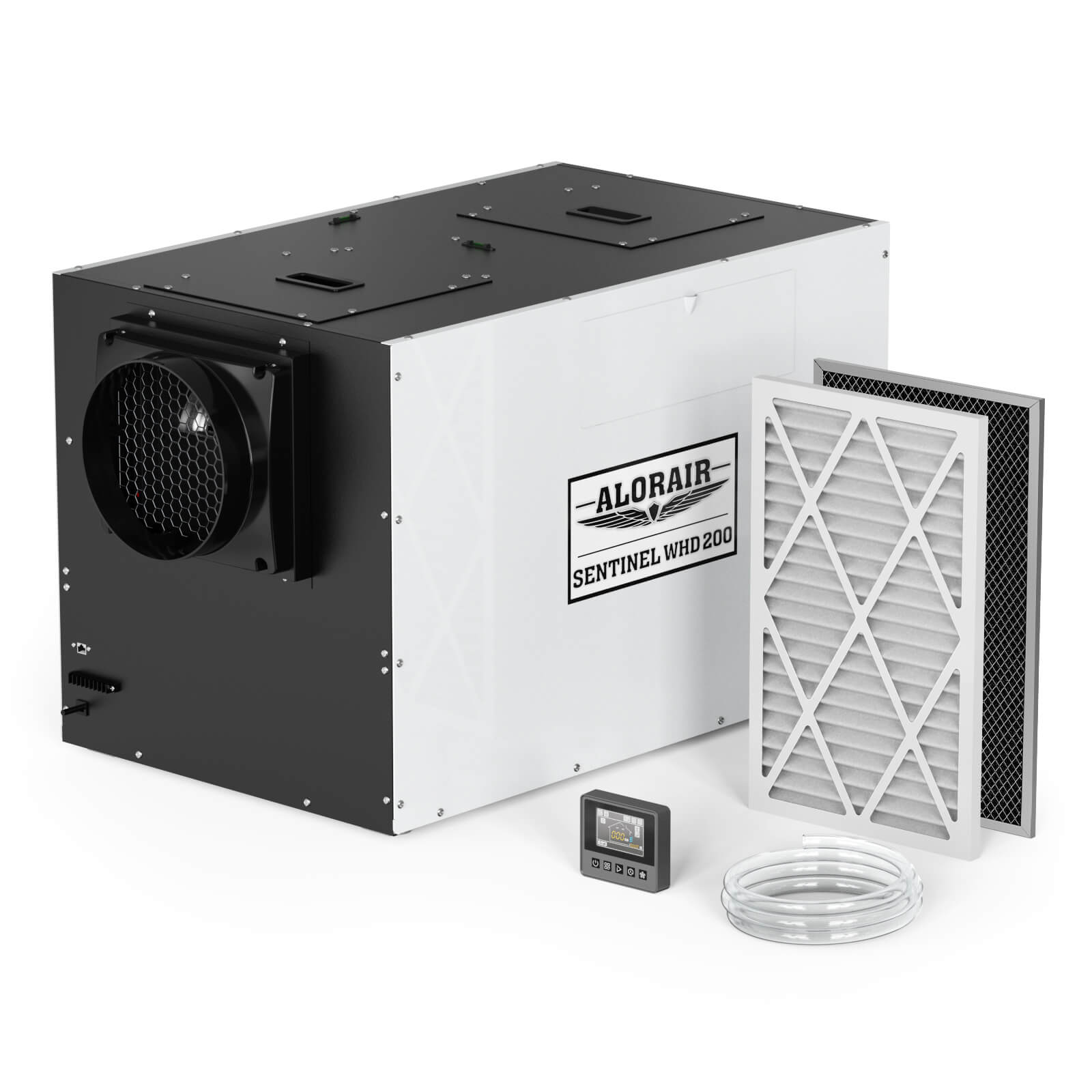
.jpg)
.jpg)
.jpg)
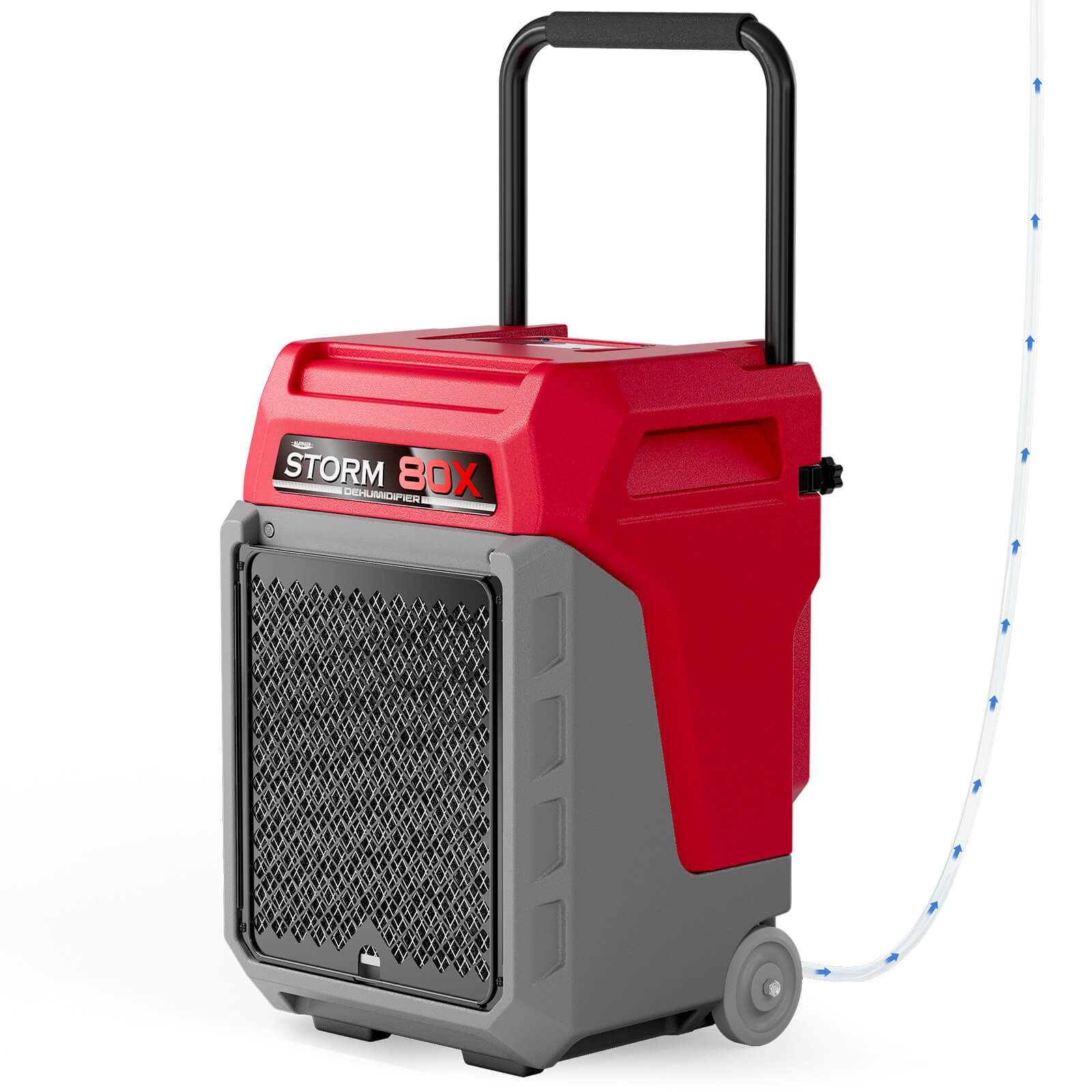

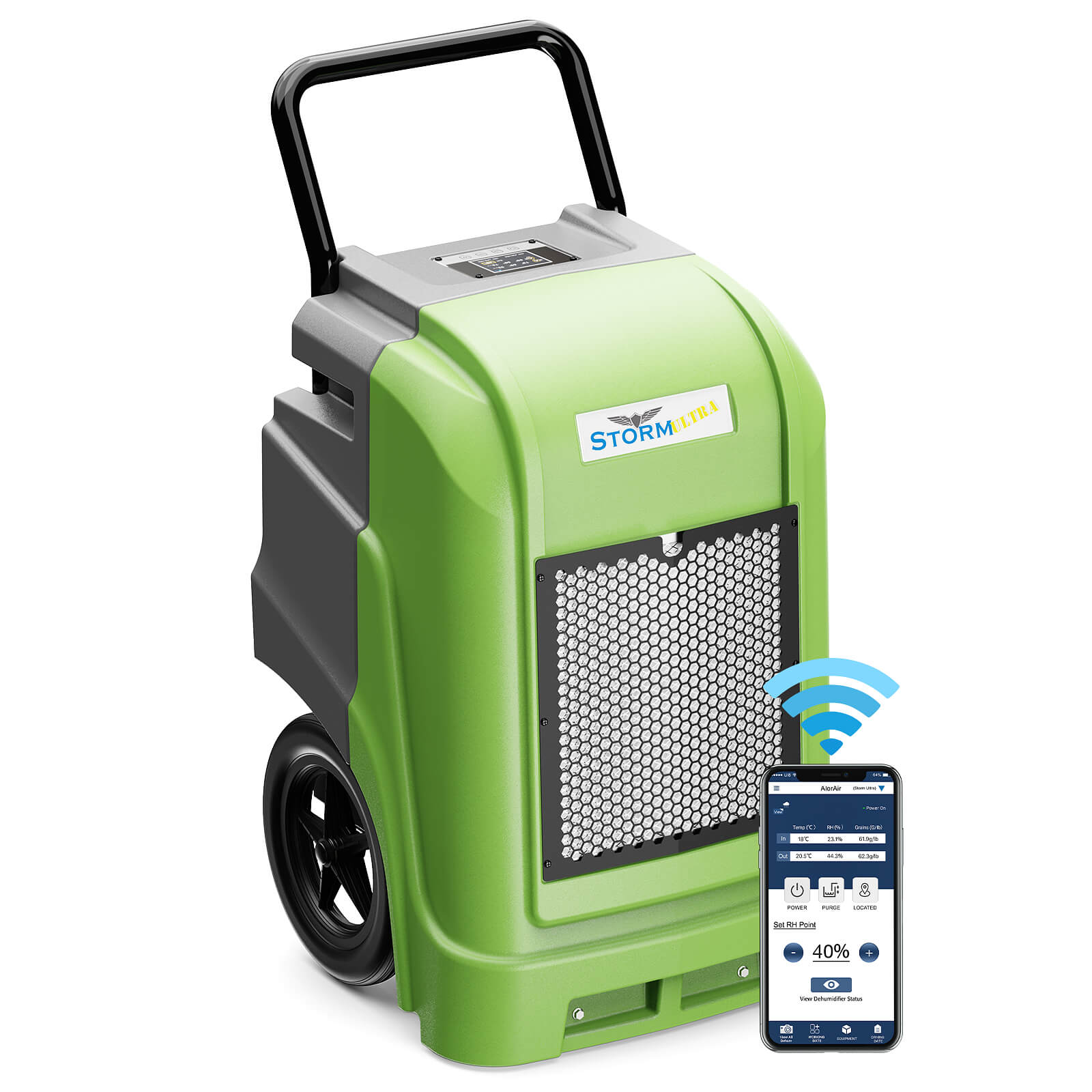
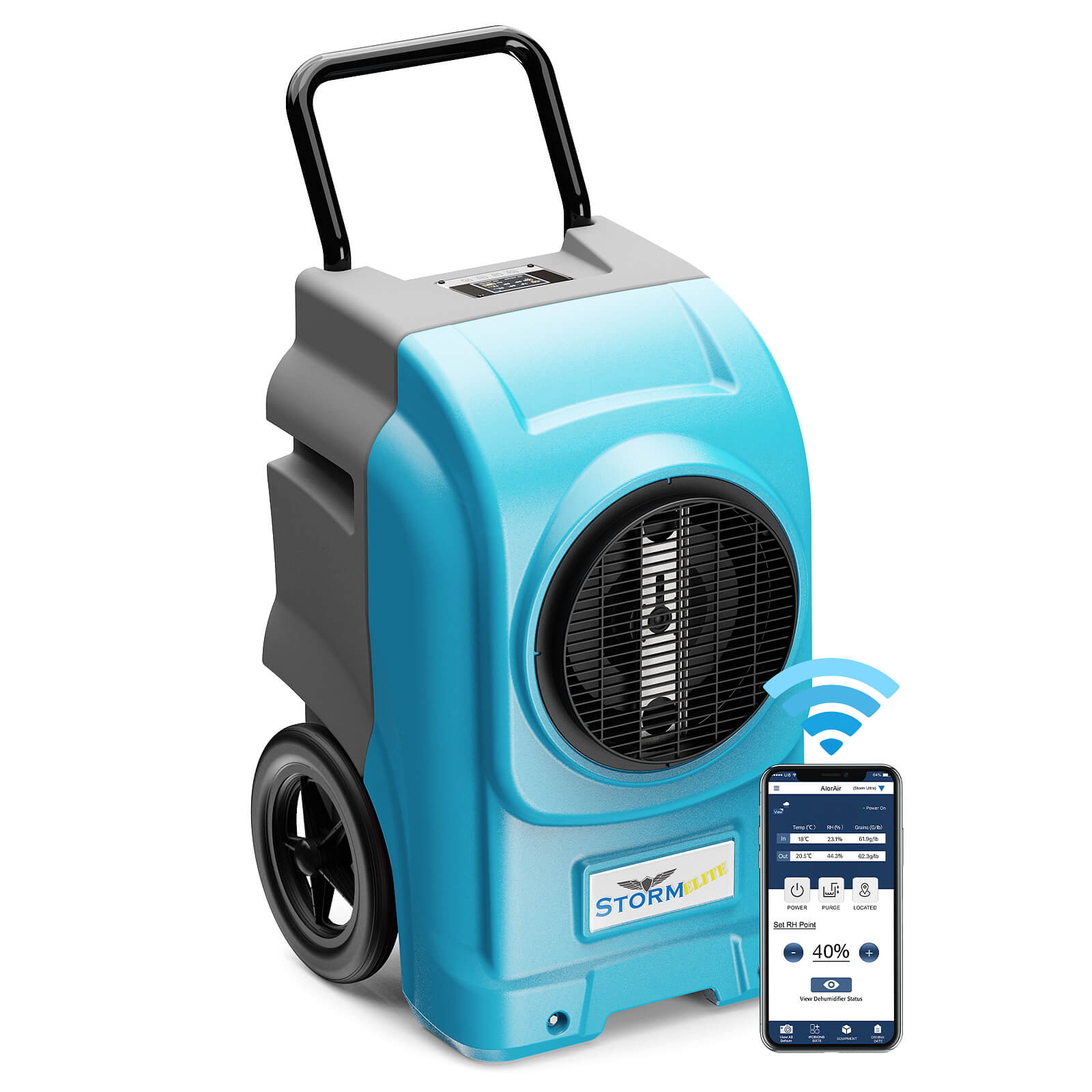
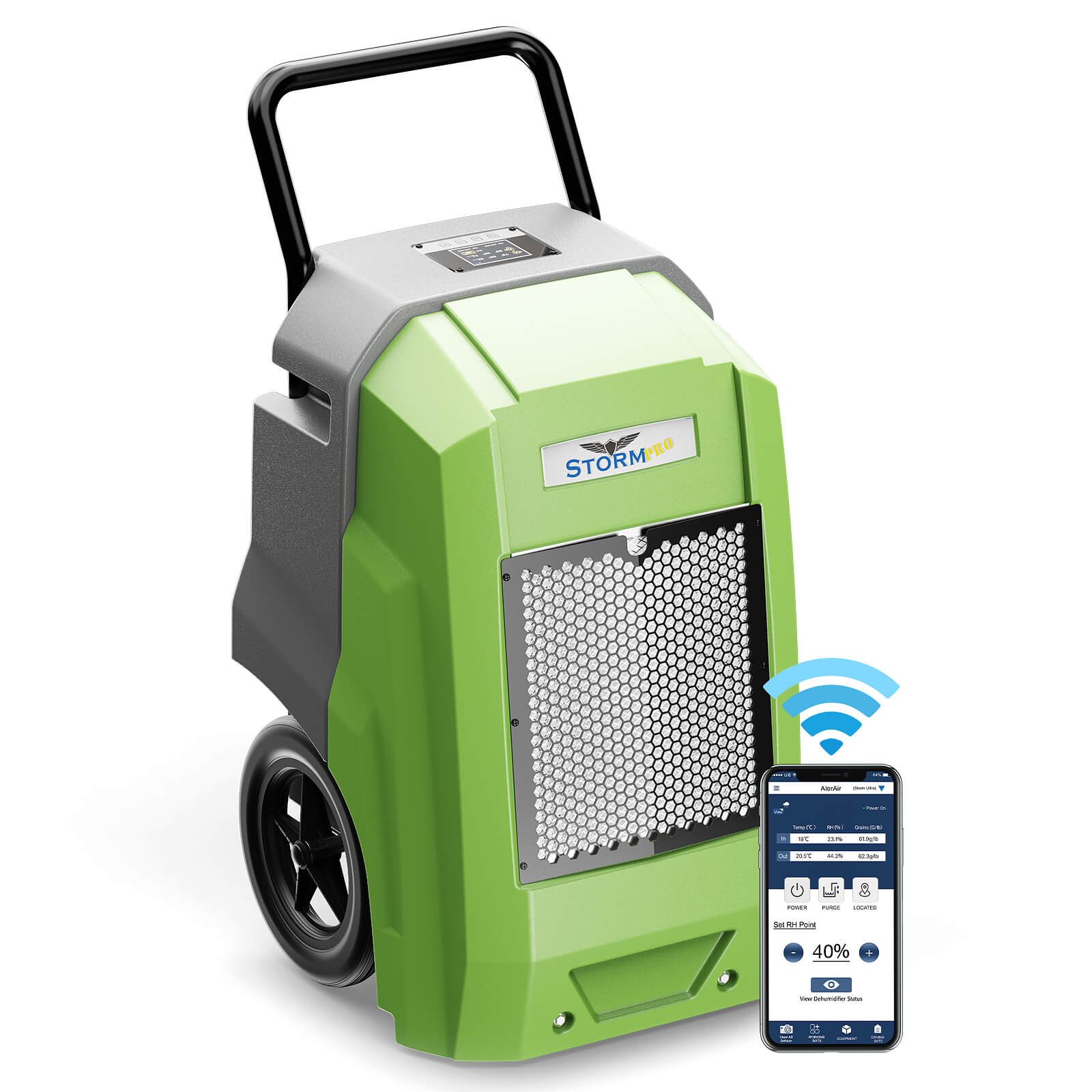
.jpg)
.jpg)
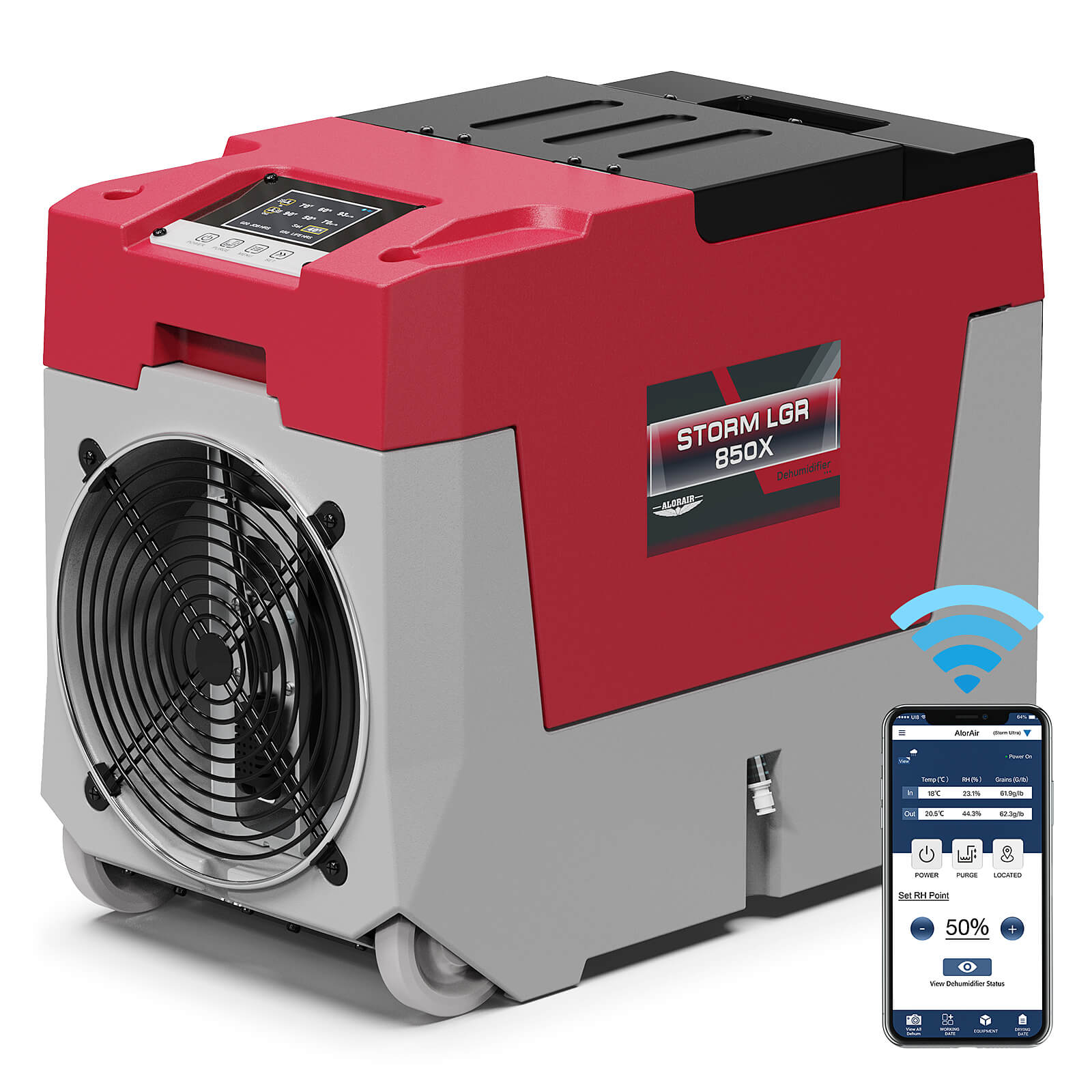
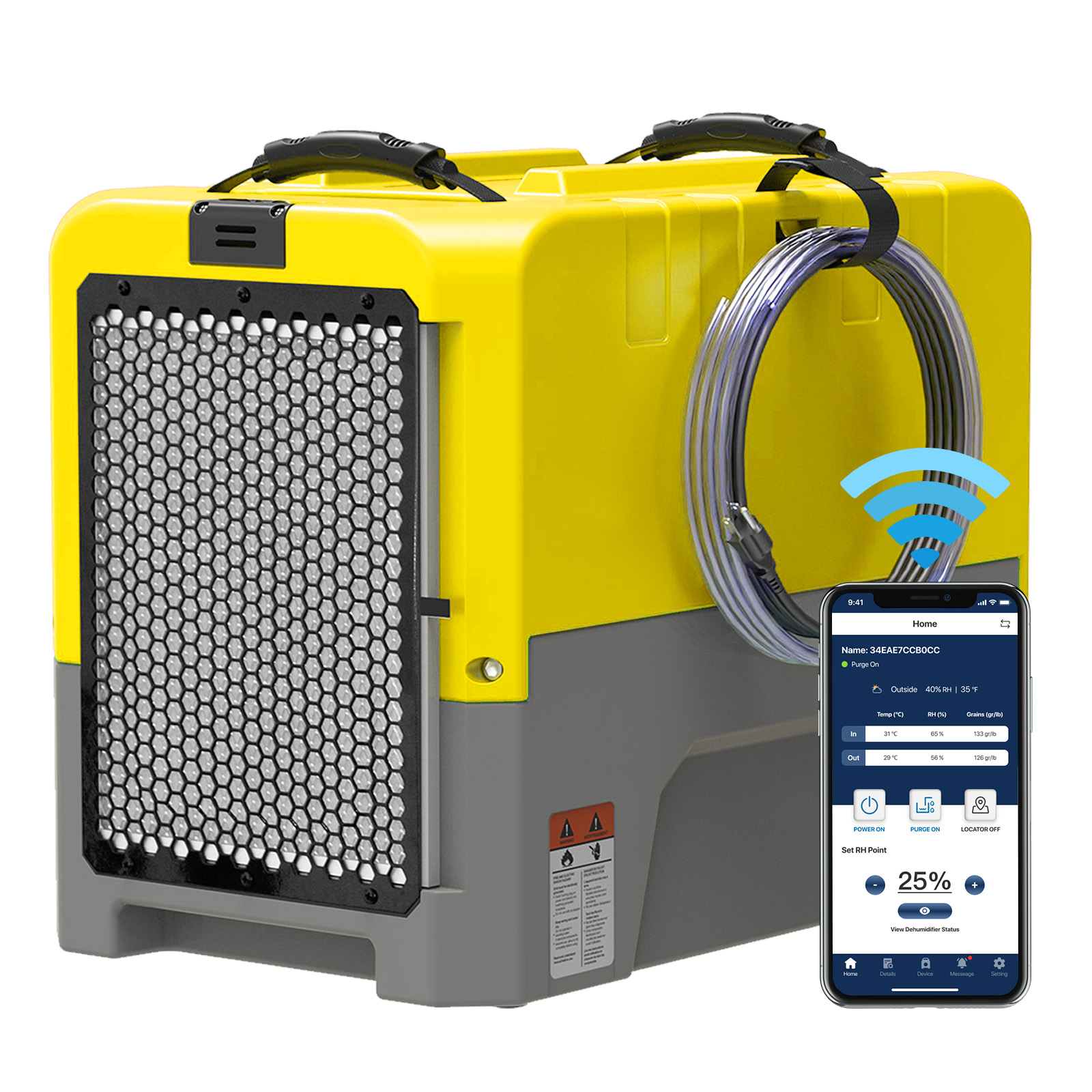
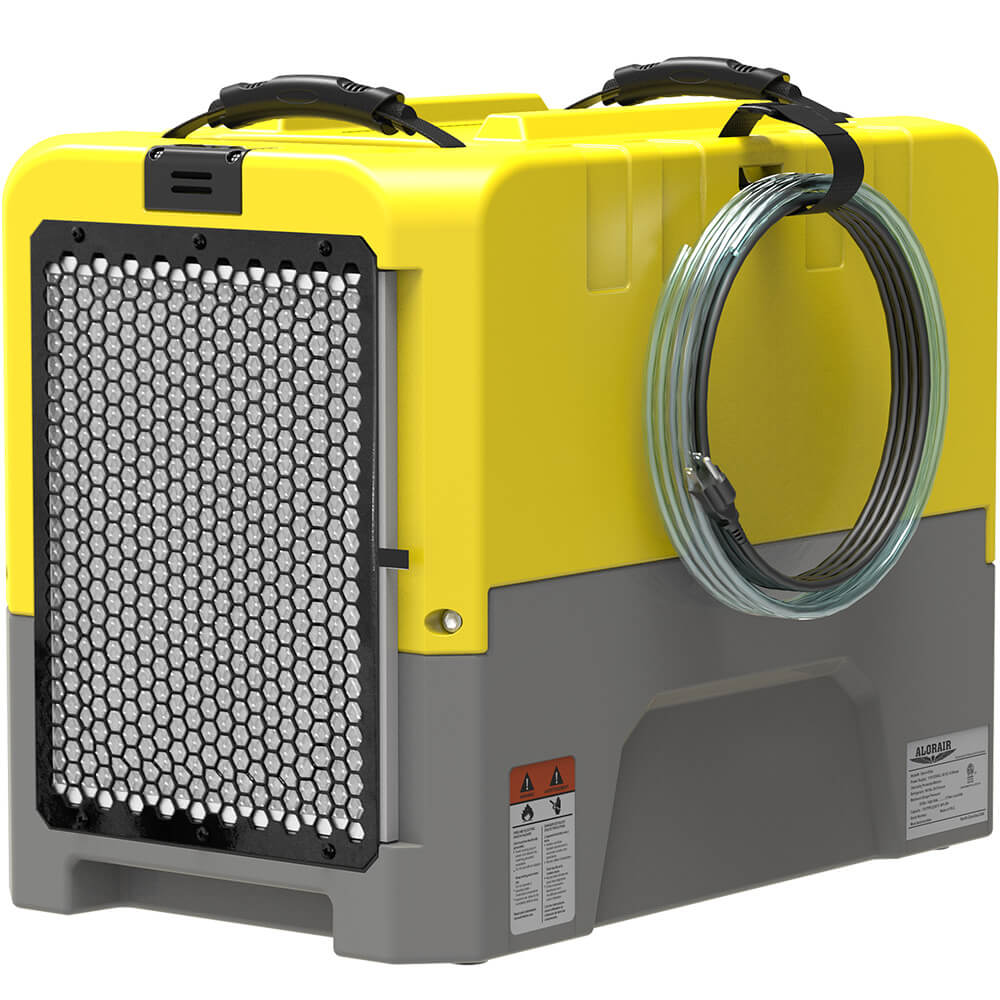
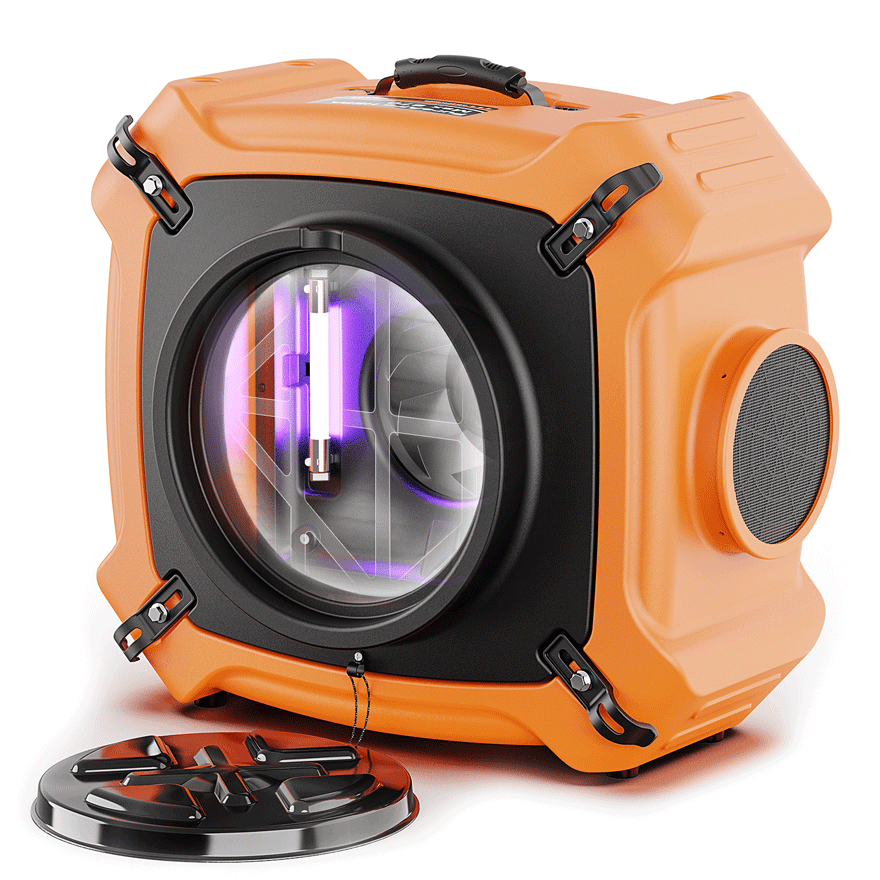
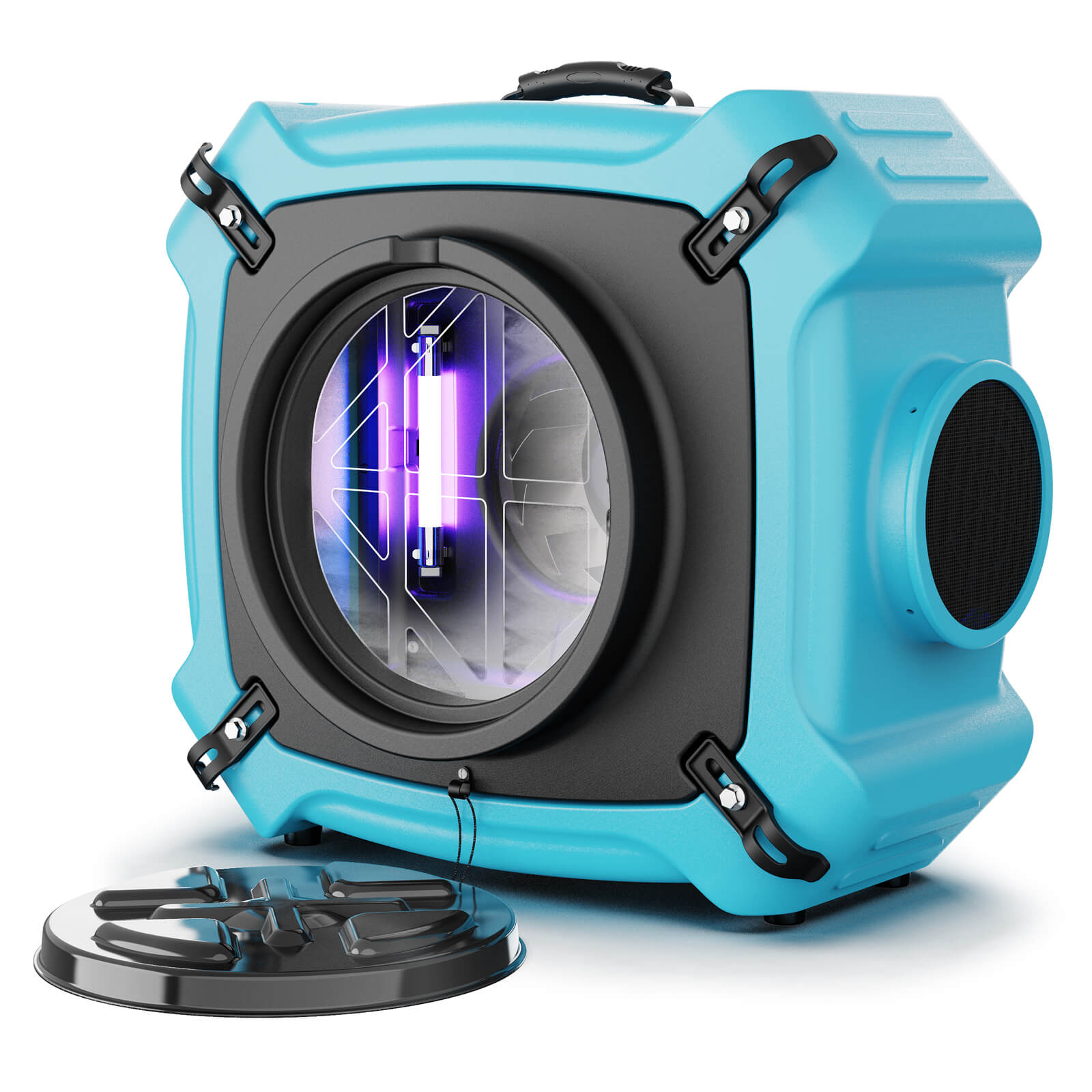
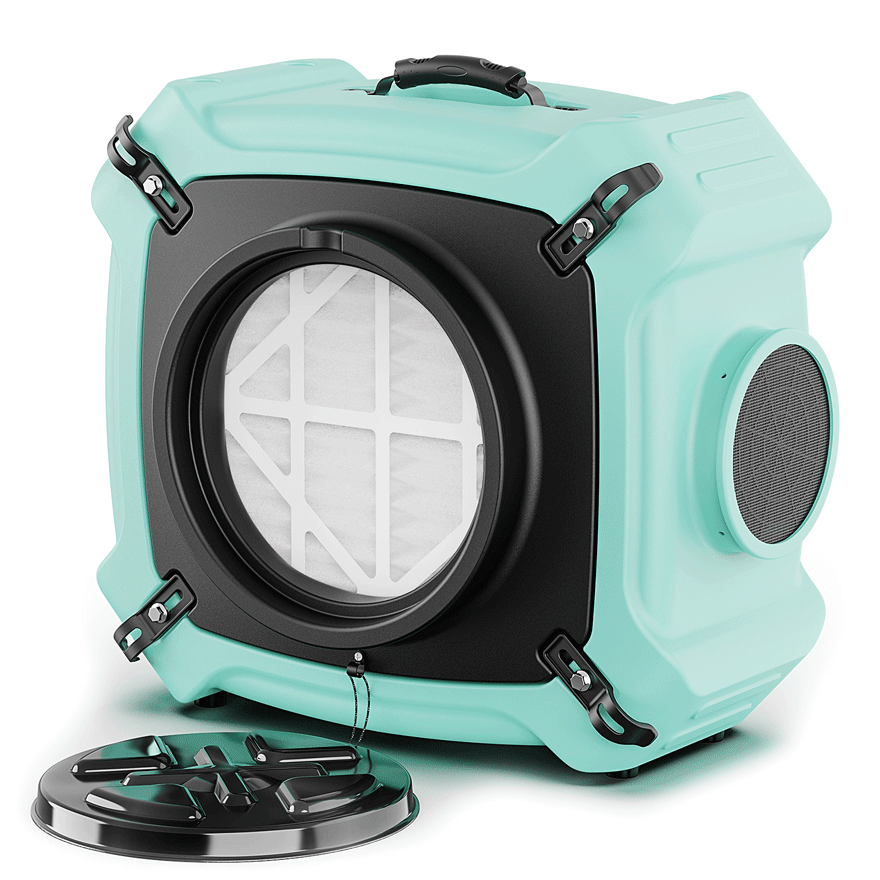
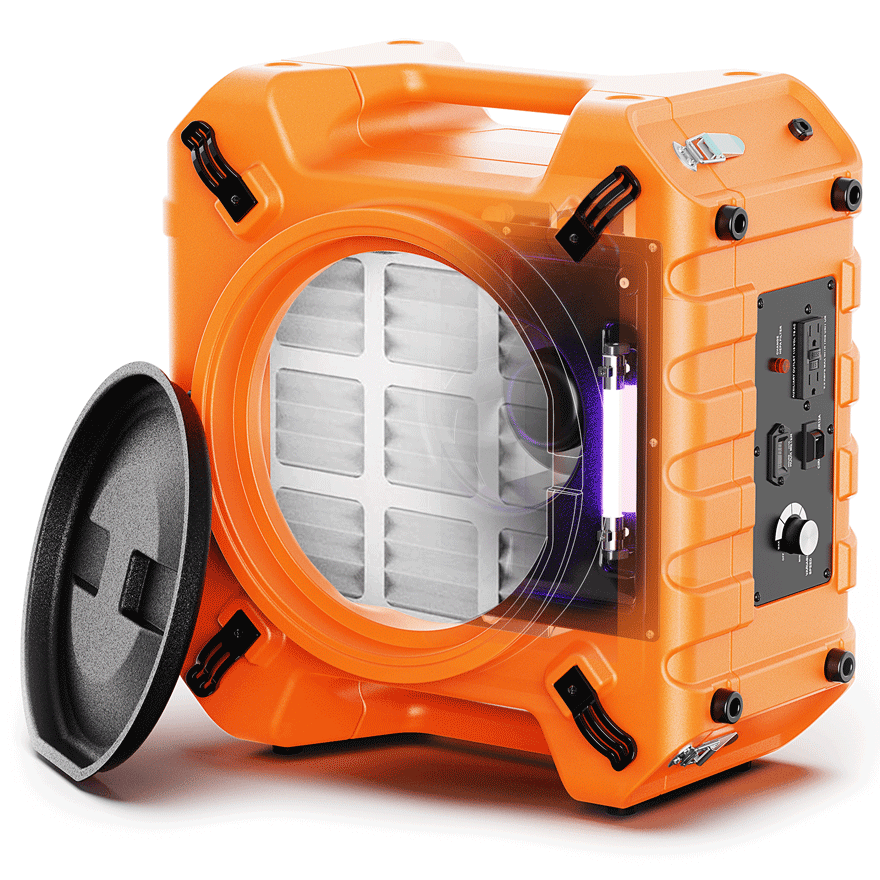
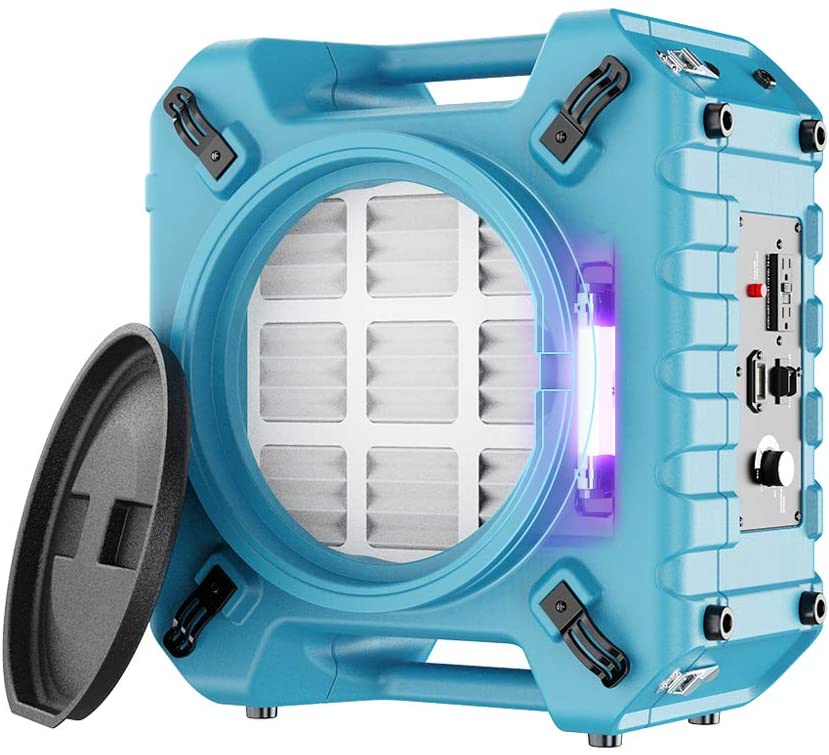
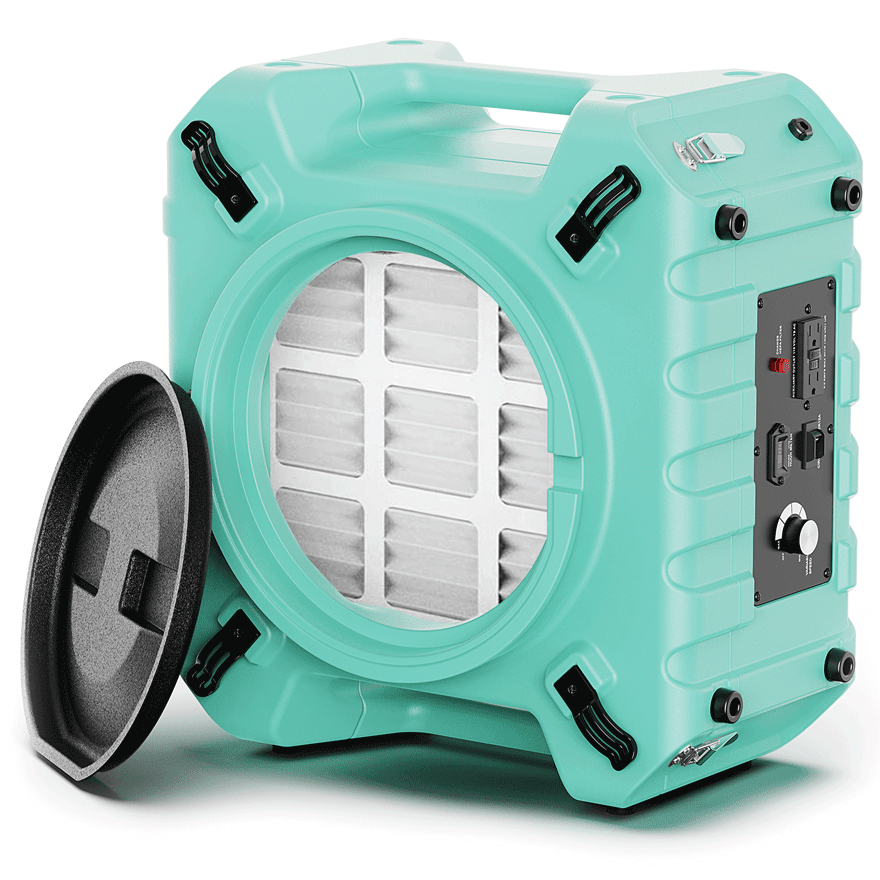
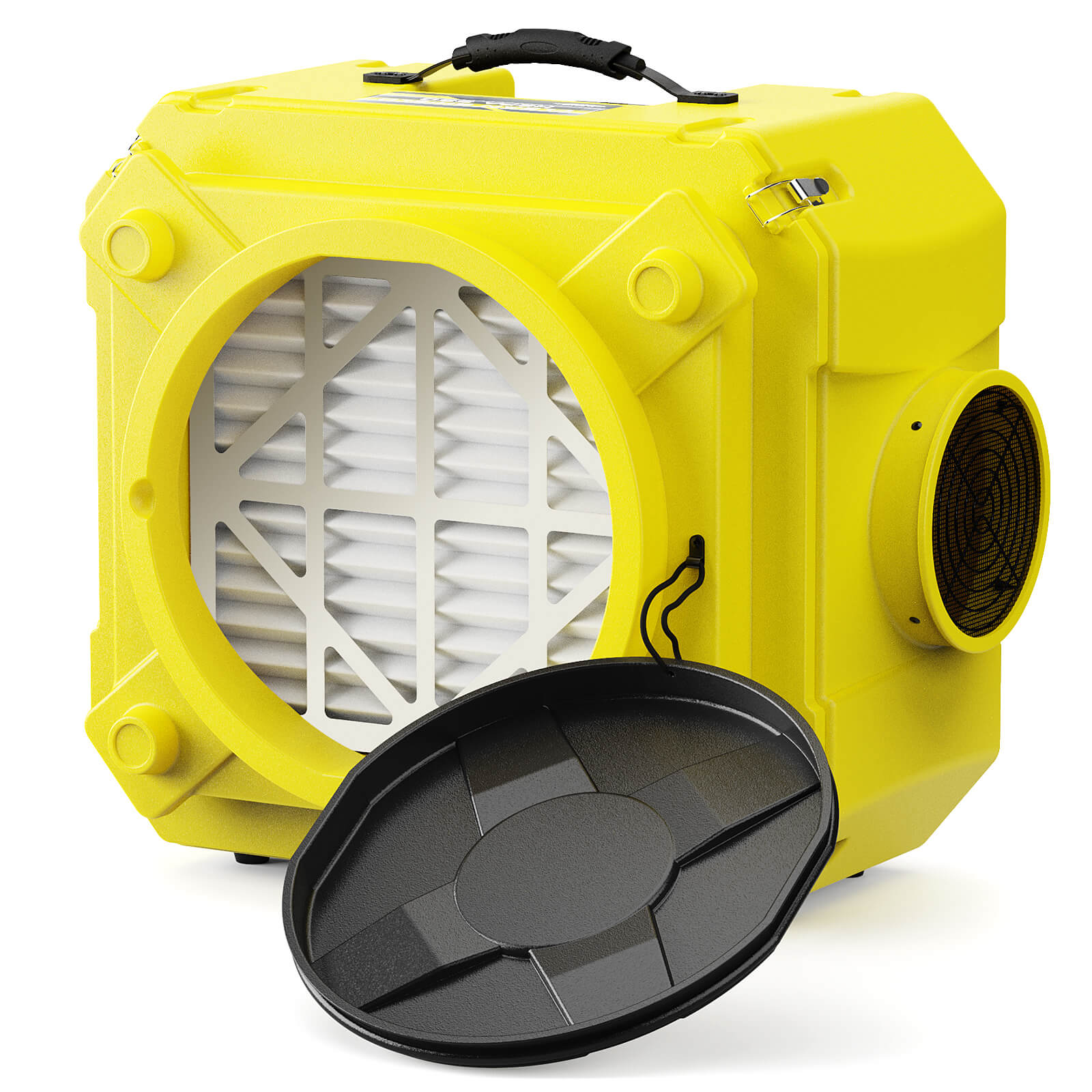
.jpg)
.jpg)
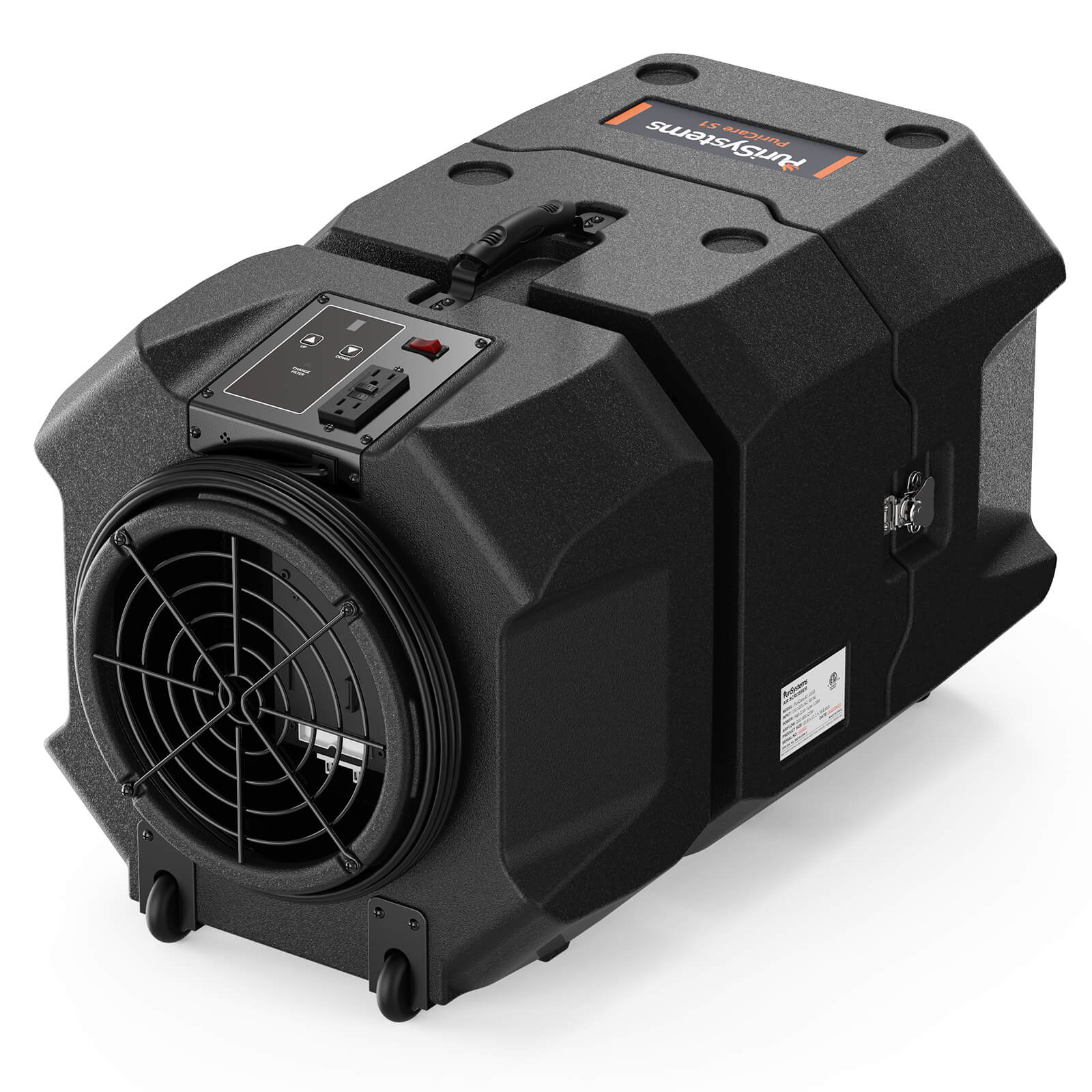
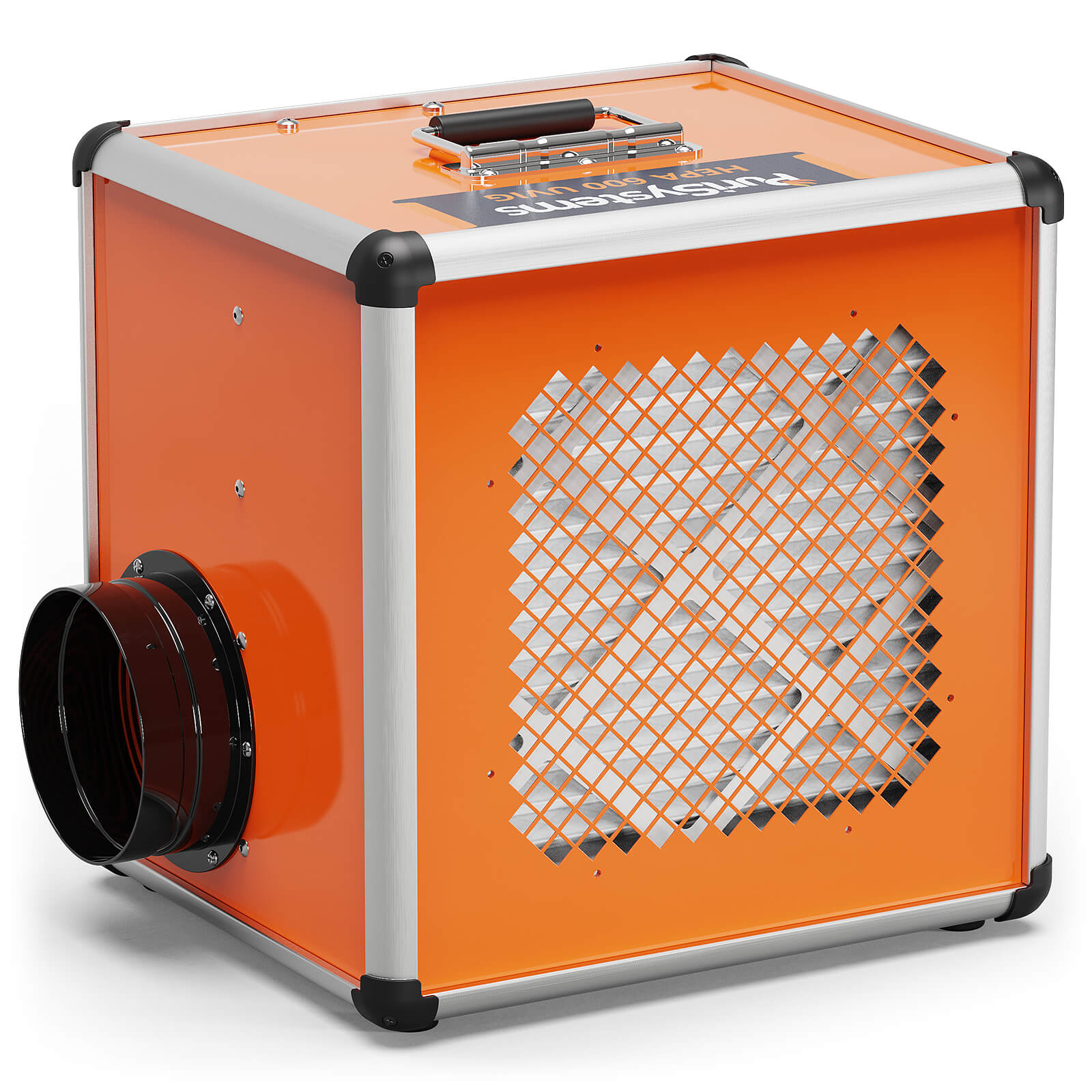
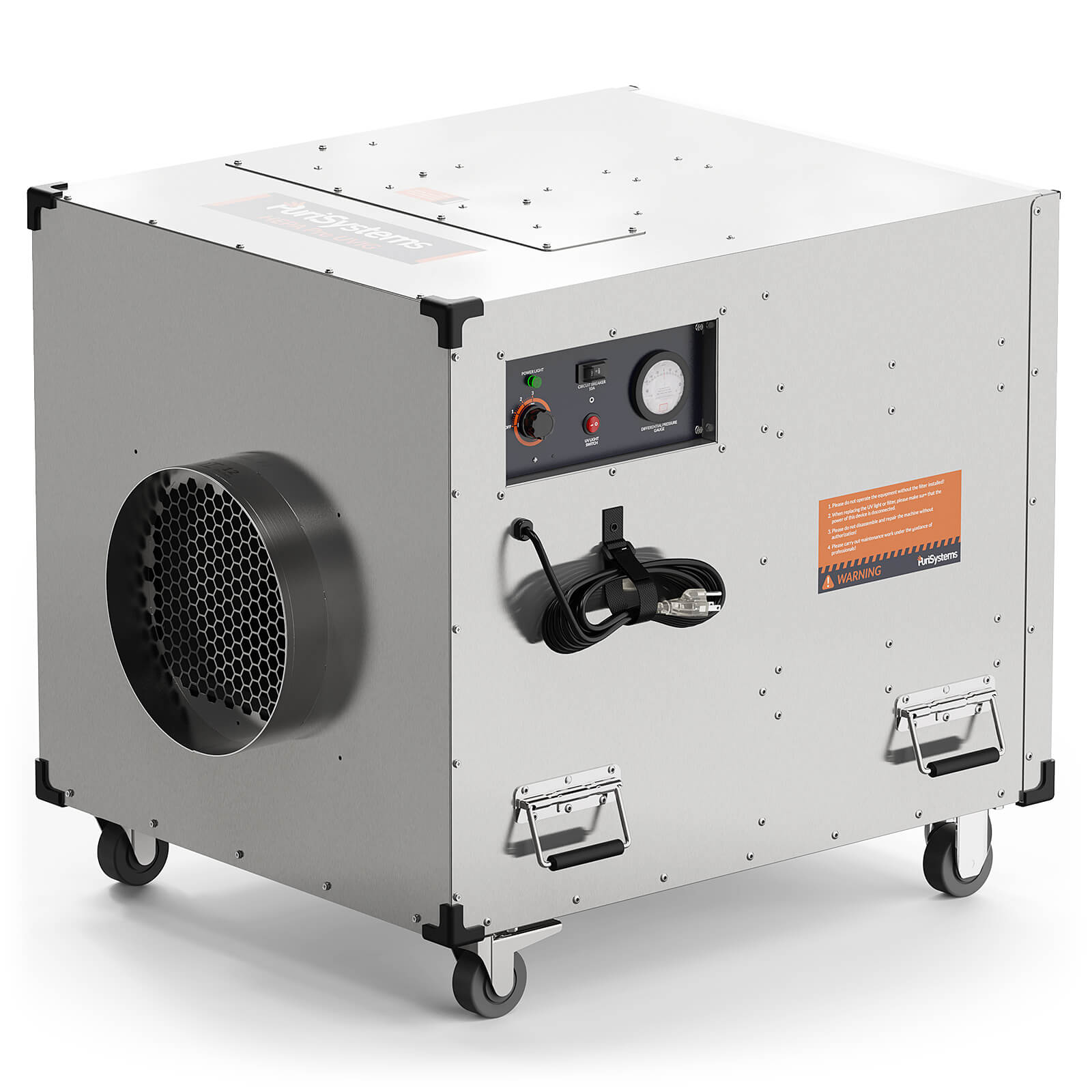
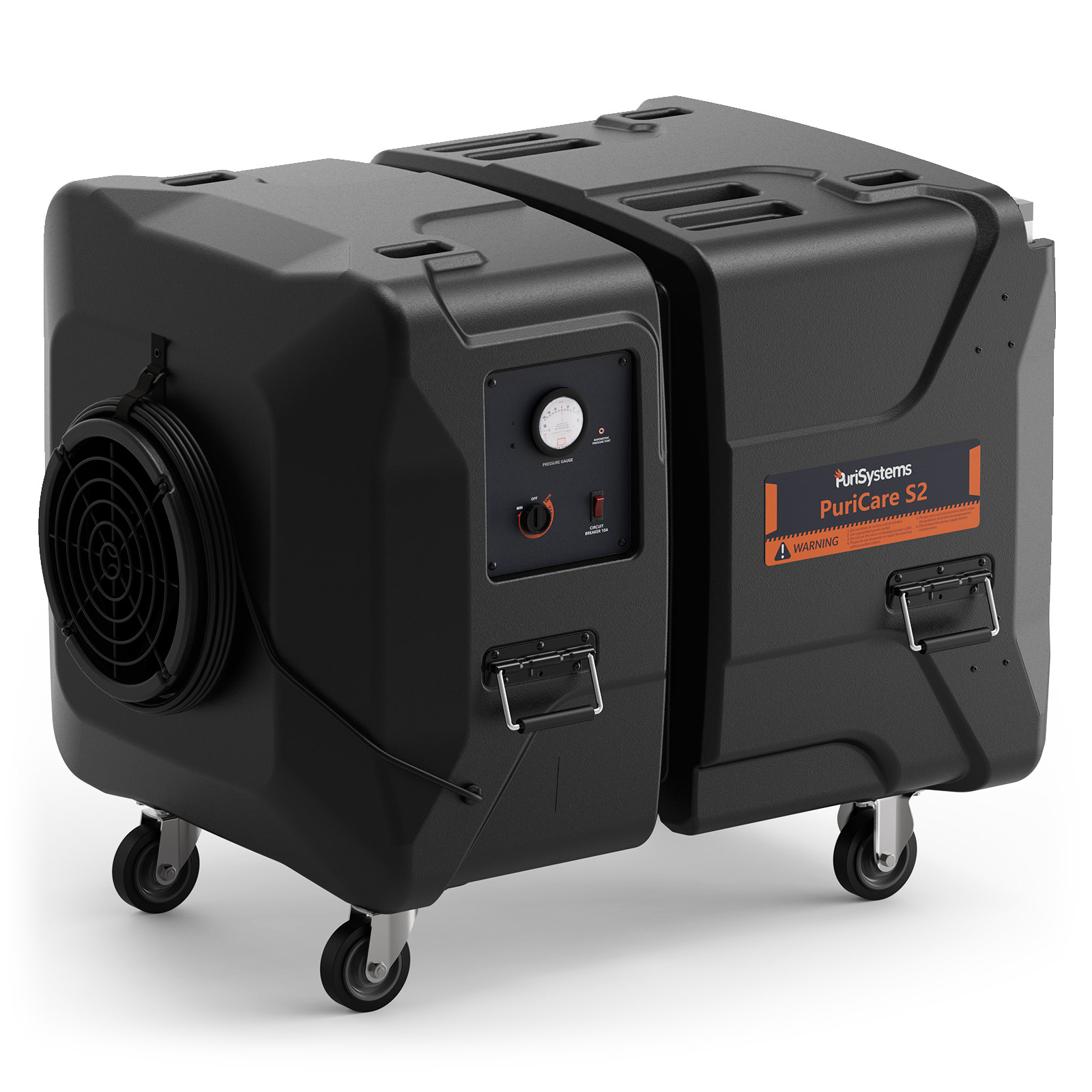
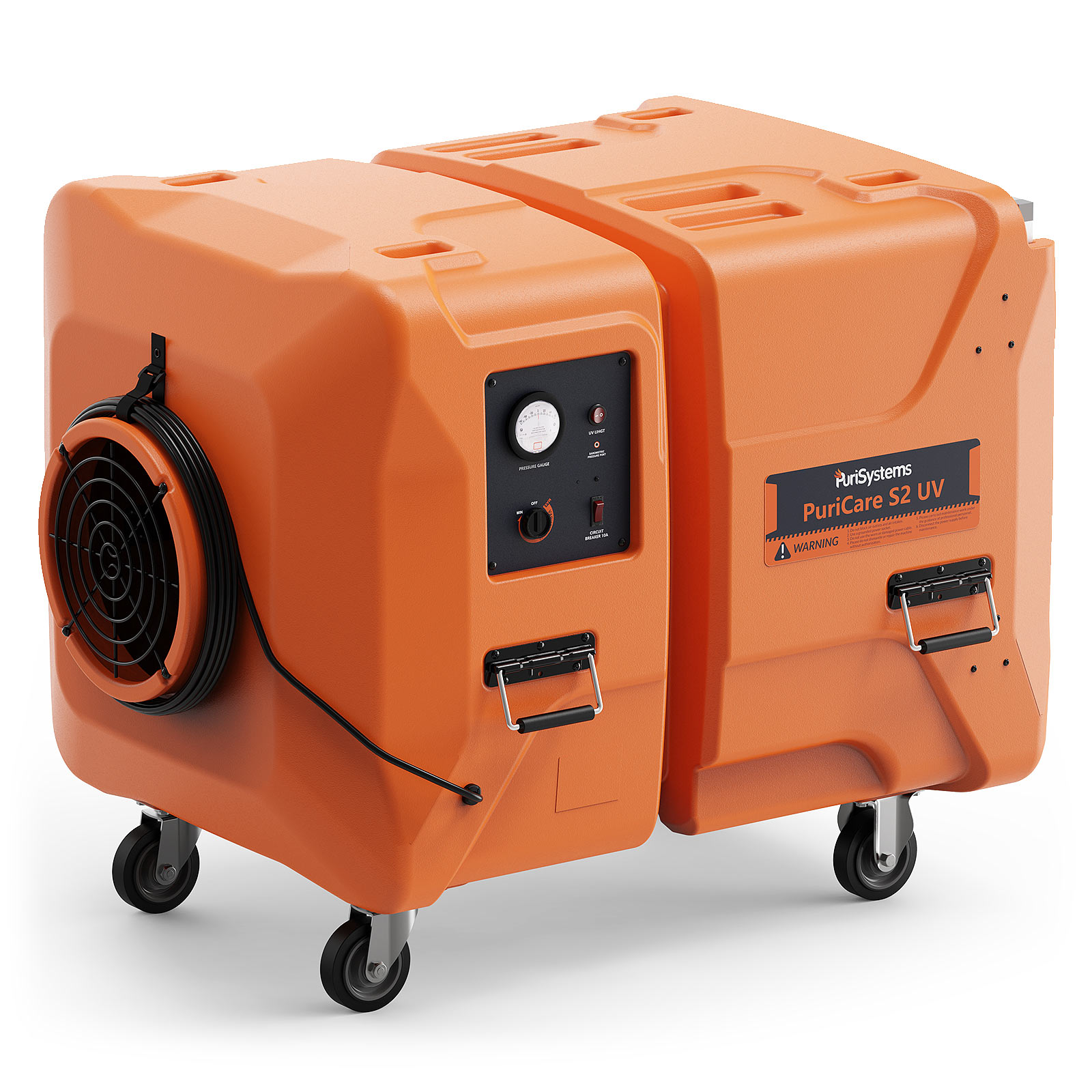
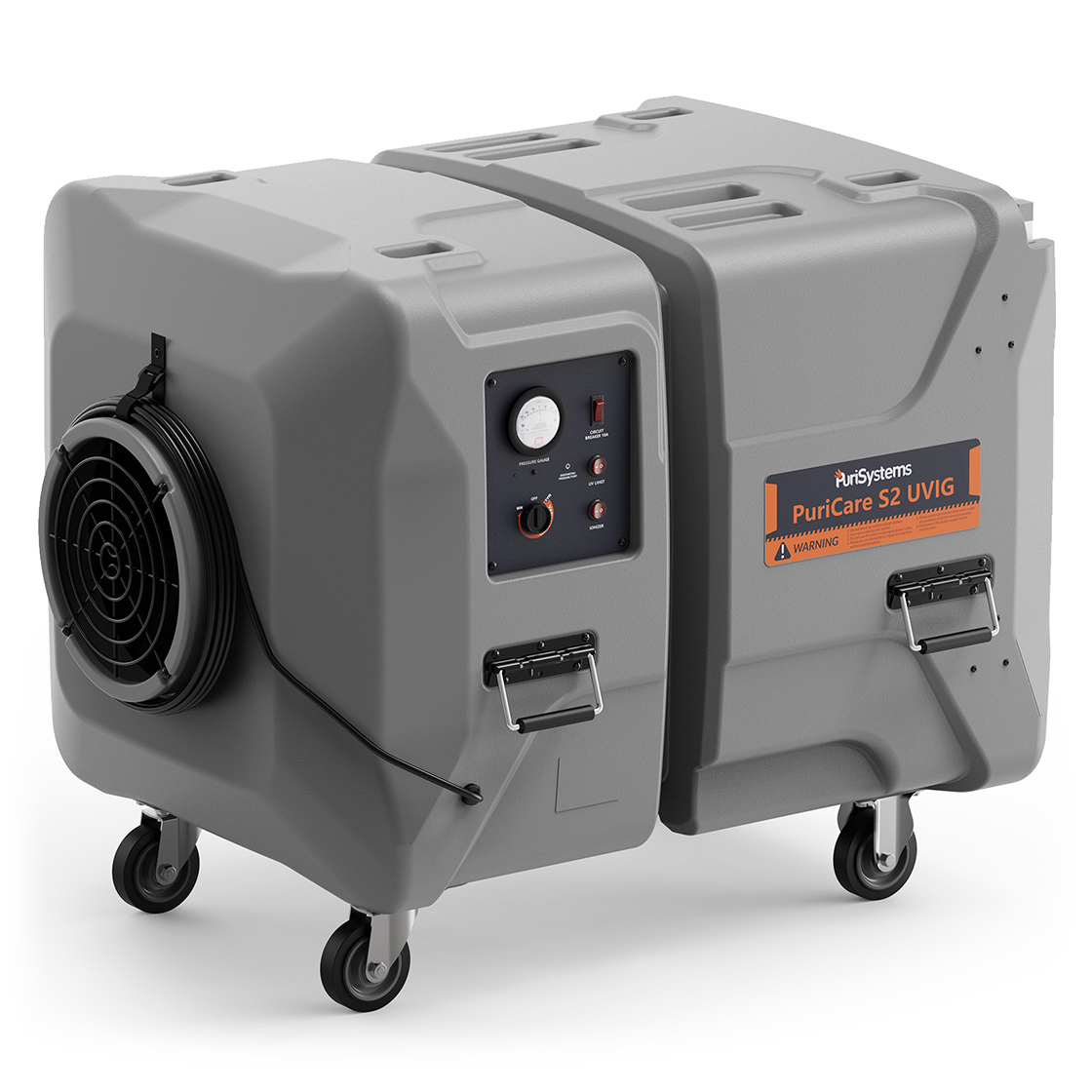
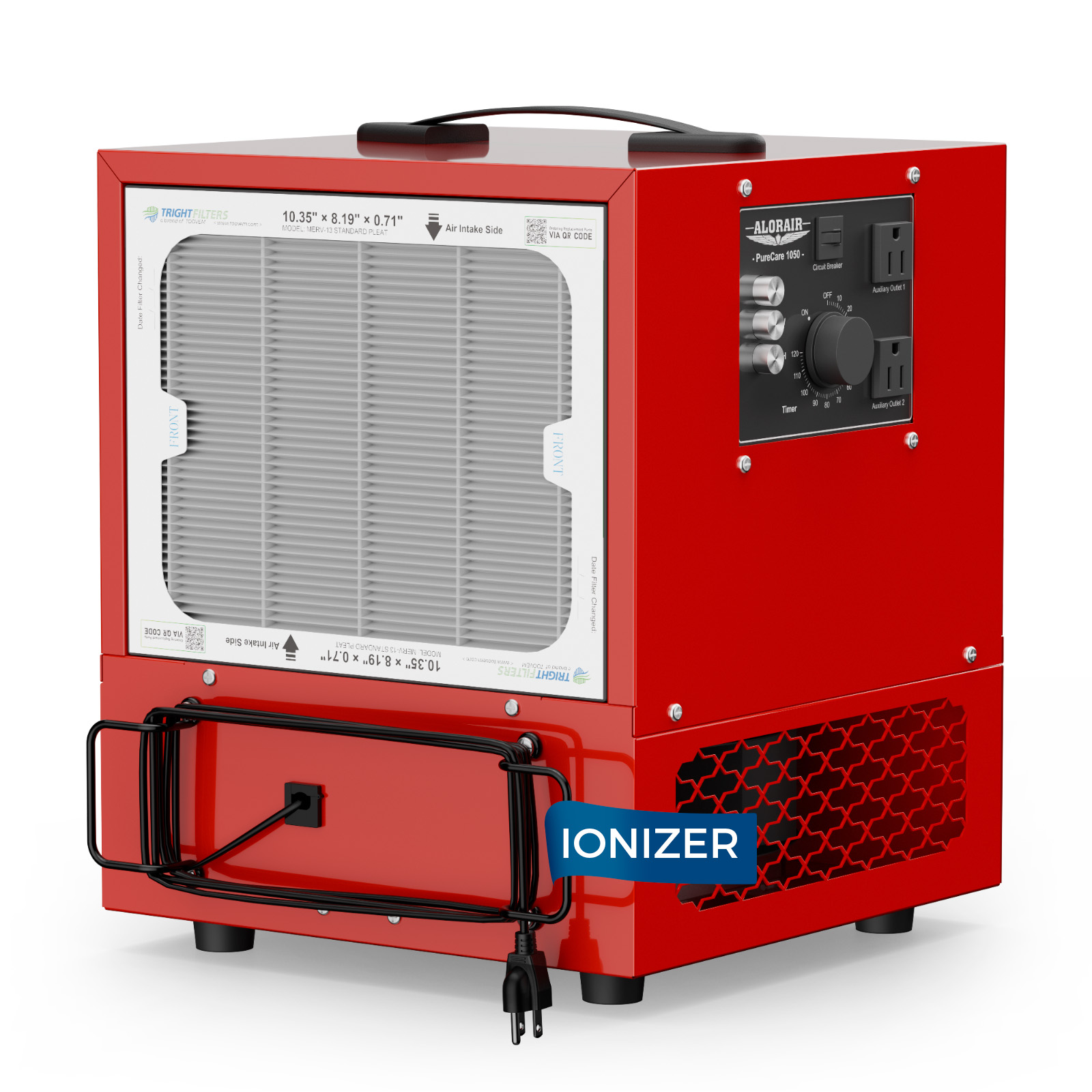
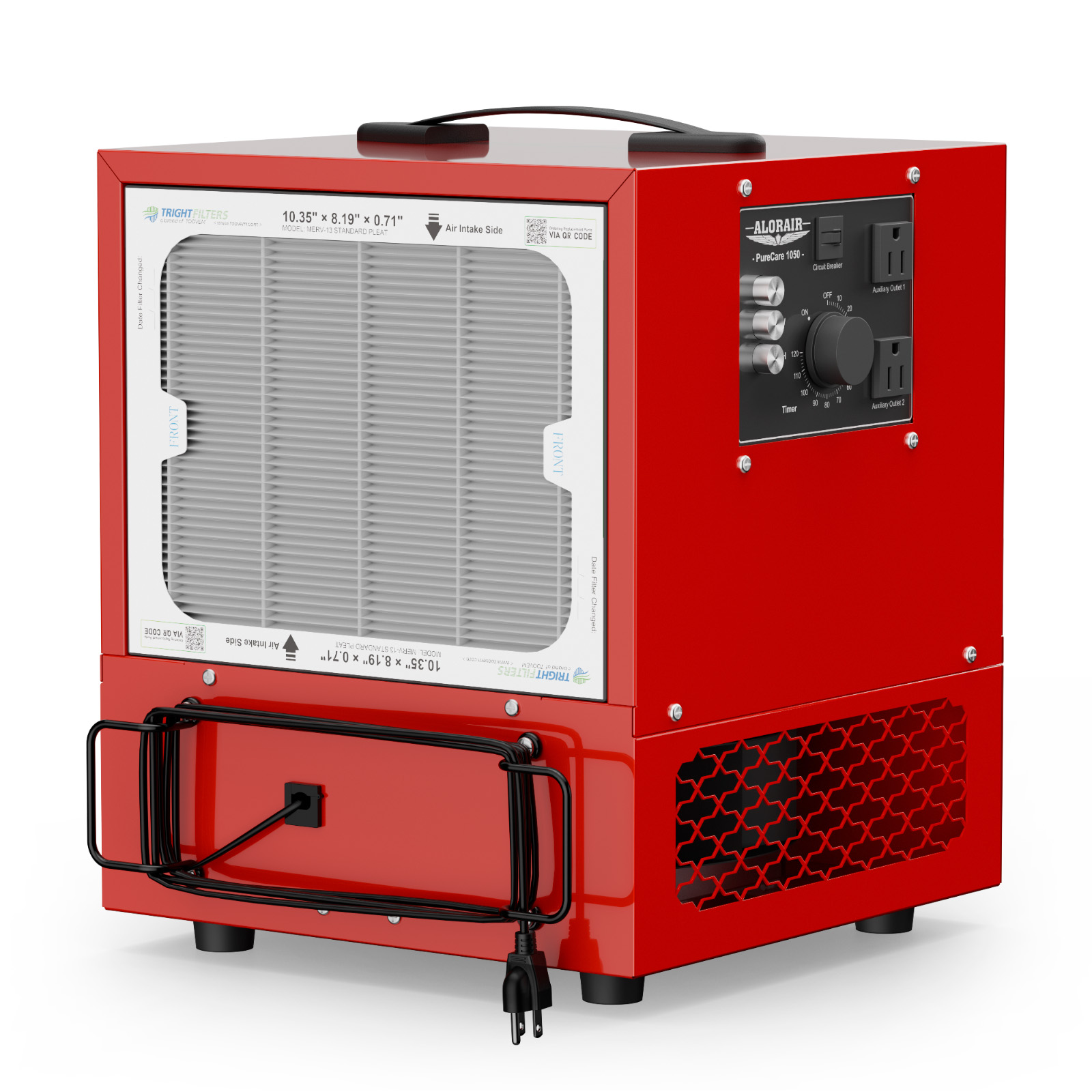
.jpg)
.jpg)
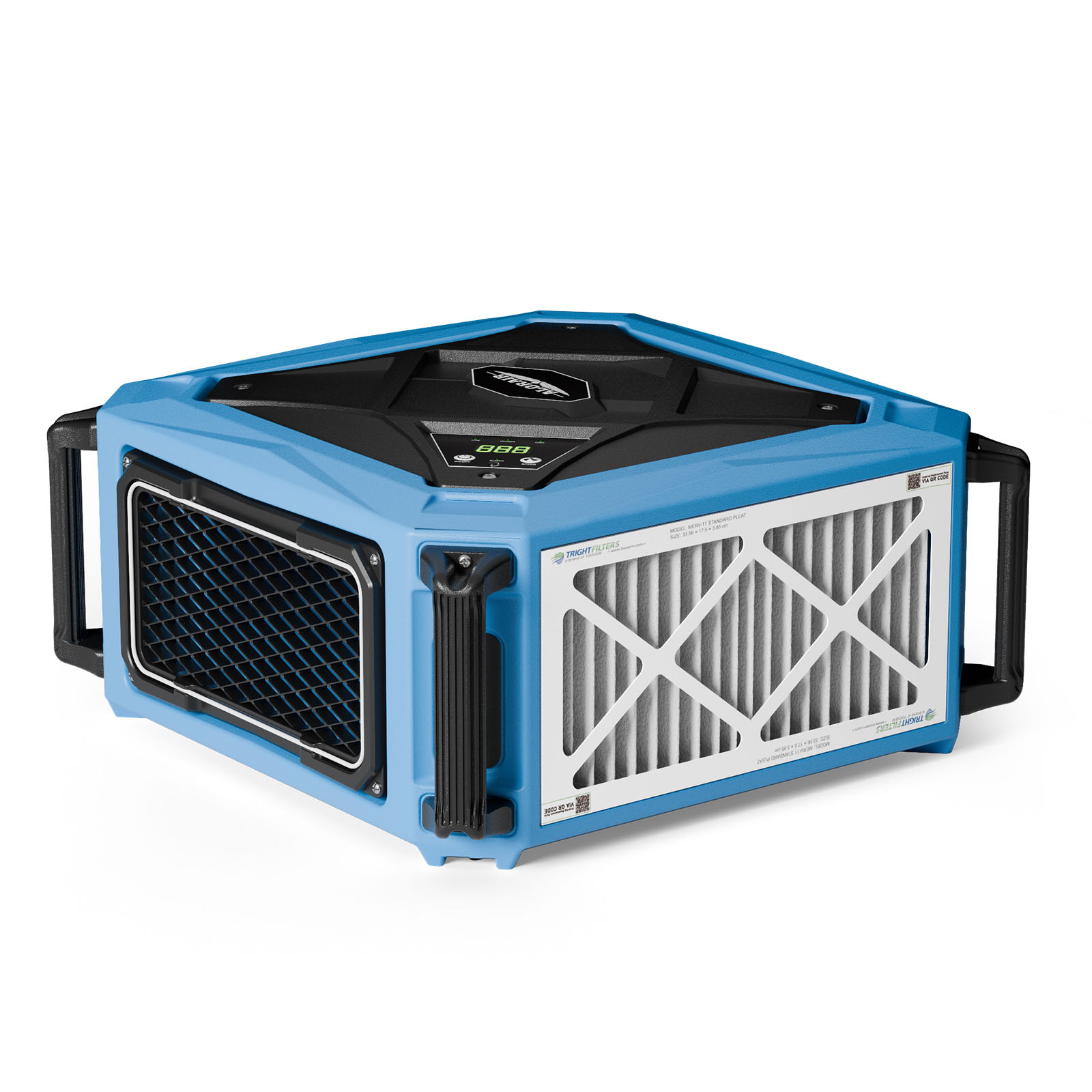
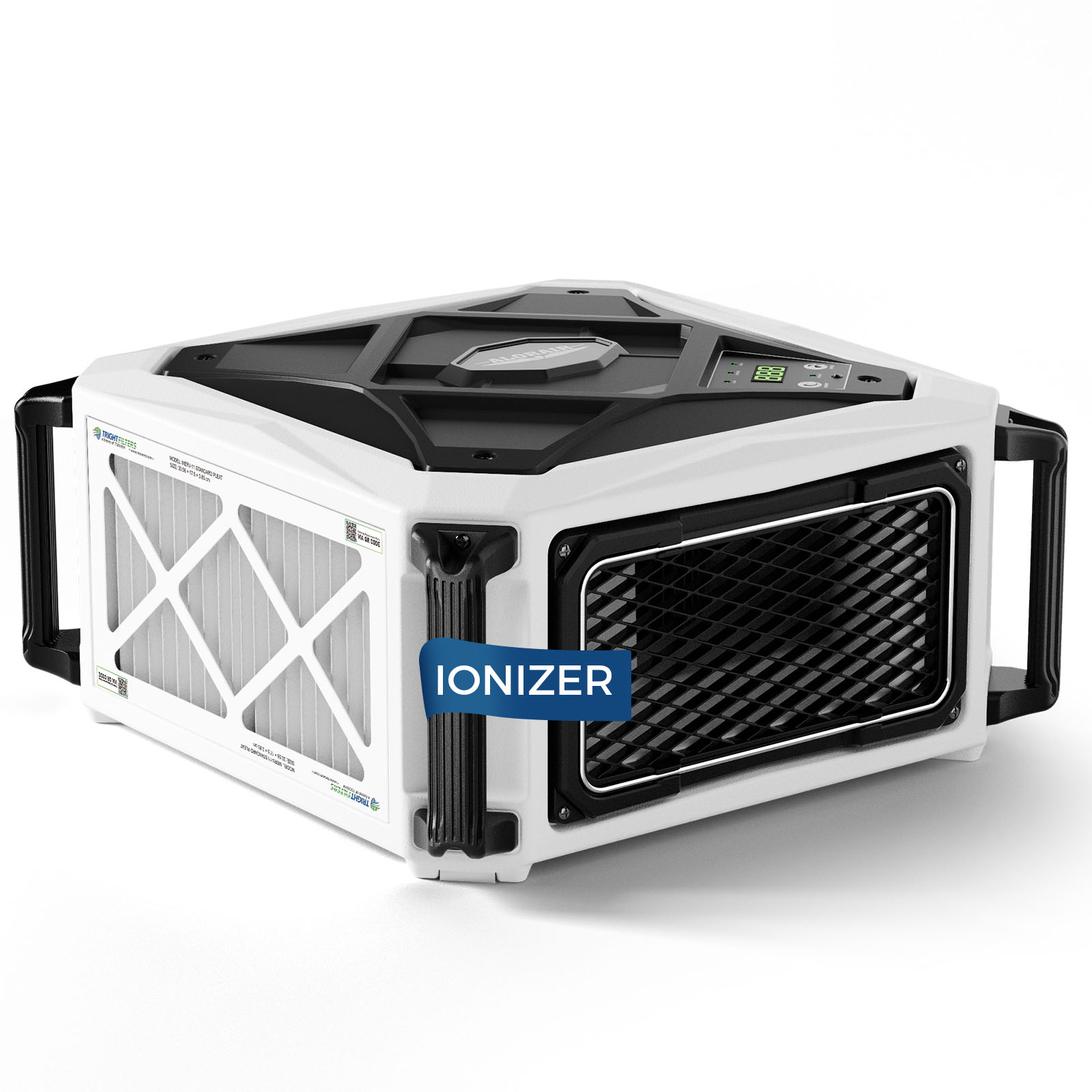
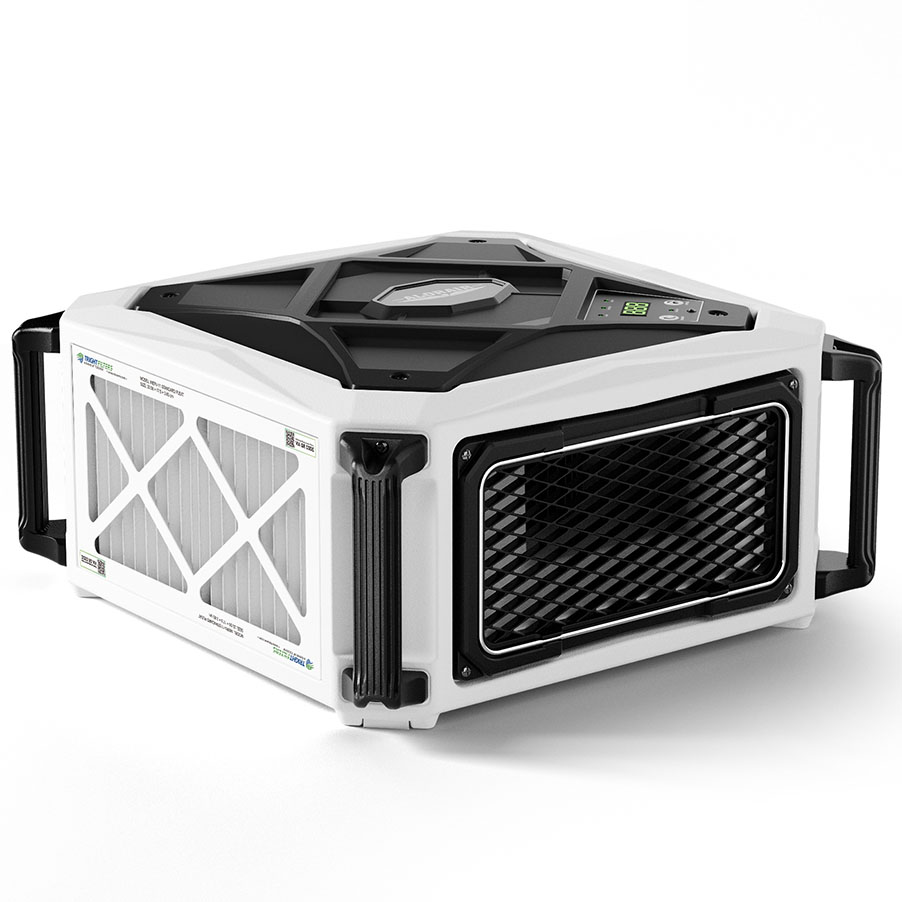
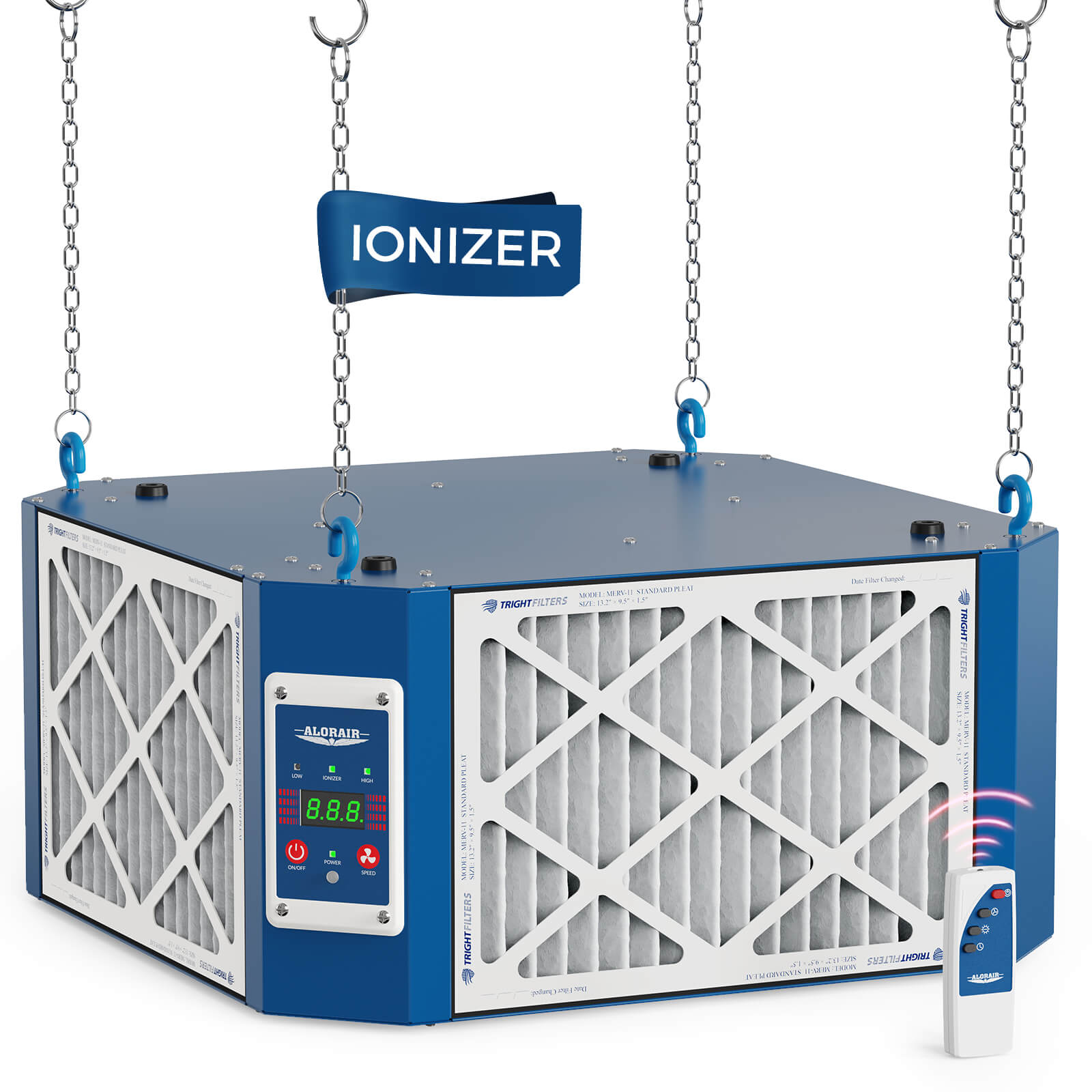
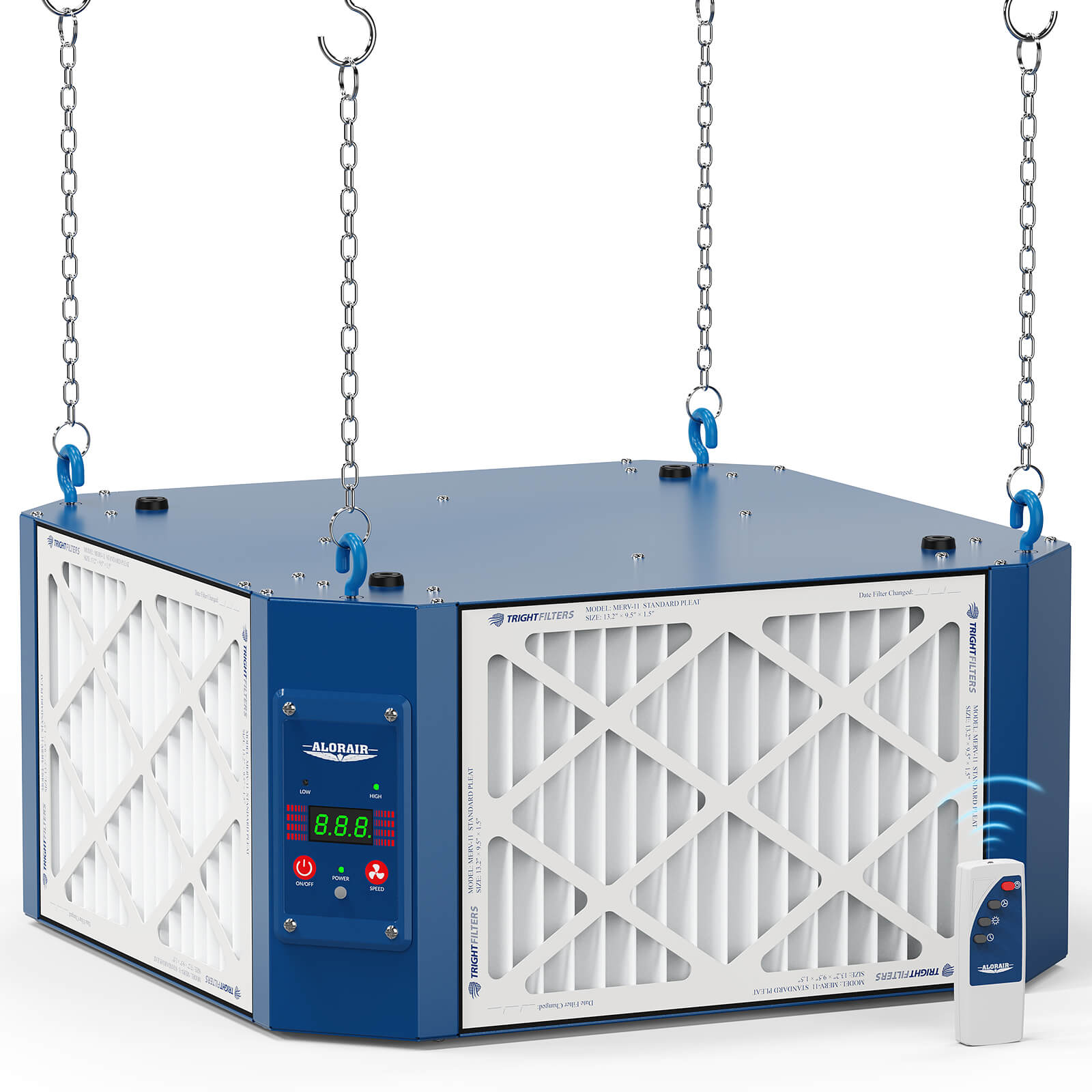
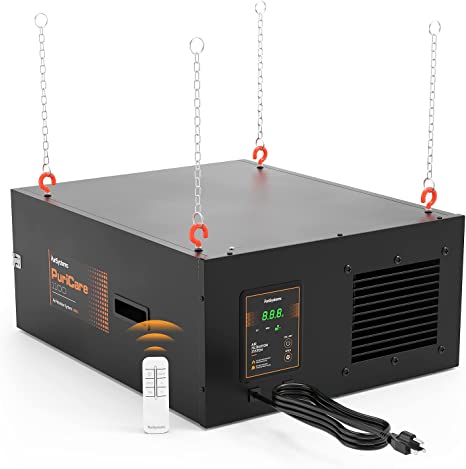
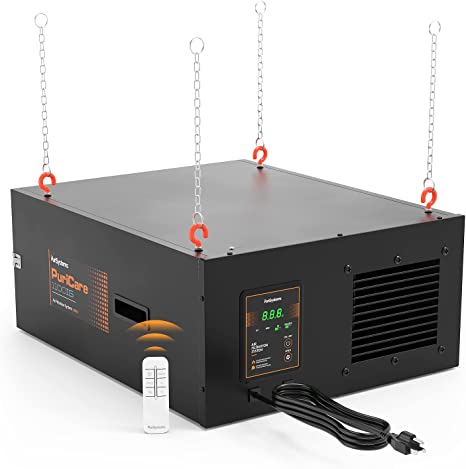
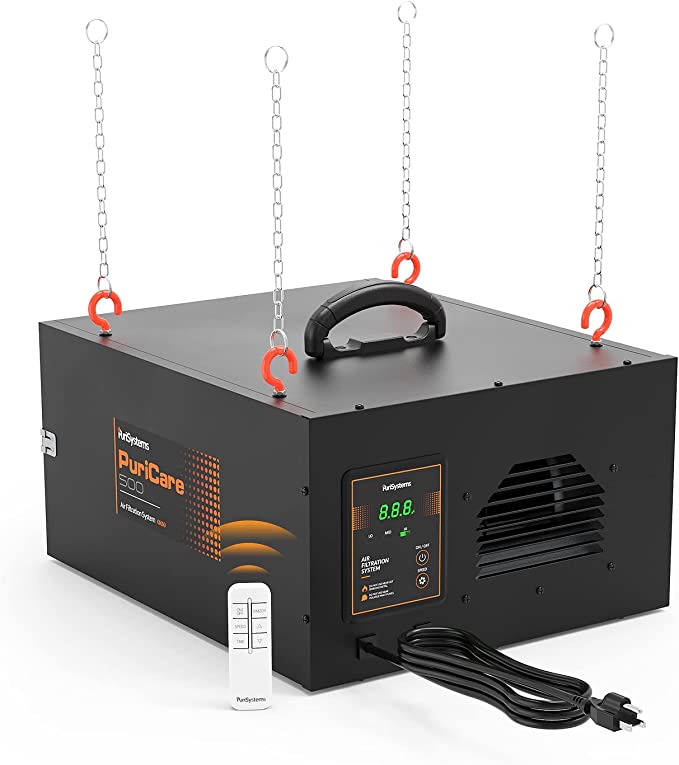
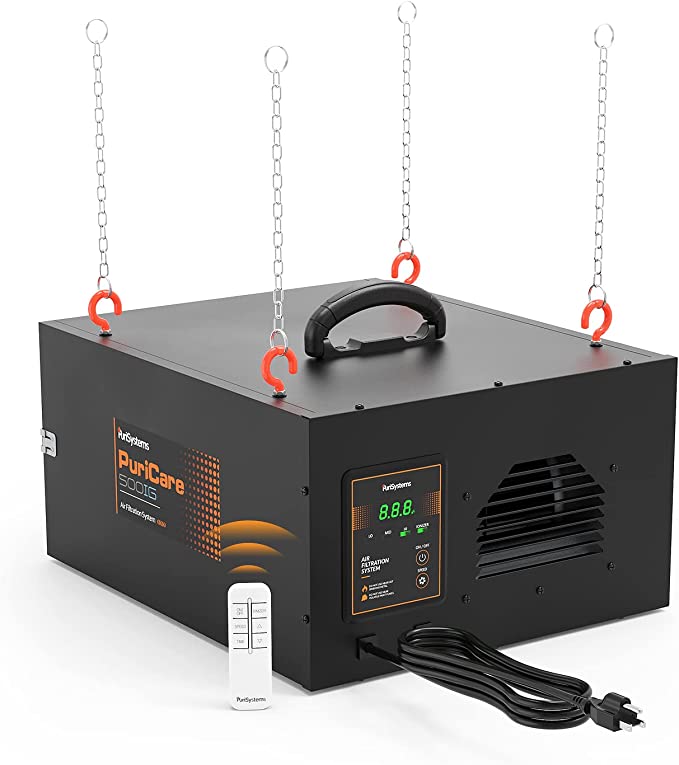
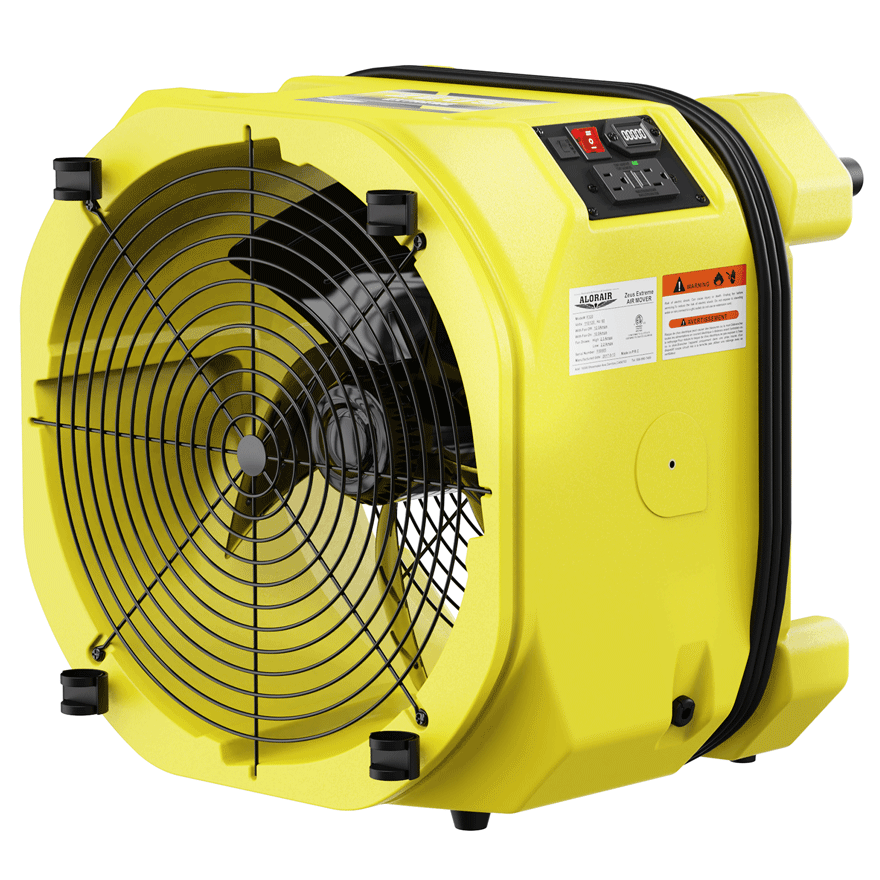
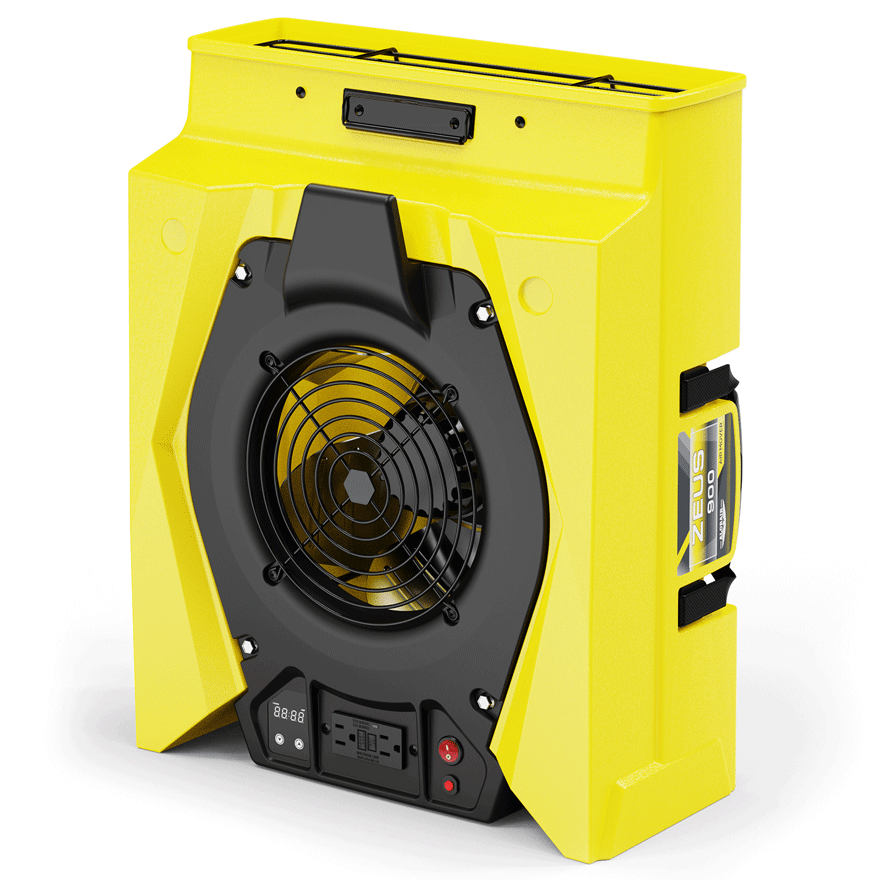
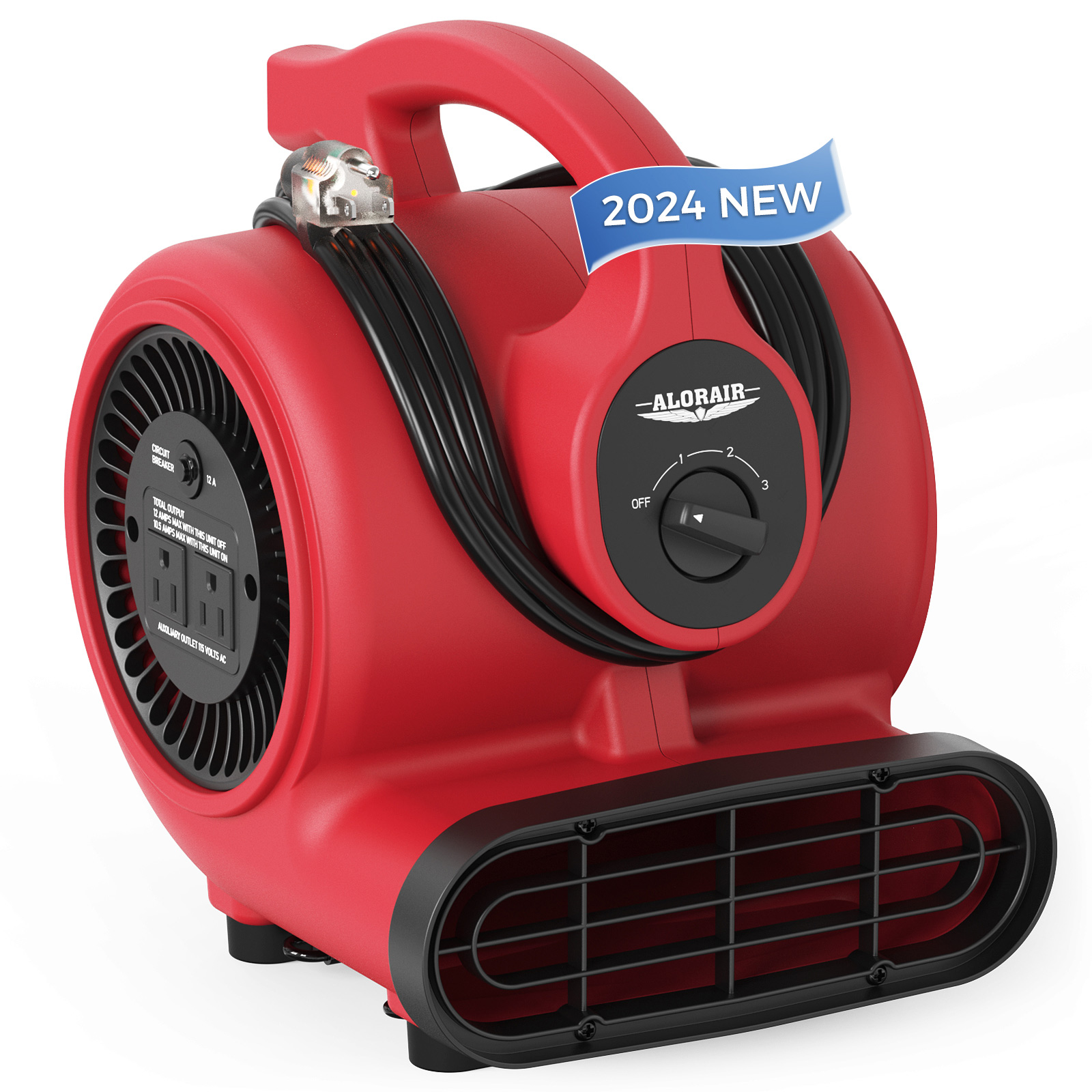
.jpg)
.jpg)
.jpg)
.jpg)
.jpg)
.jpg)
.jpg)
.jpg)
.jpg)
.jpg)
.jpg)
.jpg)
.jpg)
.jpg)
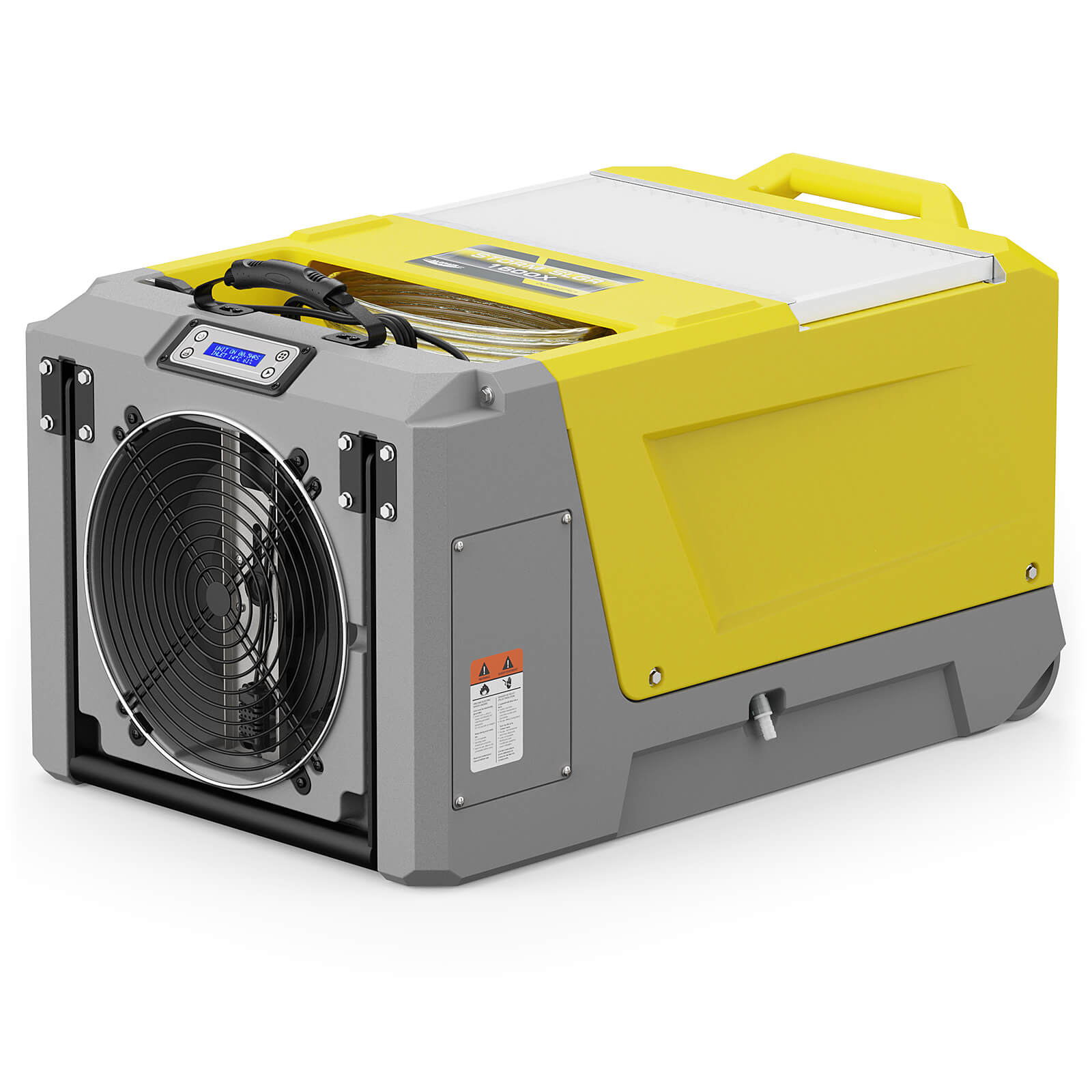
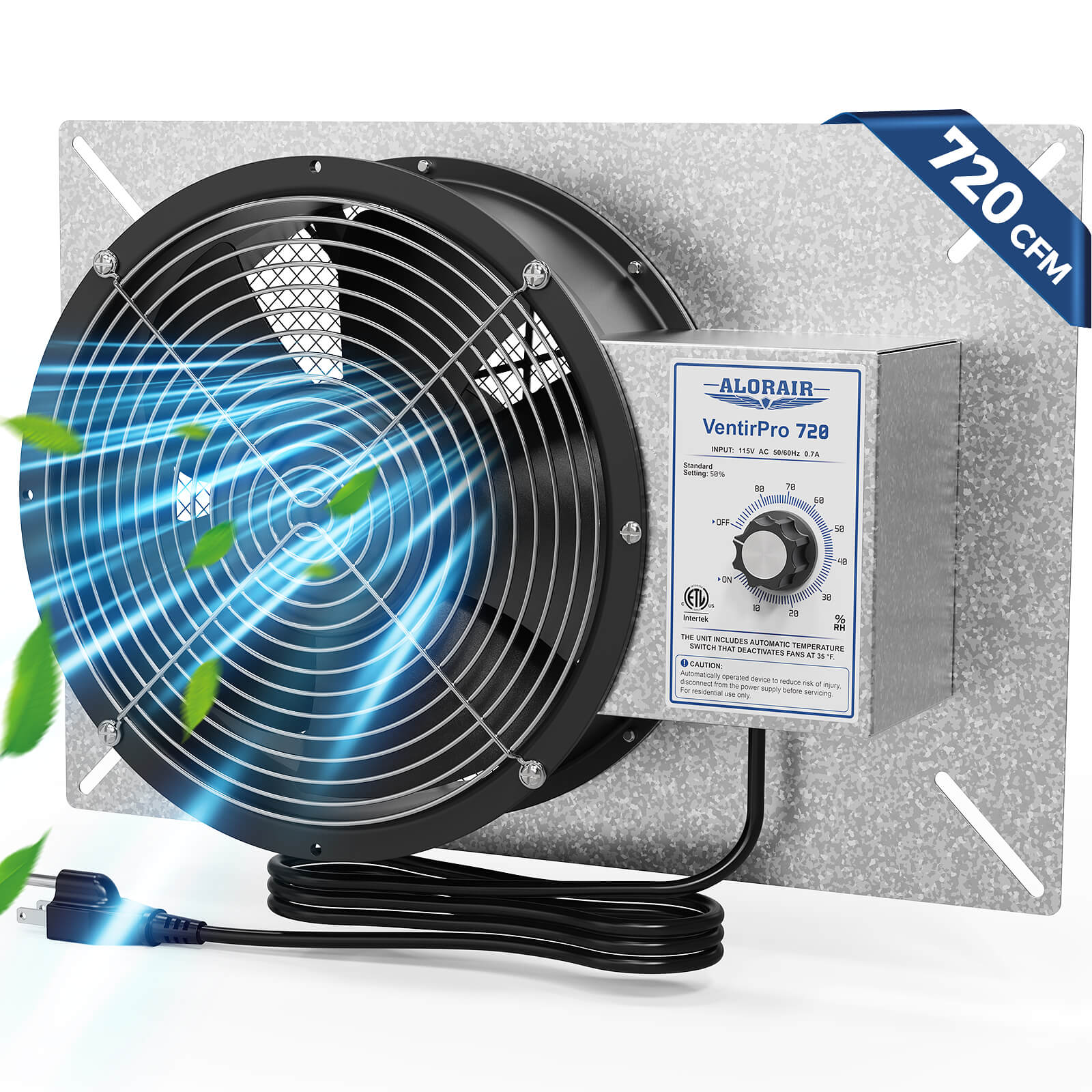
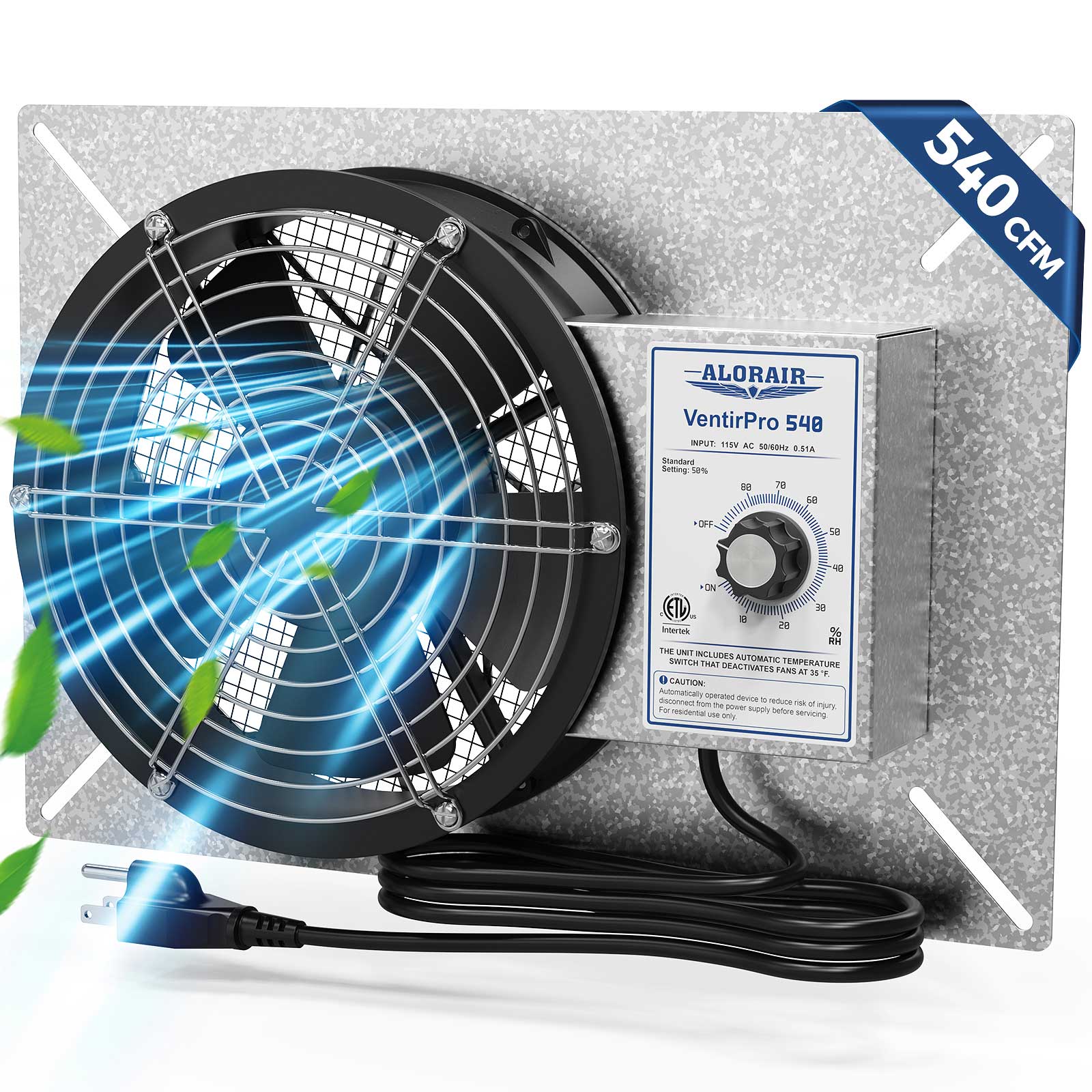
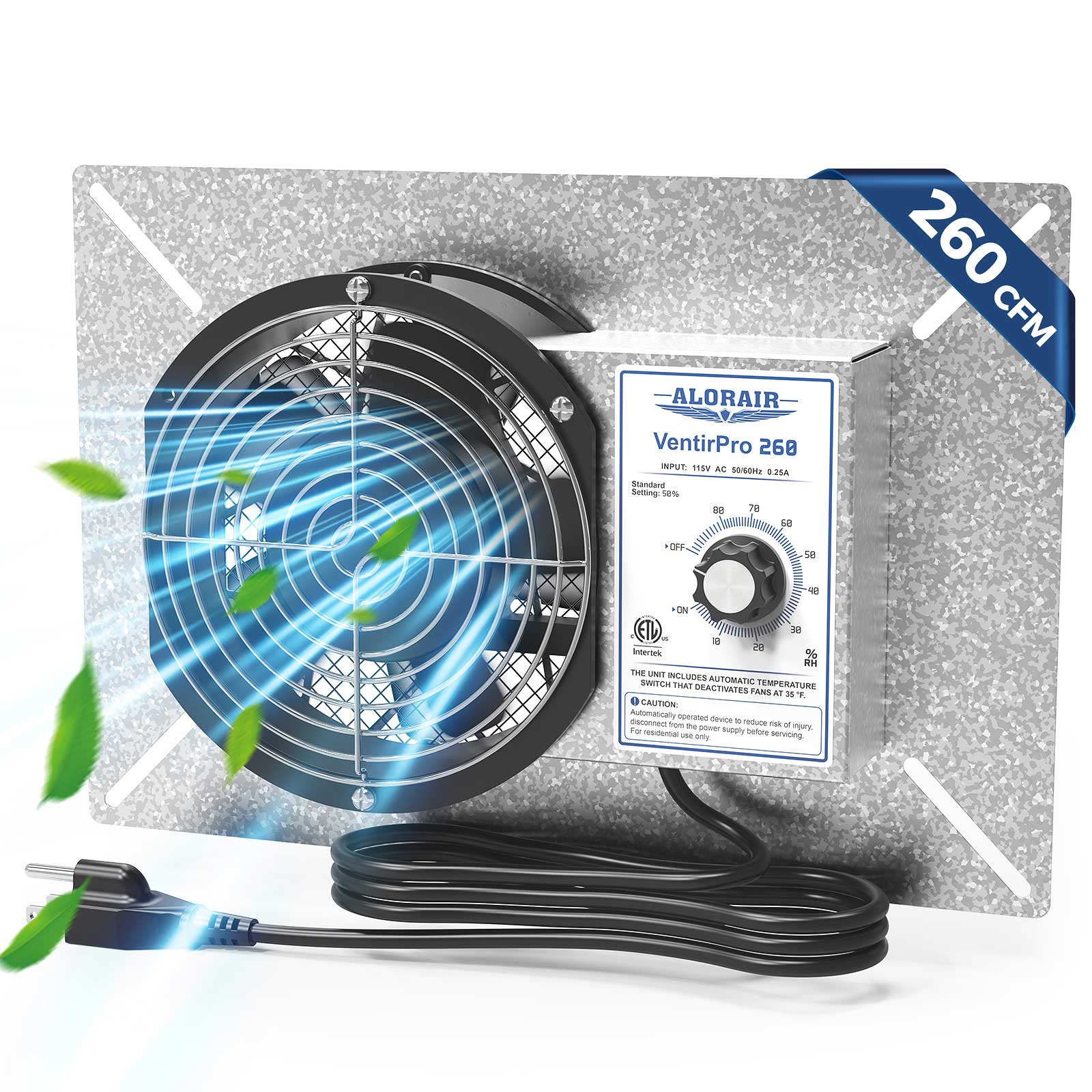
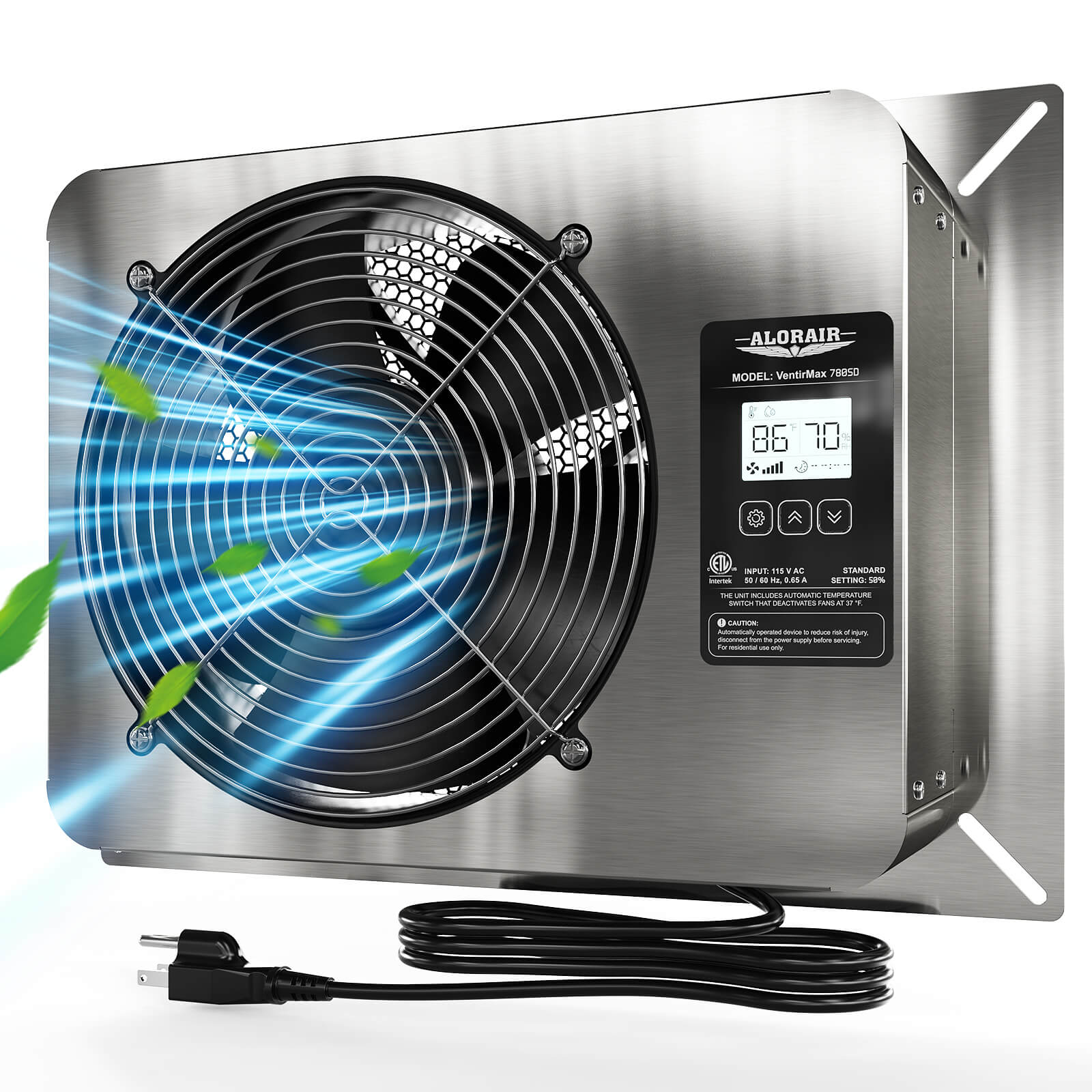
.jpg)
.jpg)
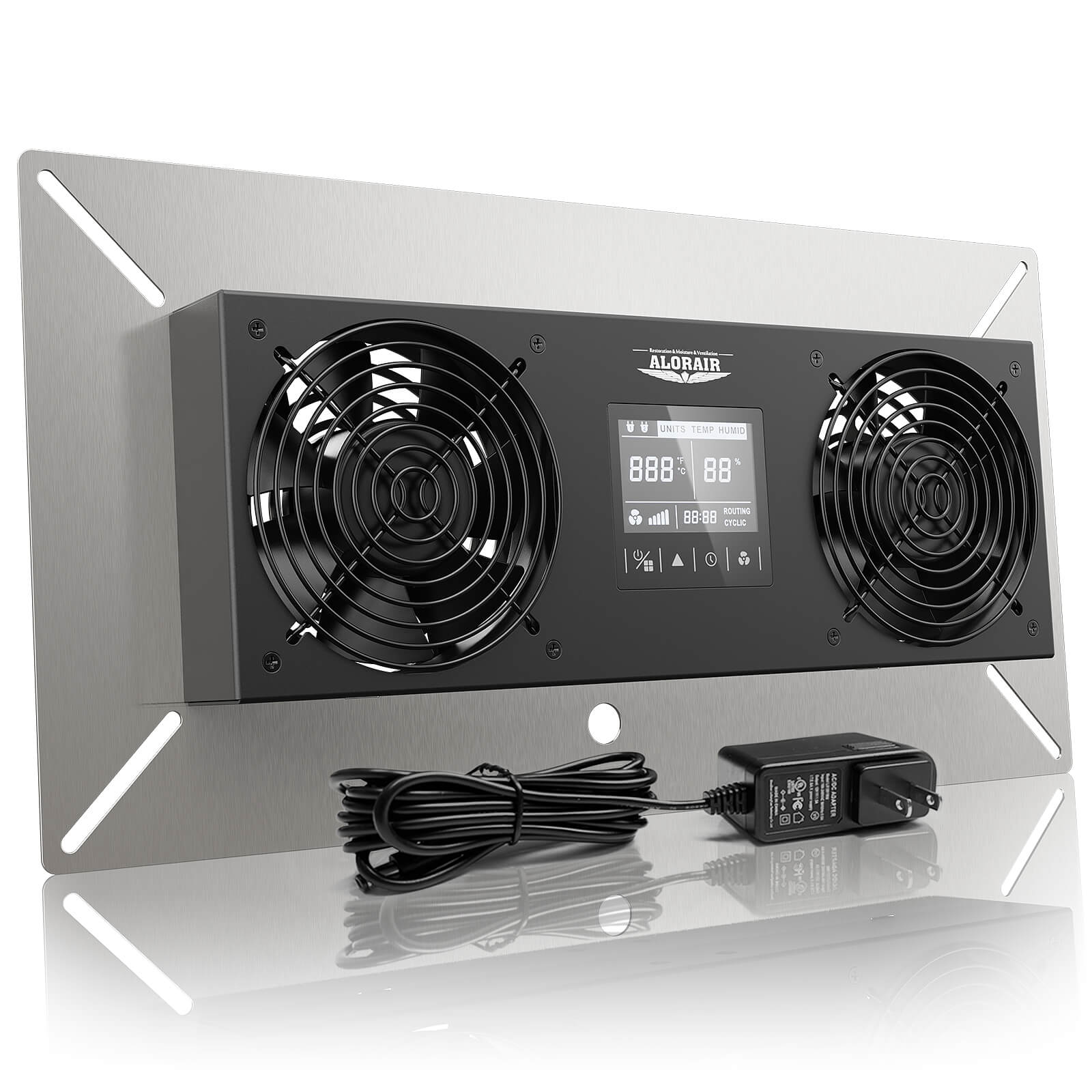
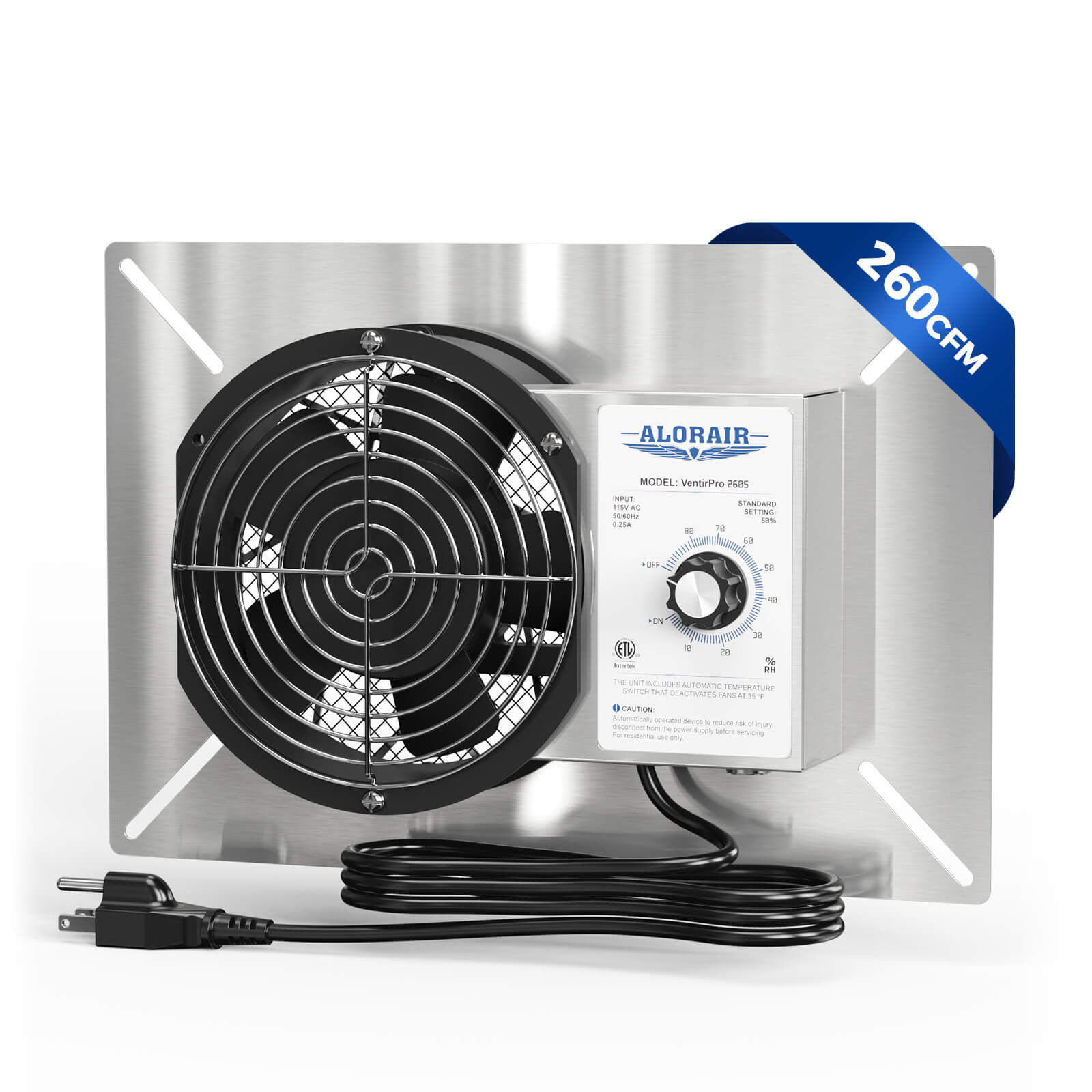
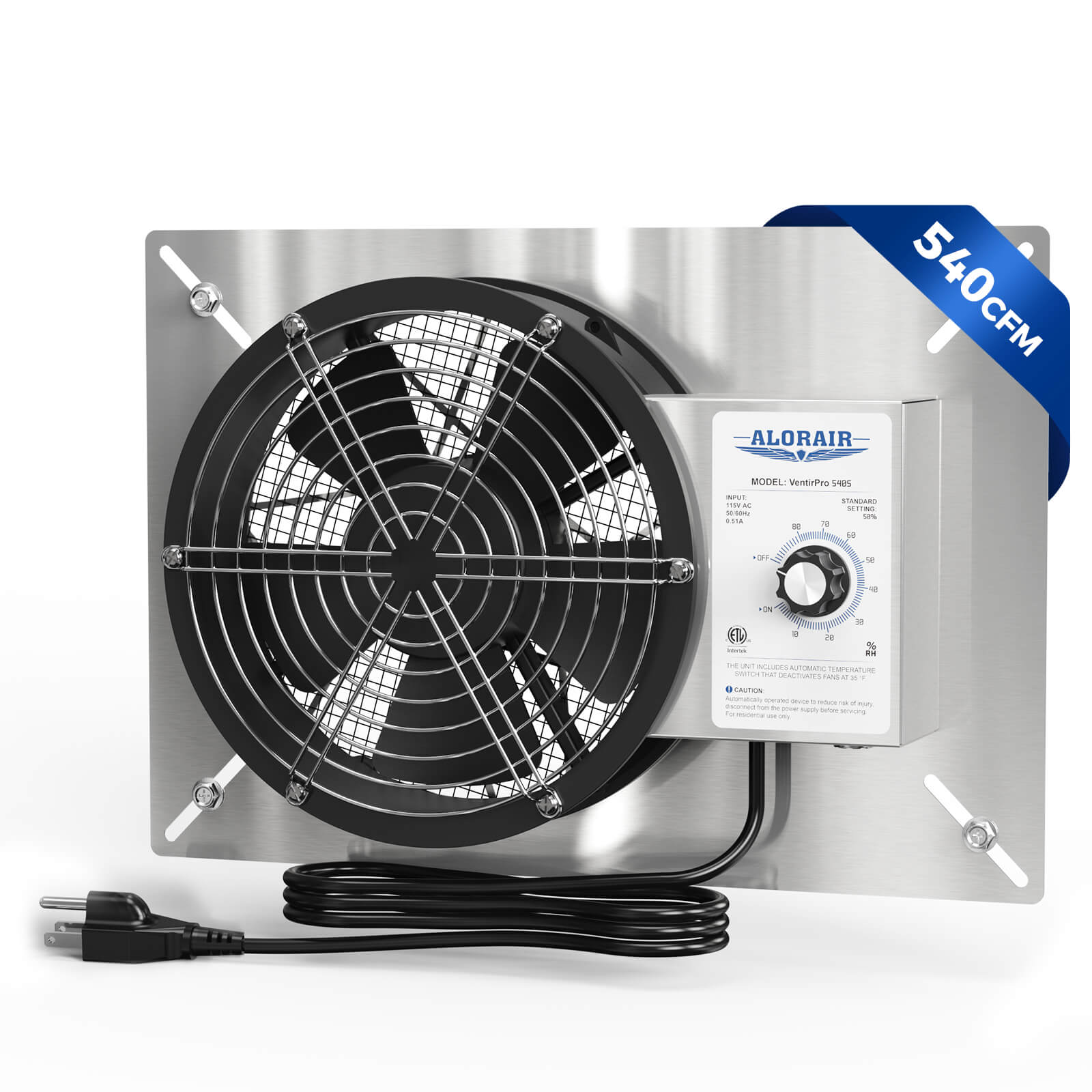
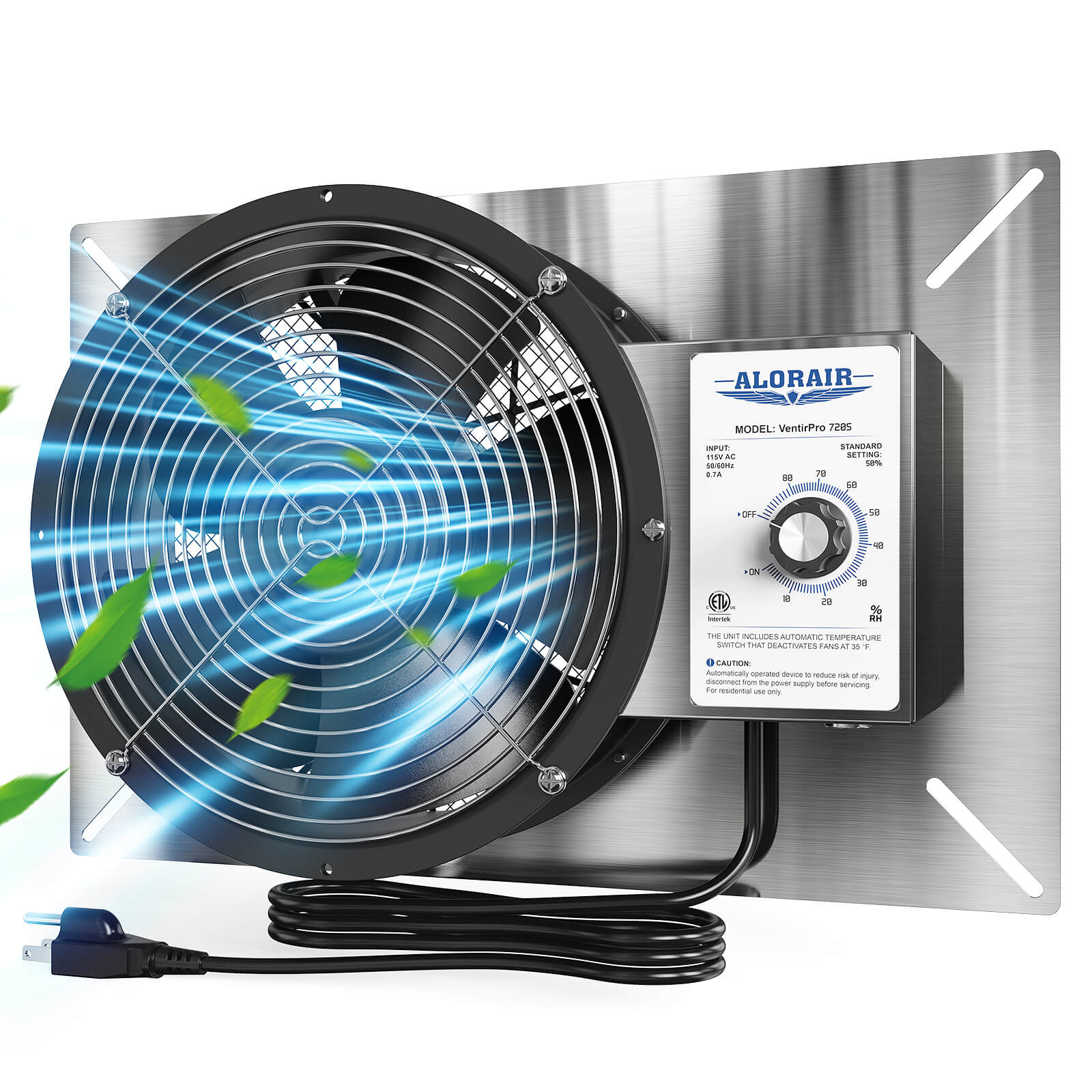
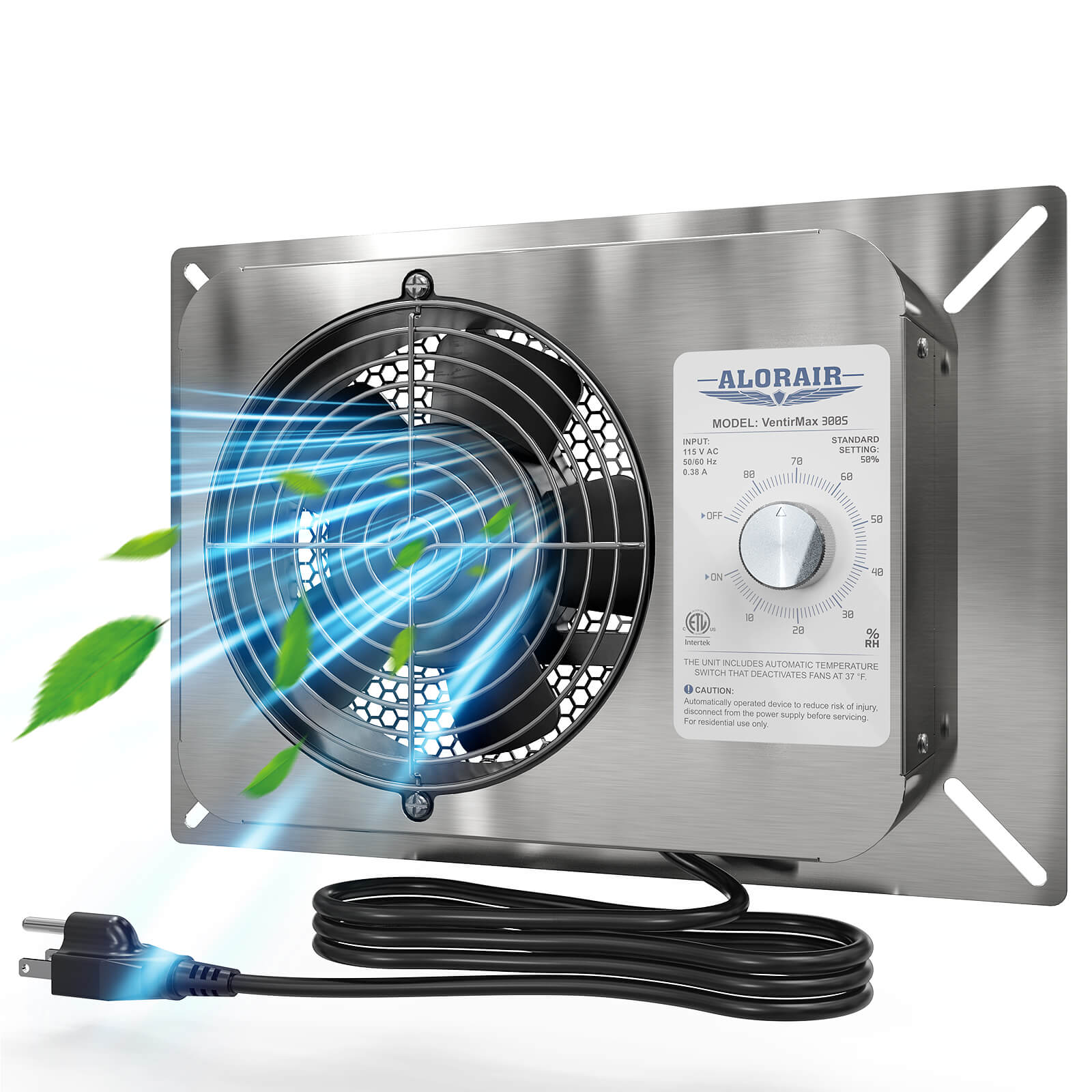
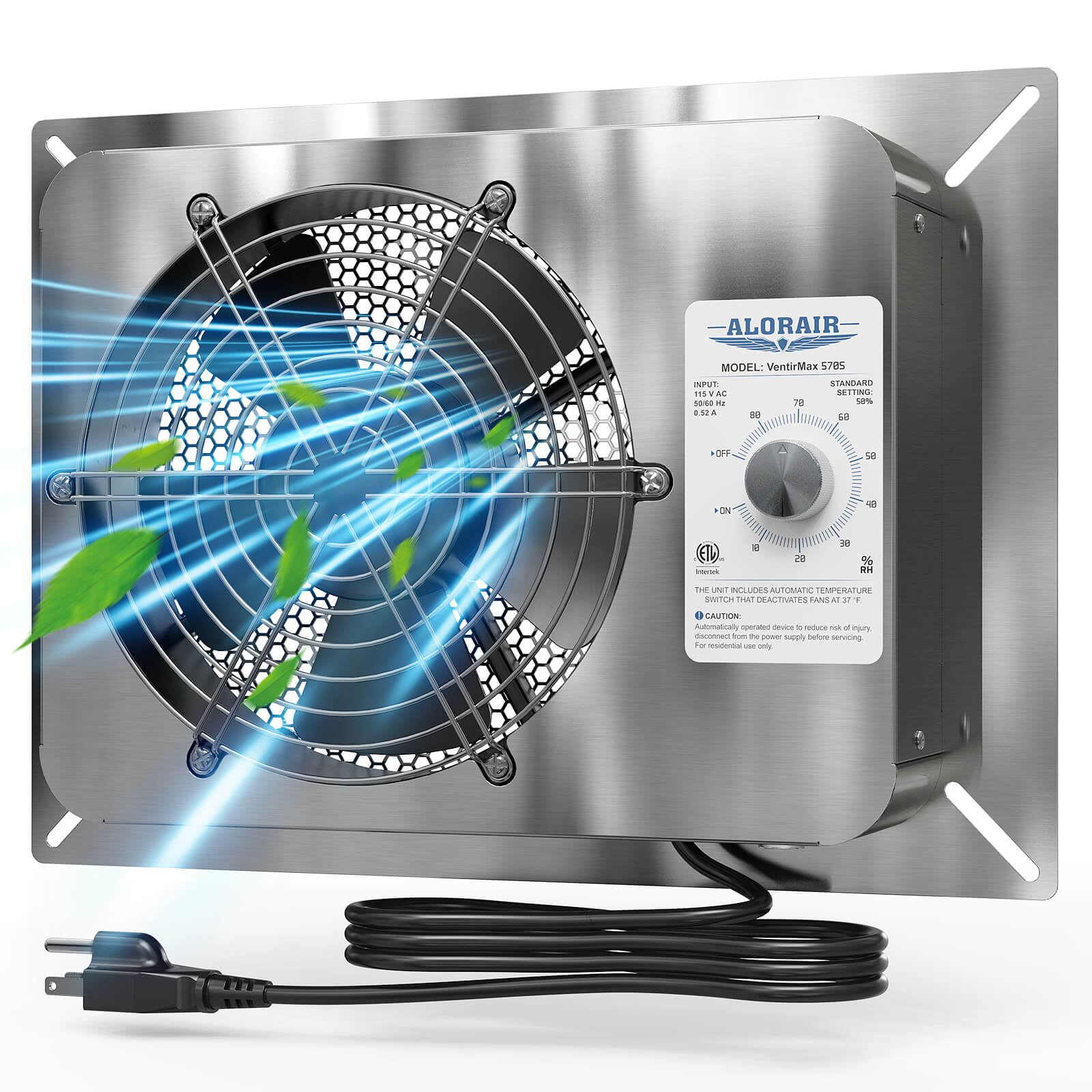
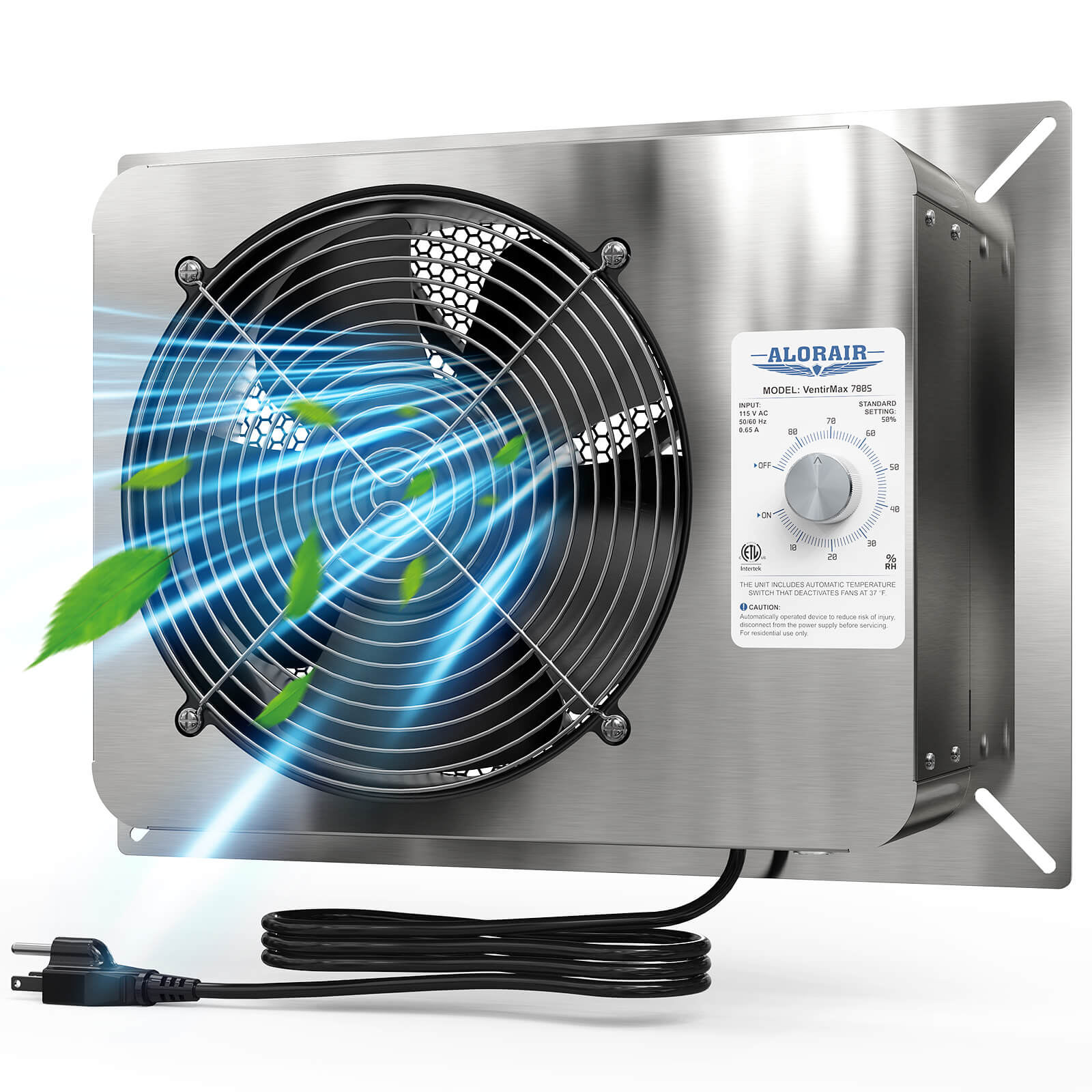
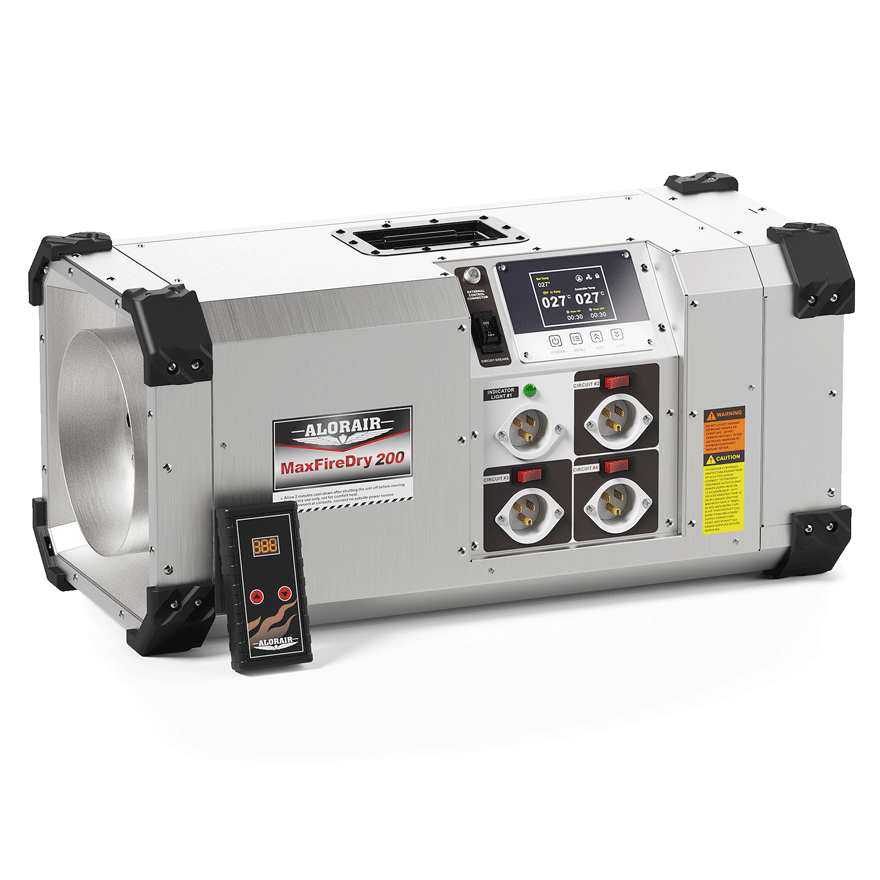
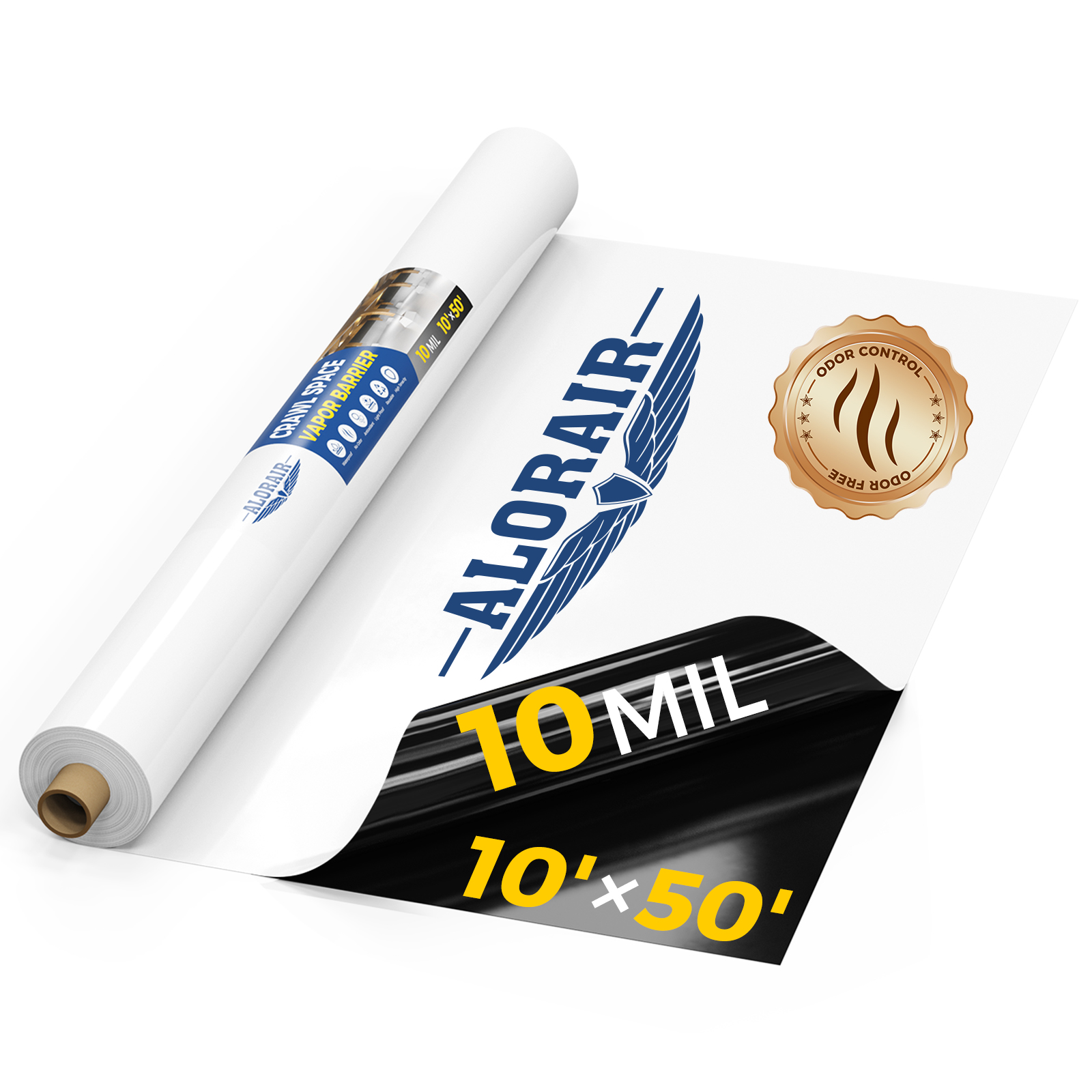
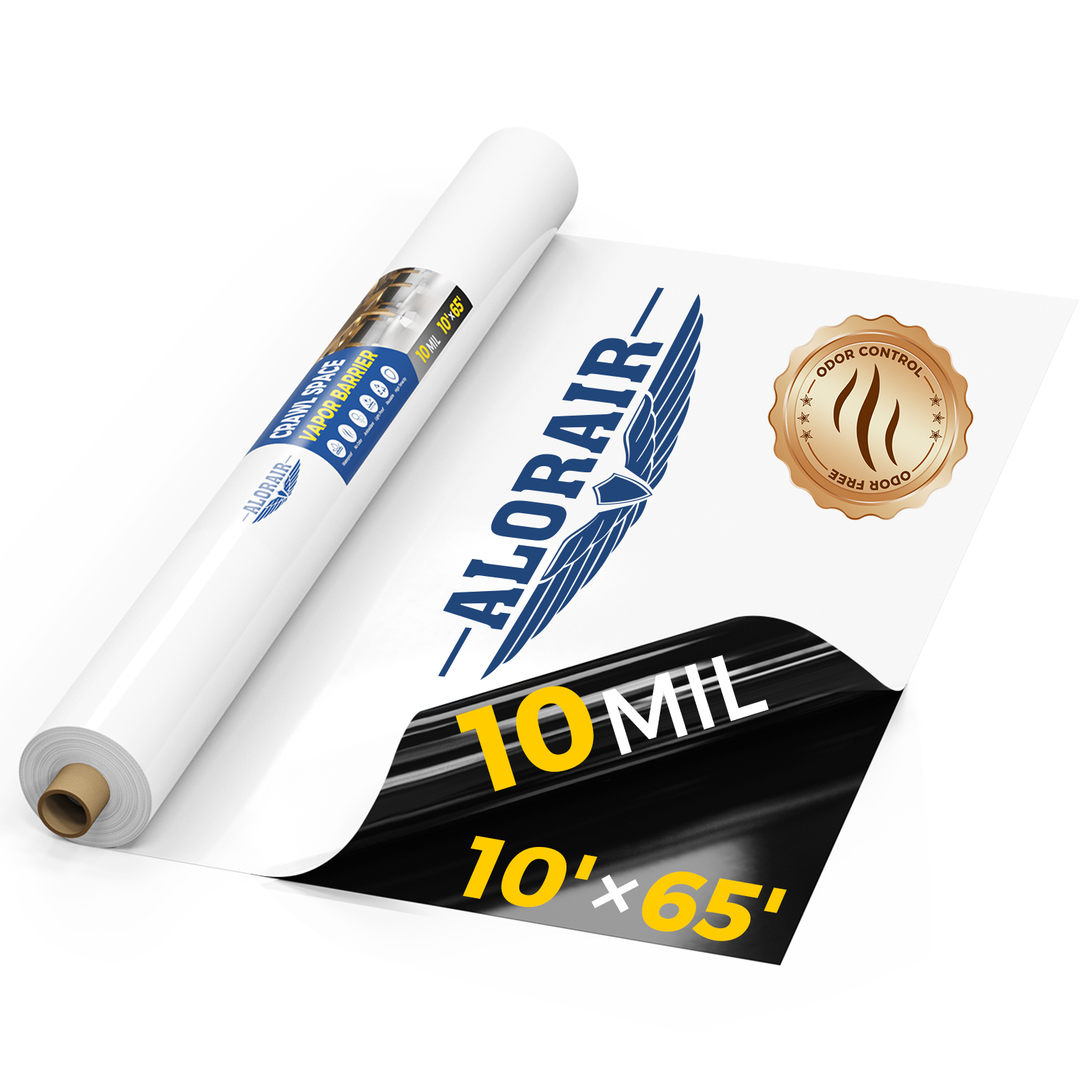

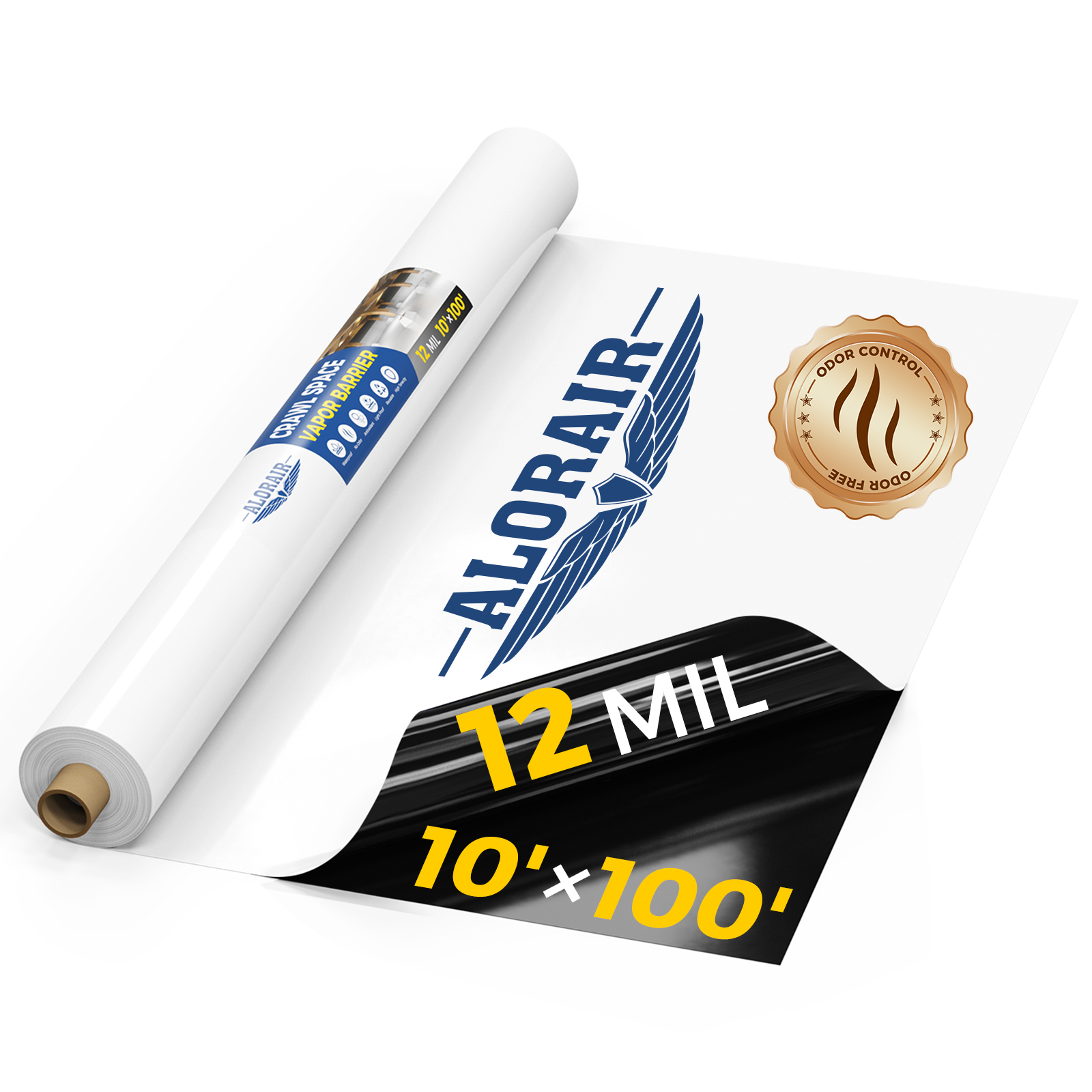
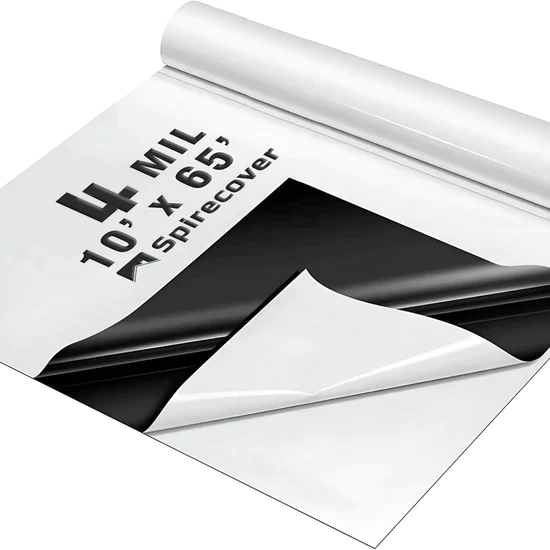
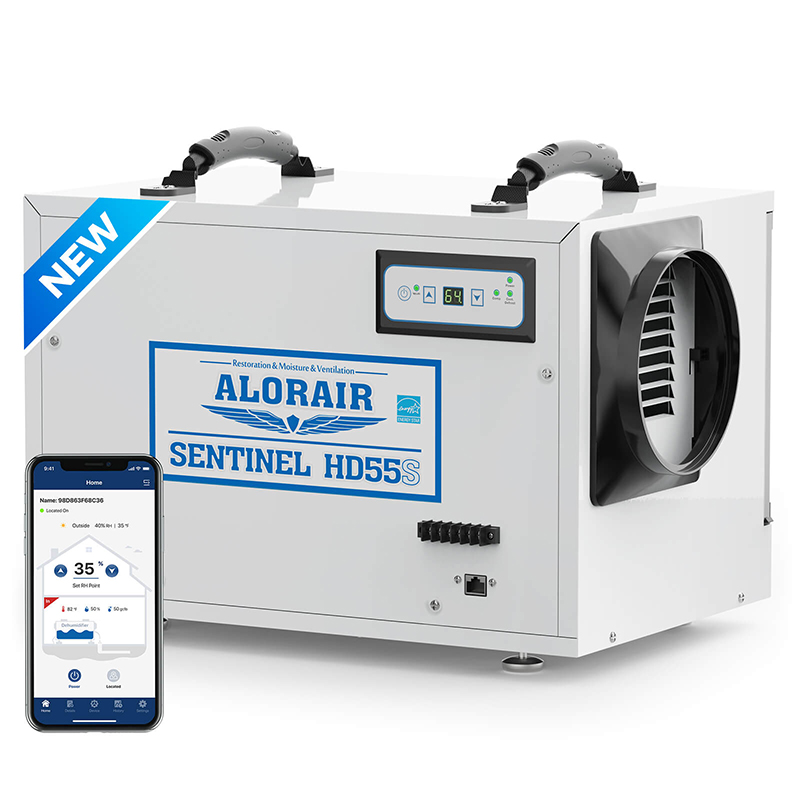
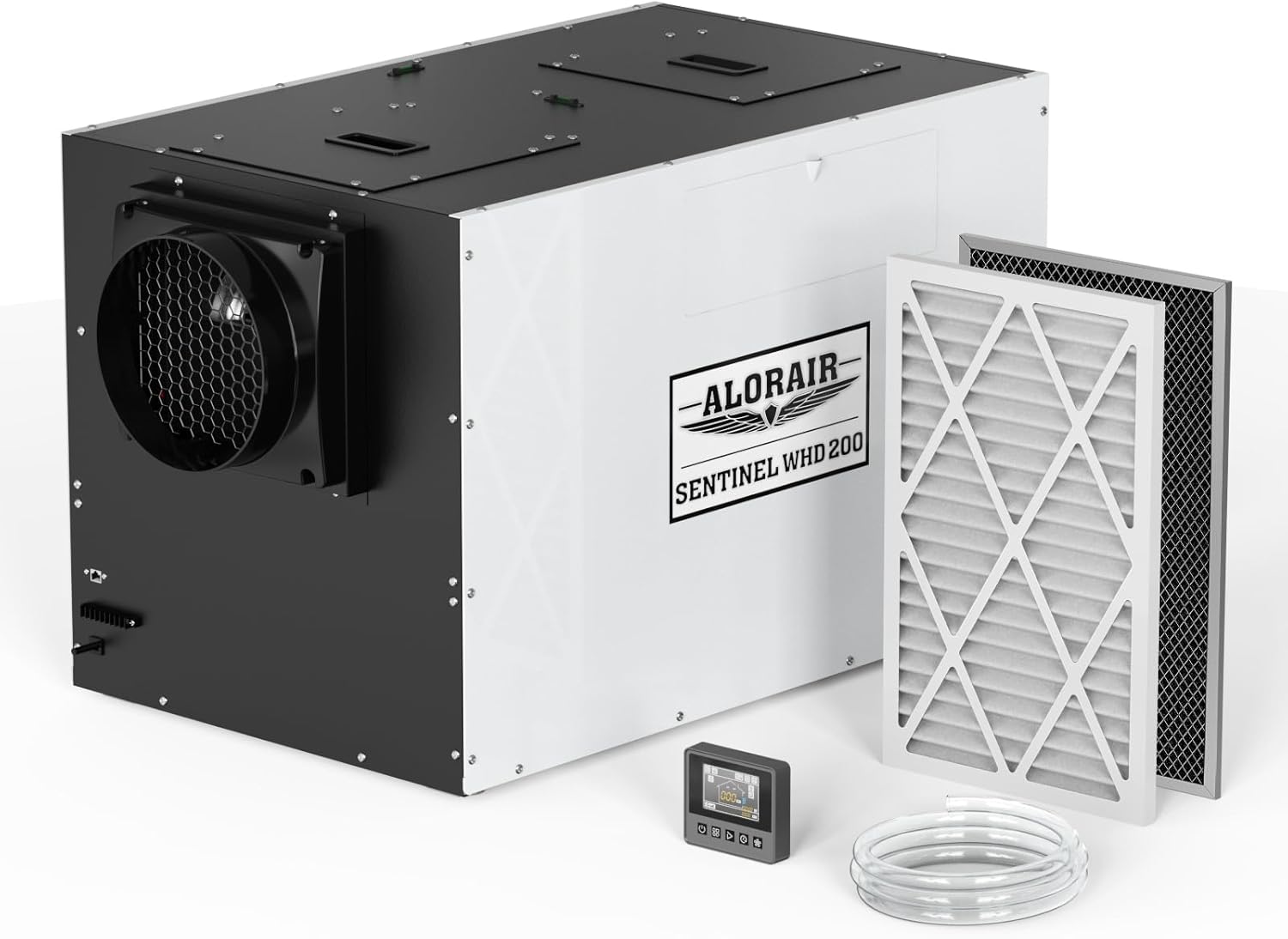
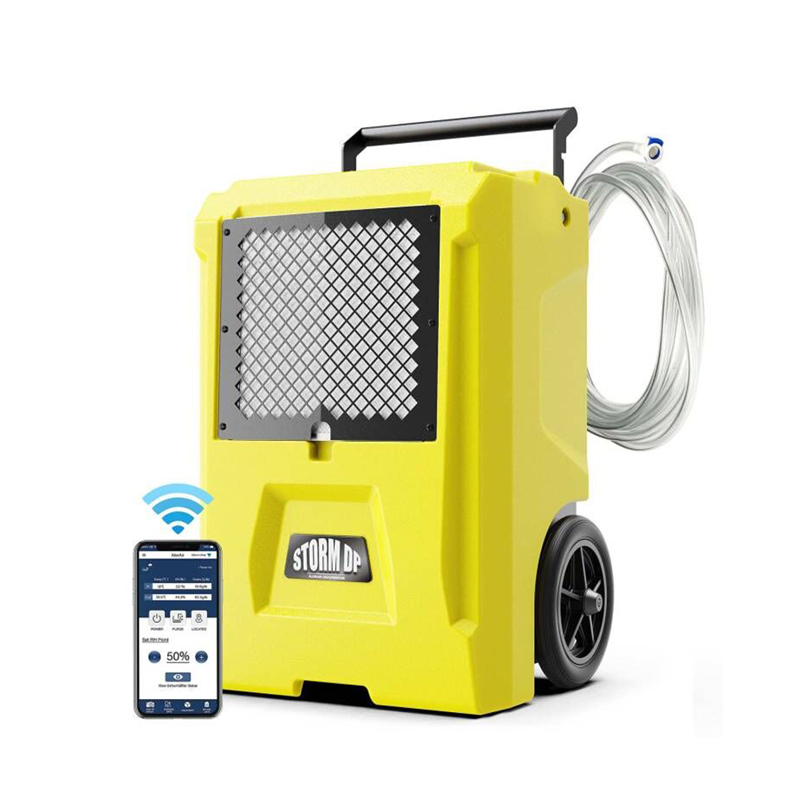
-.jpg)
.jpg)
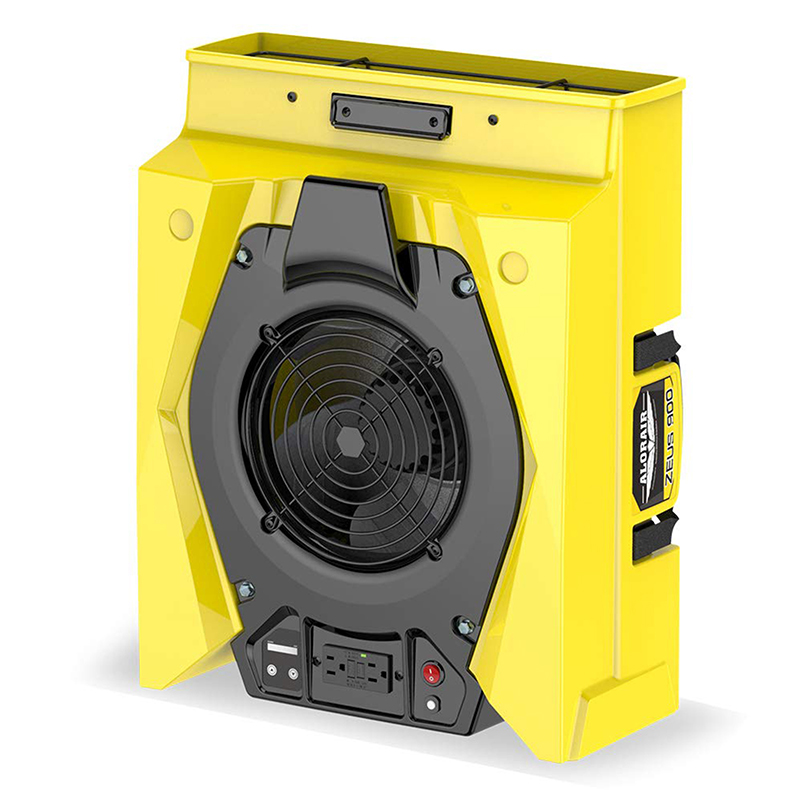
.jpg)
.jpg)
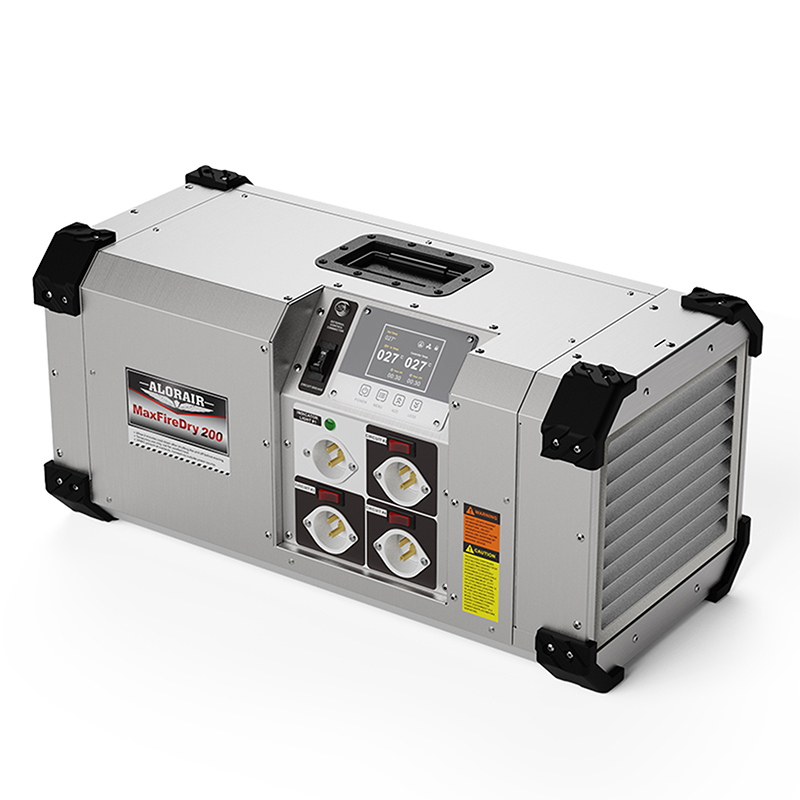
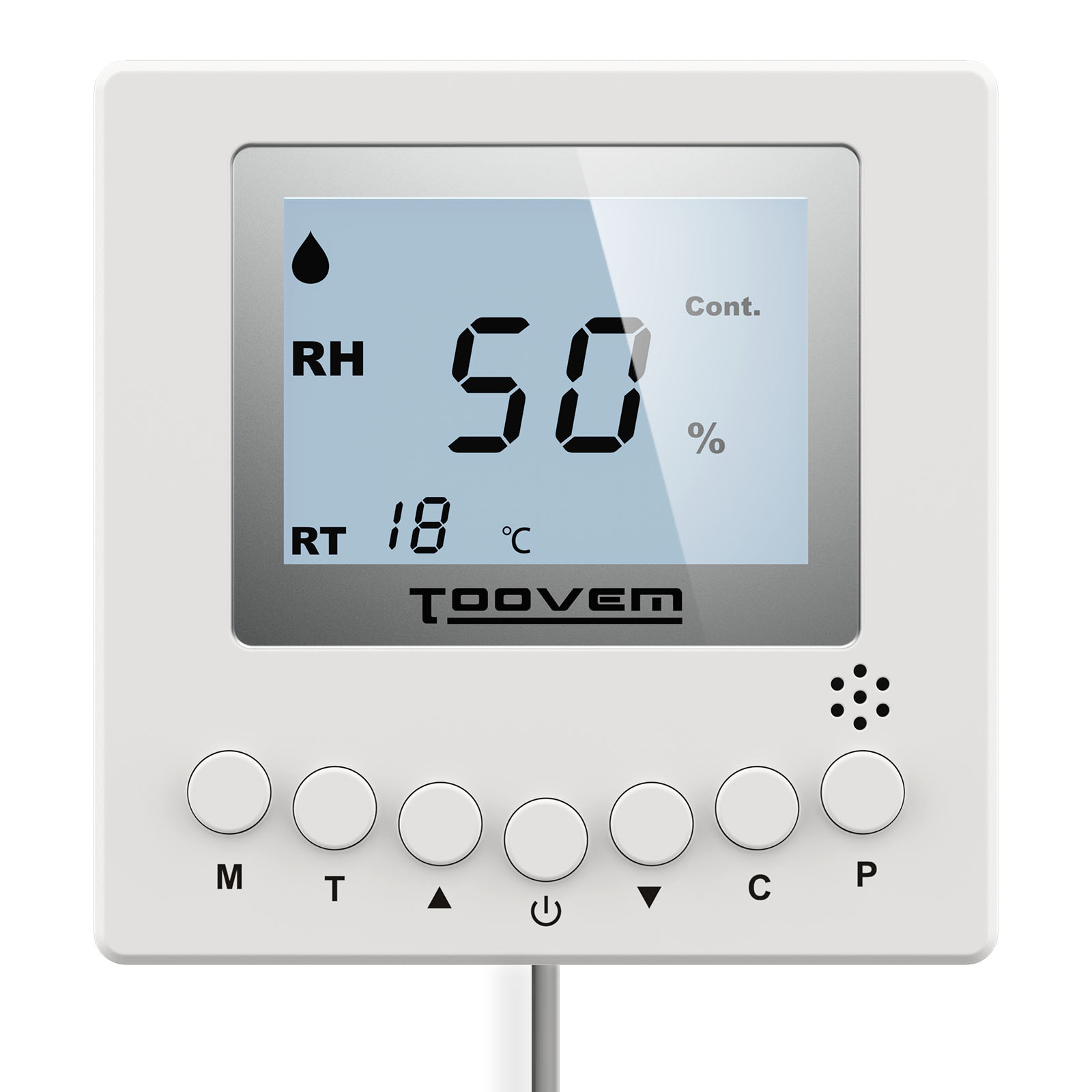
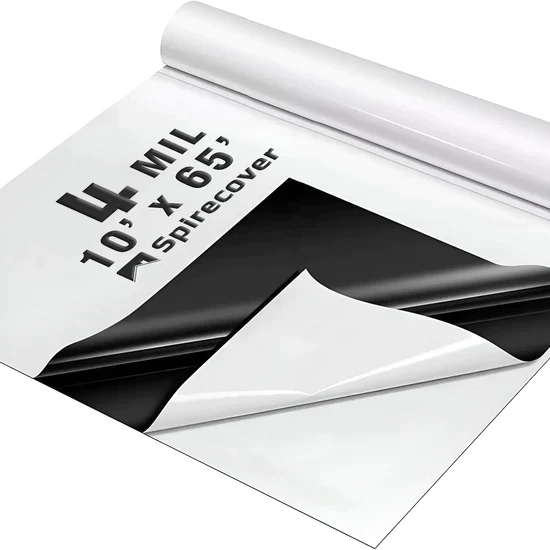
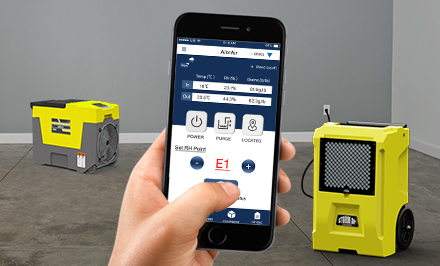
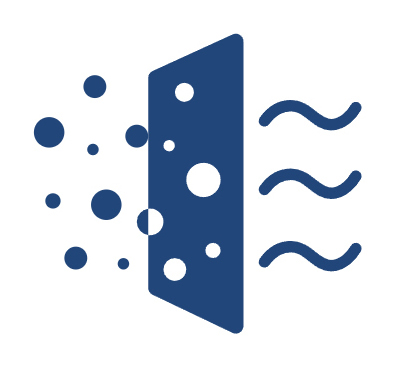


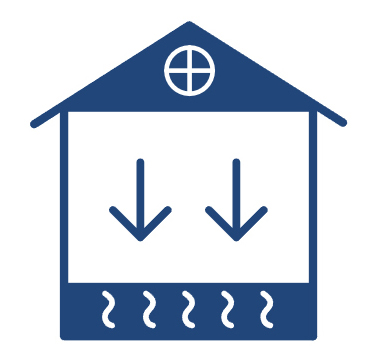






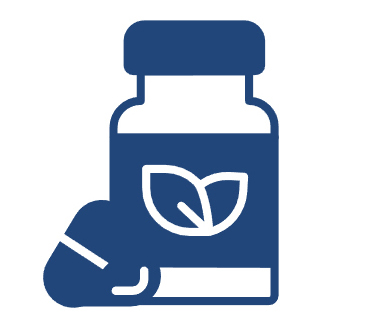






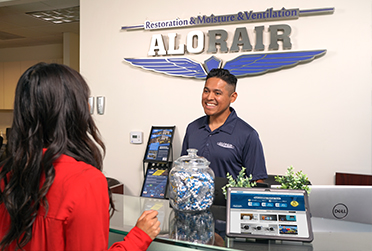
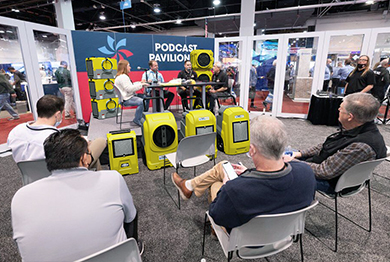




 Exclusive offers
promotions
Exclusive offers
promotions
